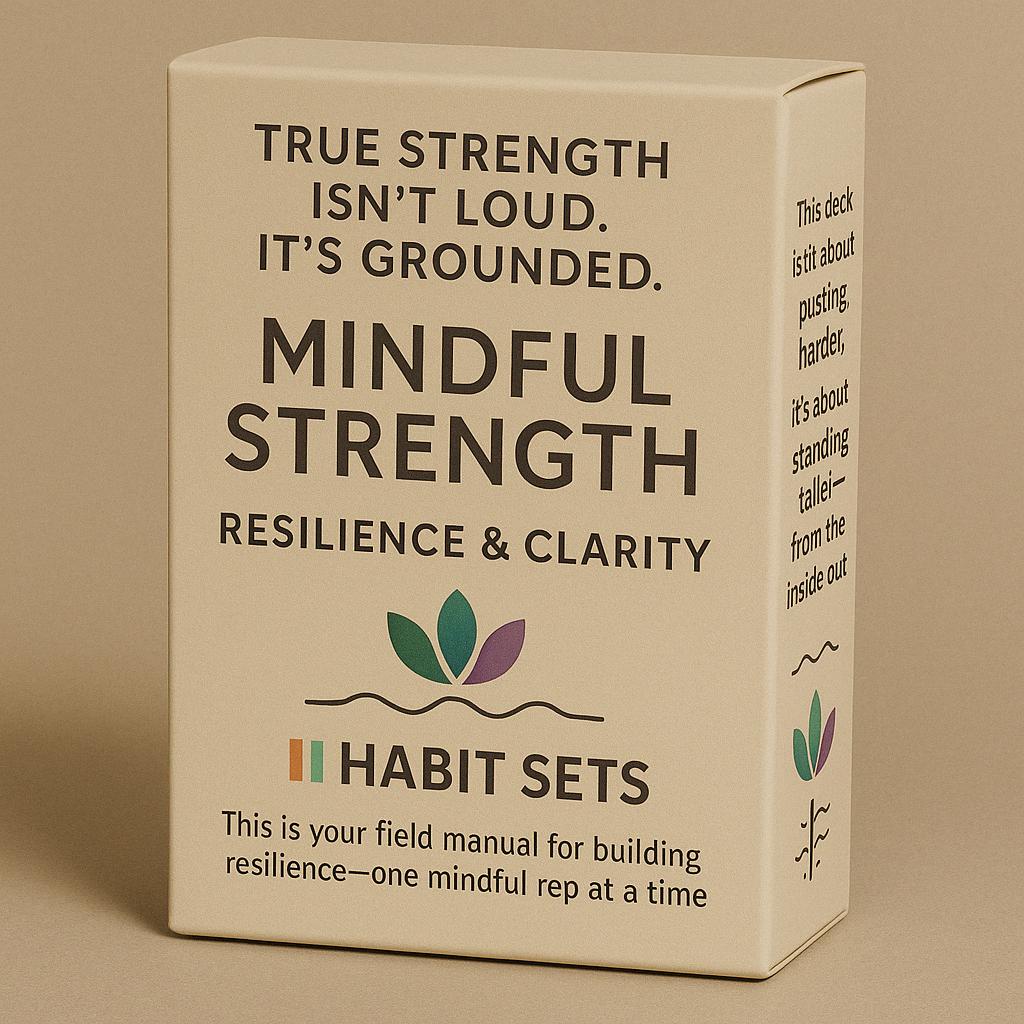The Mindful One's Habits for Building Resilience and Clarity
The Mindful Resilience Habit Collection
Building resilience isn't about being born strong; it's about cultivating strength through consistent, intentional practice. Just like physical fitness, mental and emotional fortitude grows with regular exercise. This collection provides a structured path to strengthen your inner world, one small habit at a time.
Moving from a state of feeling scattered or overwhelmed to feeling centered and capable is a journey. These habits offer practical ways to shift from automatic reactions to conscious responses, helping you gain clarity and emotional mastery in the face of life's challenges.
- Actionable, bite-sized practices for daily life
- Focus on mindfulness, emotional intelligence, and mental clarity
- Progressive levels designed for growth (Foundation, Growth, Mastery, Challenge)
- Practical application across health, emotions, success, and relationships
Unlock your potential for calm presence and unwavering strength.
Filter Habits
 Mindful's Habit Sets
Mindful's Habit Sets
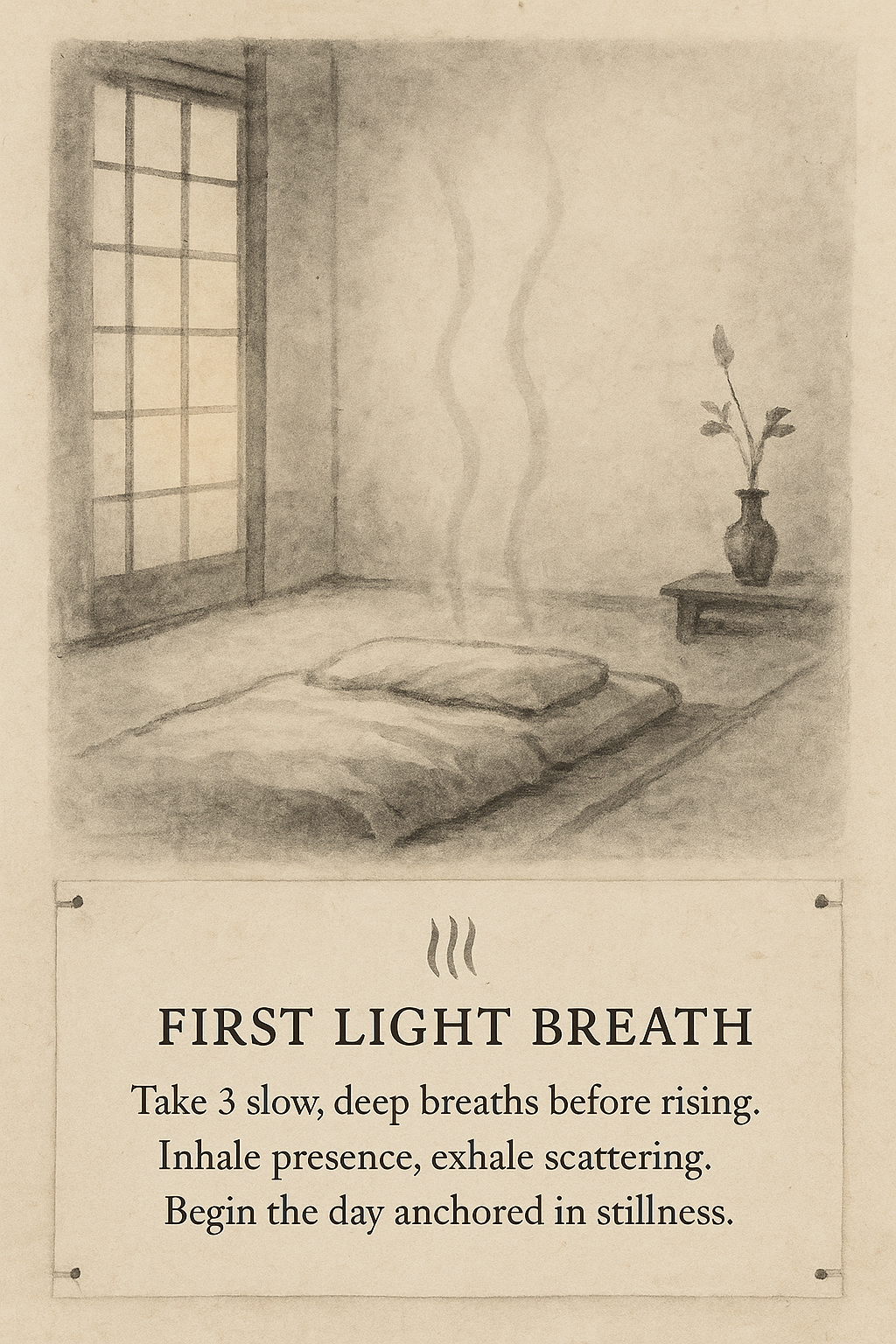
Breathe Deeply Upon Waking
Take 3 slow, deep breaths before getting out of bed. Start your day centered, not scattered.
Why This Matters
This simple act anchors you in the present moment, counteracting morning rush and mental clutter. It sets a calmbaseline, improving emotional regulation and clarity from the very start of your day, building resilienceincrementally.
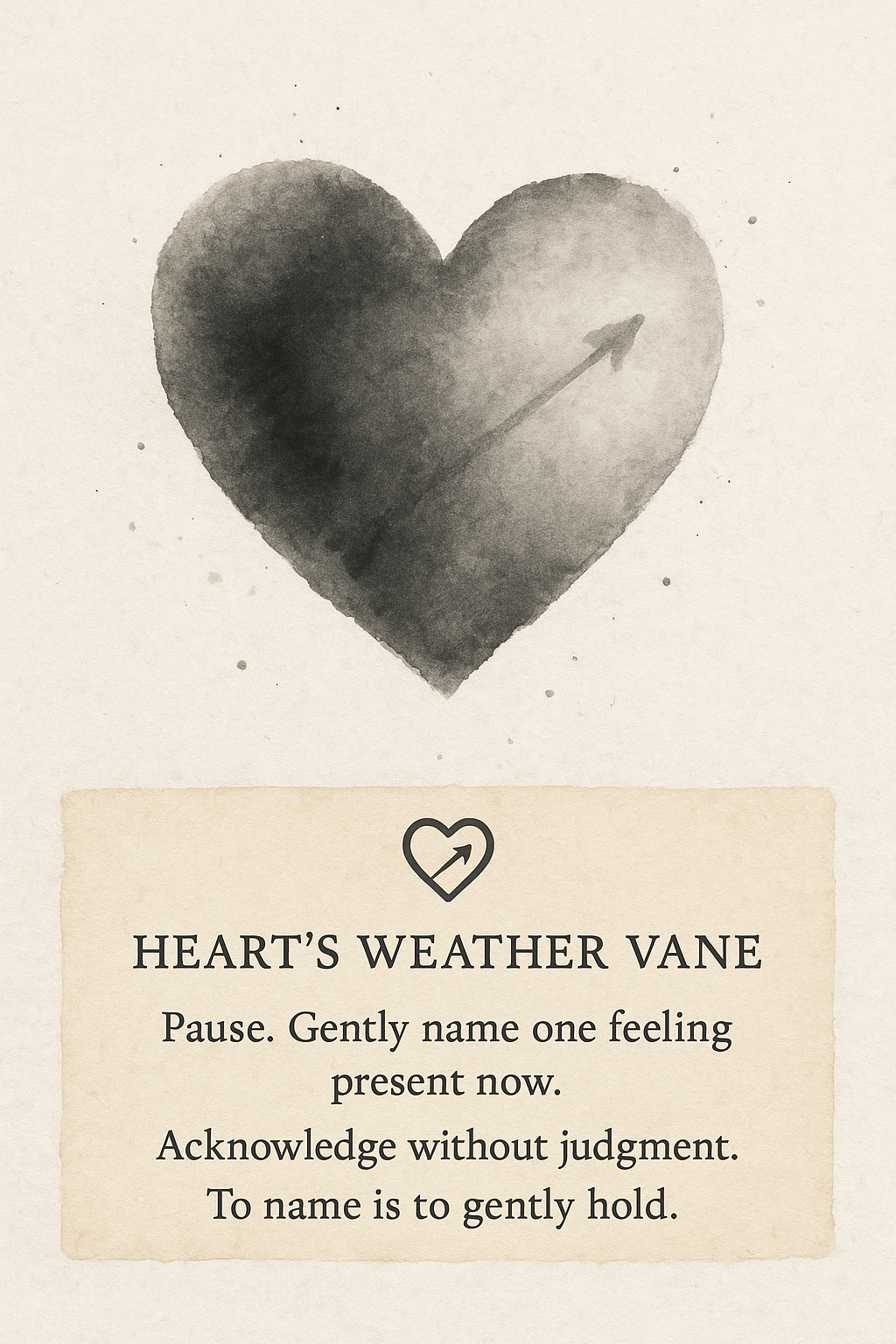
Name 1 Emotion Now
Pause and identify one feeling you're experiencing right now. Naming it helps manage it.
Why This Matters
Labeling emotions reduces their intensity and increases emotional intelligence (EQ). This practice buildsself-awareness, a cornerstone of resilience, helping you understand your internal state rather than being overwhelmed byit.

Sip Water Mindfully Now
Take one sip of water, noticing the temperature and sensation fully. Hydrate your body and mind.
Why This Matters
This micro-mindfulness practice interrupts autopilot mode. It grounds you in sensory experience, offering abrief moment of clarity and calm amidst busyness, subtly training your focus muscle.
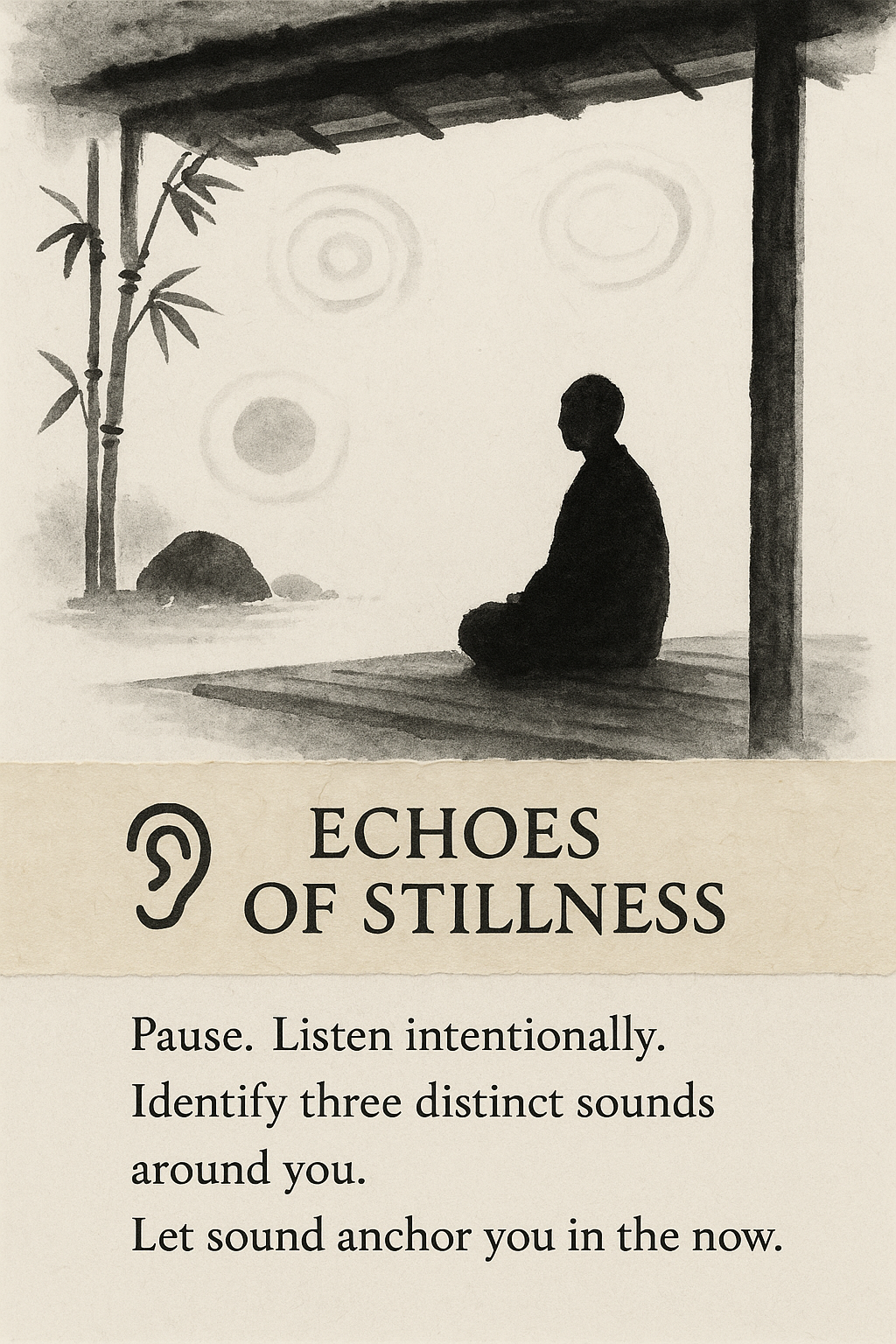
Notice 3 Sounds Outside
Pause and intentionally listen for three distinct sounds around you. Anchor yourself in the present.
Why This Matters
Focusing on auditory input shifts attention away from internal chatter. This grounds you in your environment,enhancing present-moment awareness and providing a quick reset for mental clarity.

Single-Task for 5 Mins
Choose one task and focus solely on it for five minutes. Build your attention muscle.
Why This Matters
Multitasking fragments attention and increases stress. Practicing single-tasking strengthens focus, improvesclarity on the task at hand, and builds mental discipline – key components of resilience.

Stretch Body Gently Now
Do one simple stretch, like reaching up or touching toes, mindfully. Release physical tension.
Why This Matters
Physical tension often mirrors mental stress. Mindful stretching releases stored tension, improves bodyawareness, and provides a moment of embodied presence, enhancing overall clarity and resilience.

Observe 1 Thought Pass
Notice a thought arise without judging or engaging it, like a cloud passing. Cultivate detachment.
Why This Matters
This practice helps you realize you are not your thoughts. Observing thoughts non-judgmentally builds cognitivedefusion skills, reducing reactivity and increasing mental clarity by creating space between you and your mentalchatter.
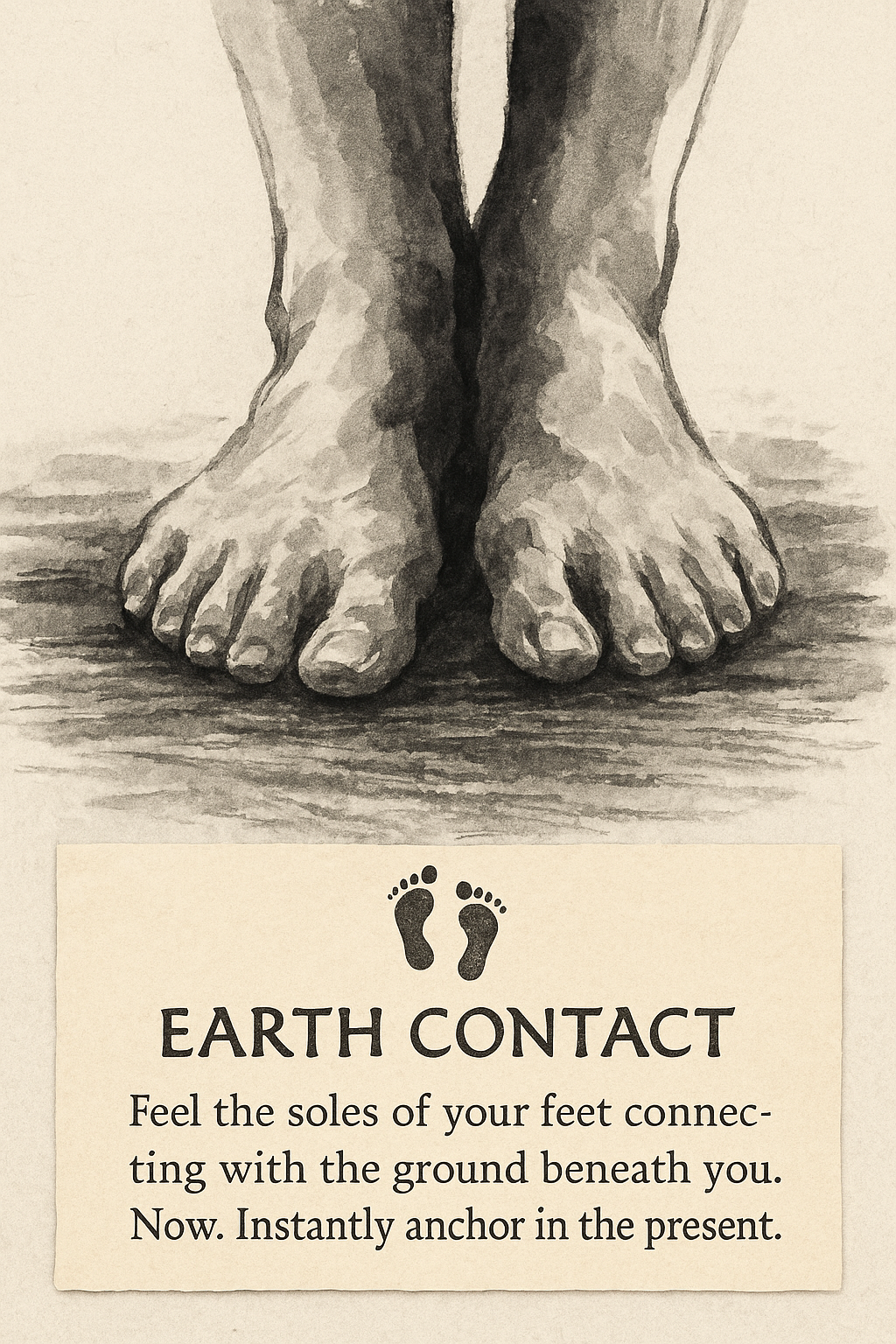
Feel Feet on Ground
Bring awareness to the sensation of your feet connecting with the floor. Ground yourself instantly.
Why This Matters
This simple grounding technique anchors you in the present physical reality. It’s a quick way to interruptrumination or anxiety, restore calm, and regain a sense of stability and clarity.

Say 1 Thank You Silently
Mentally acknowledge one thing you're grateful for right now. Shift your focus to positivity.
Why This Matters
Gratitude interrupts negative thought patterns and boosts mood. This micro-practice cultivates a resilientmindset by training your brain to notice the good, enhancing emotional well-being and clarity.
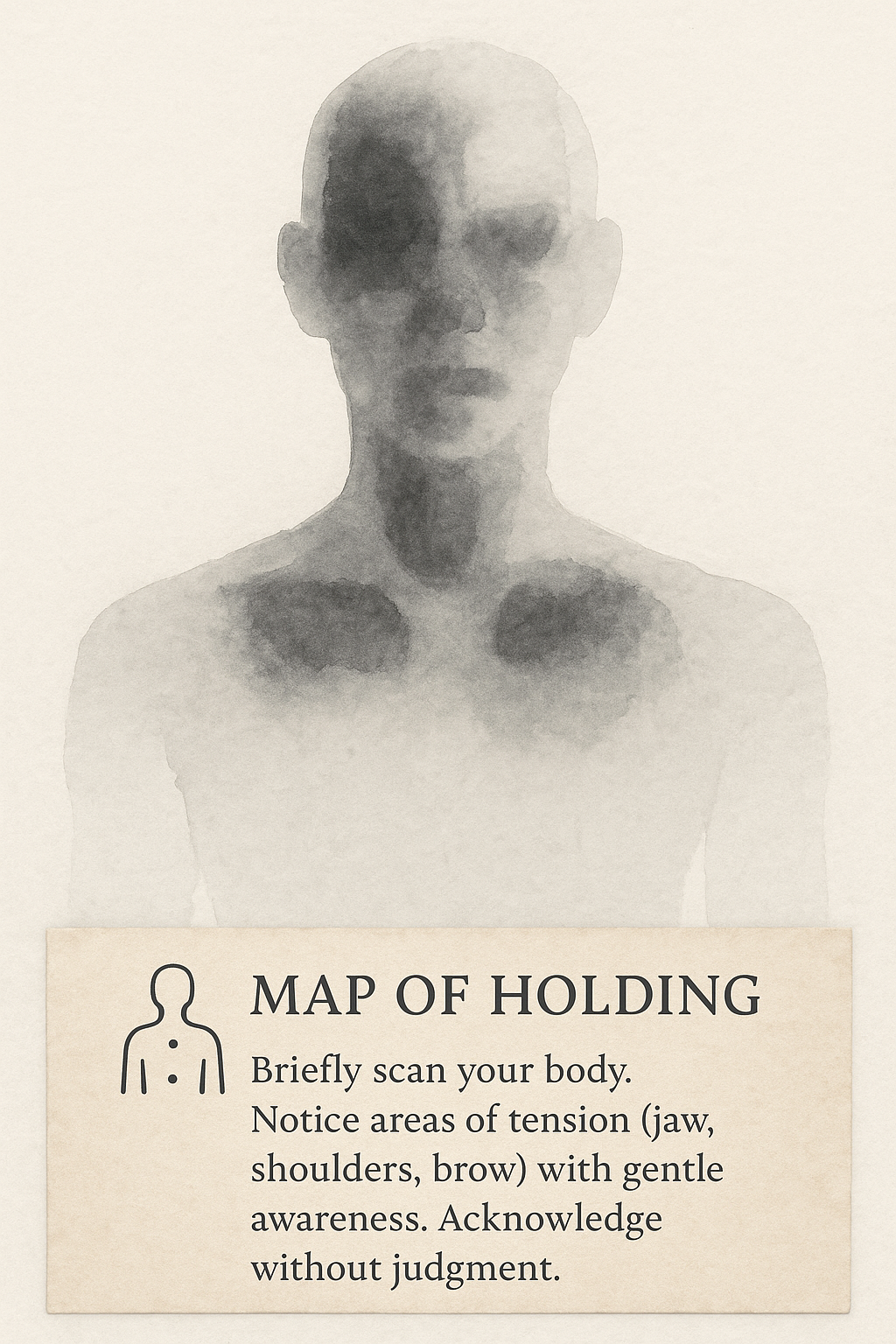
Notice Body Tension Scan
Briefly scan your body for areas of tension (jaw, shoulders, brow). Acknowledge without judgment.
Why This Matters
Awareness is the first step to release. Noticing physical tension helps you understand your stress response,enabling conscious relaxation and preventing chronic strain, thereby improving clarity and resilience.
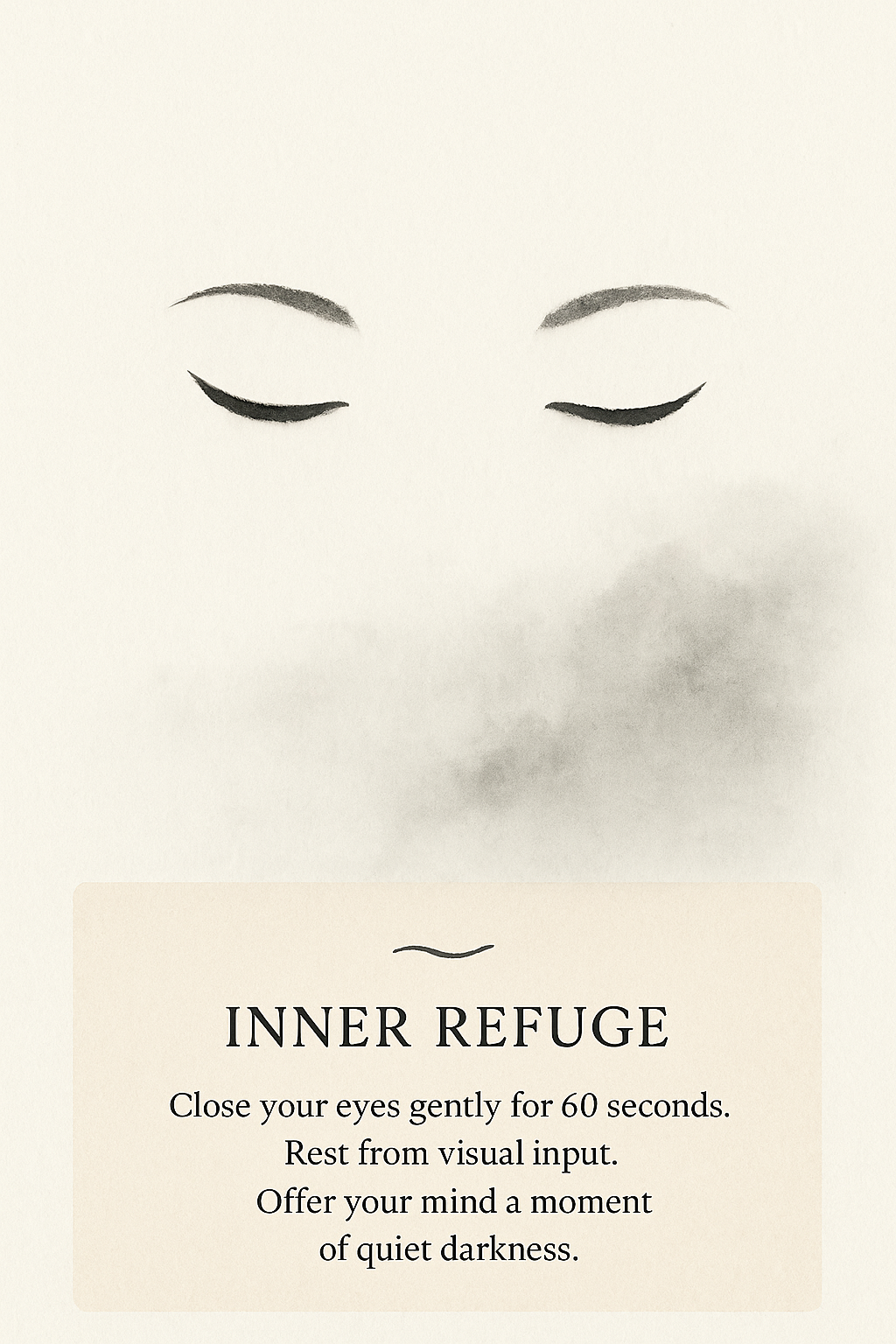
Close Eyes for 60 Secs
Shut your eyes for one minute to reduce sensory input. Offer your mind a brief rest.
Why This Matters
Visual stimuli constantly demand attention. Closing your eyes provides a mini-reset, calming the nervous system,reducing overwhelm, and allowing for a moment of internal clarity and focus.
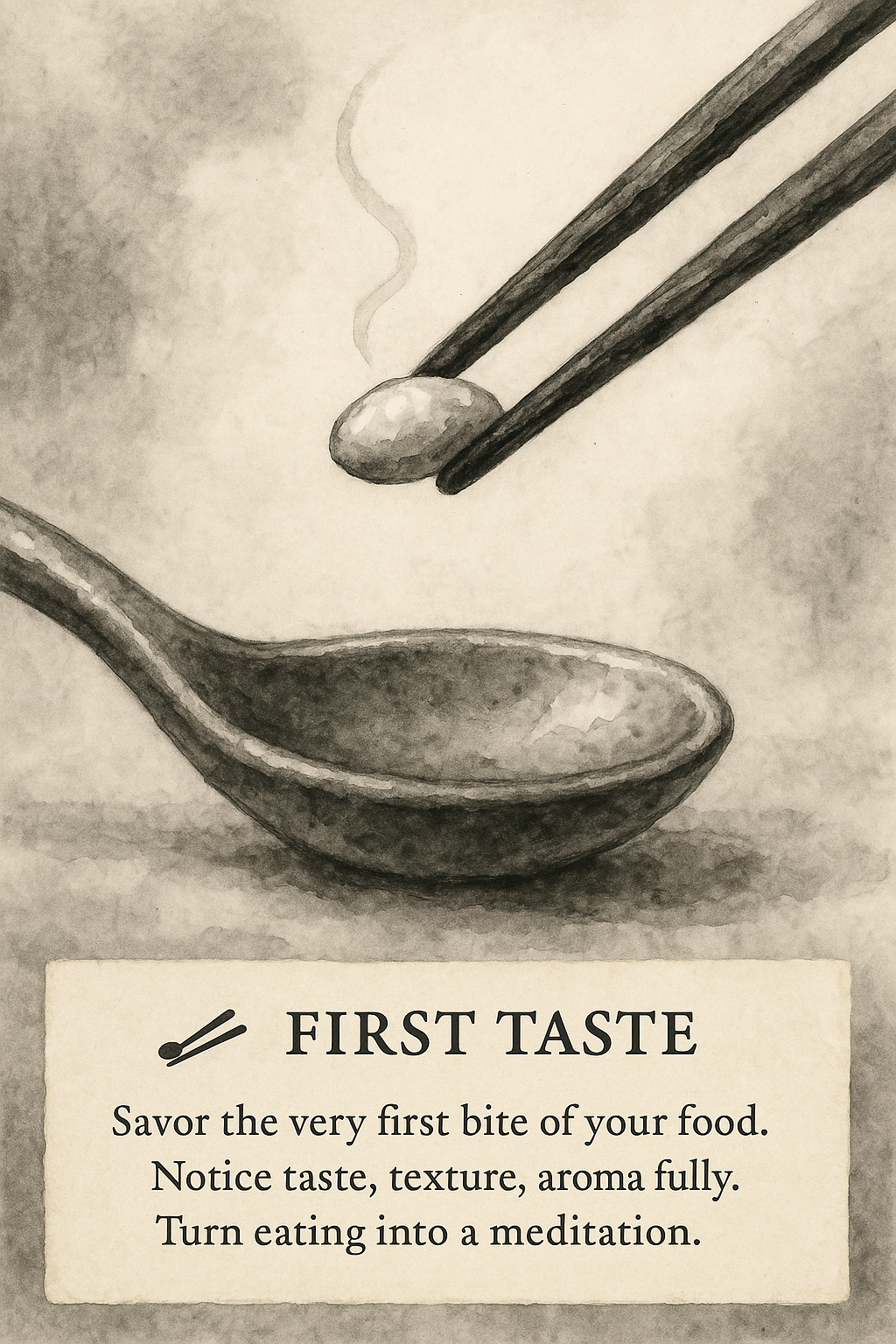
Eat 1 Bite Mindfully
Savor the first bite of your meal, noticing taste, texture, smell. Anchor in the present.
Why This Matters
Mindful eating enhances appreciation and digestion. This small act grounds you in sensory experience,counteracting rushed eating habits and promoting a calmer state conducive to clarity.
Walk Slowly for 1 Min
Intentionally slow your walking pace for 60 seconds, noticing movement. Counteract habitual rushing.
Why This Matters
Slowing down physically can slow down mental chatter. This practice cultivates presence and body awareness,interrupting stress cycles and fostering a sense of calm clarity.
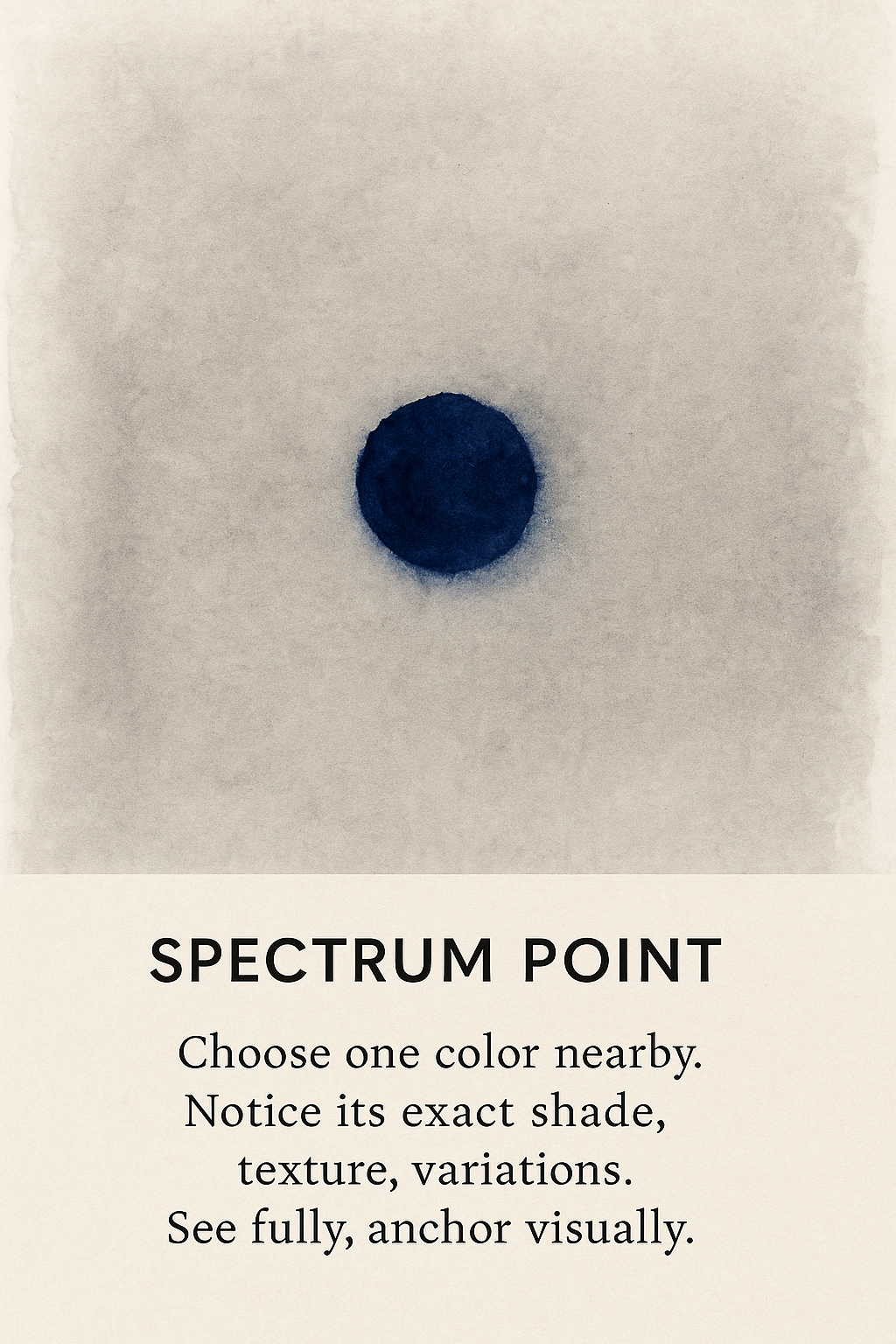
See 1 Color Vividly
Pick a color nearby and truly notice its shade and variations. Focus your visual attention.
Why This Matters
This simple visual anchor pulls you out of internal thought loops. Focusing intensely on a sensory detailsharpens present-moment awareness and provides a quick path to mental clarity.
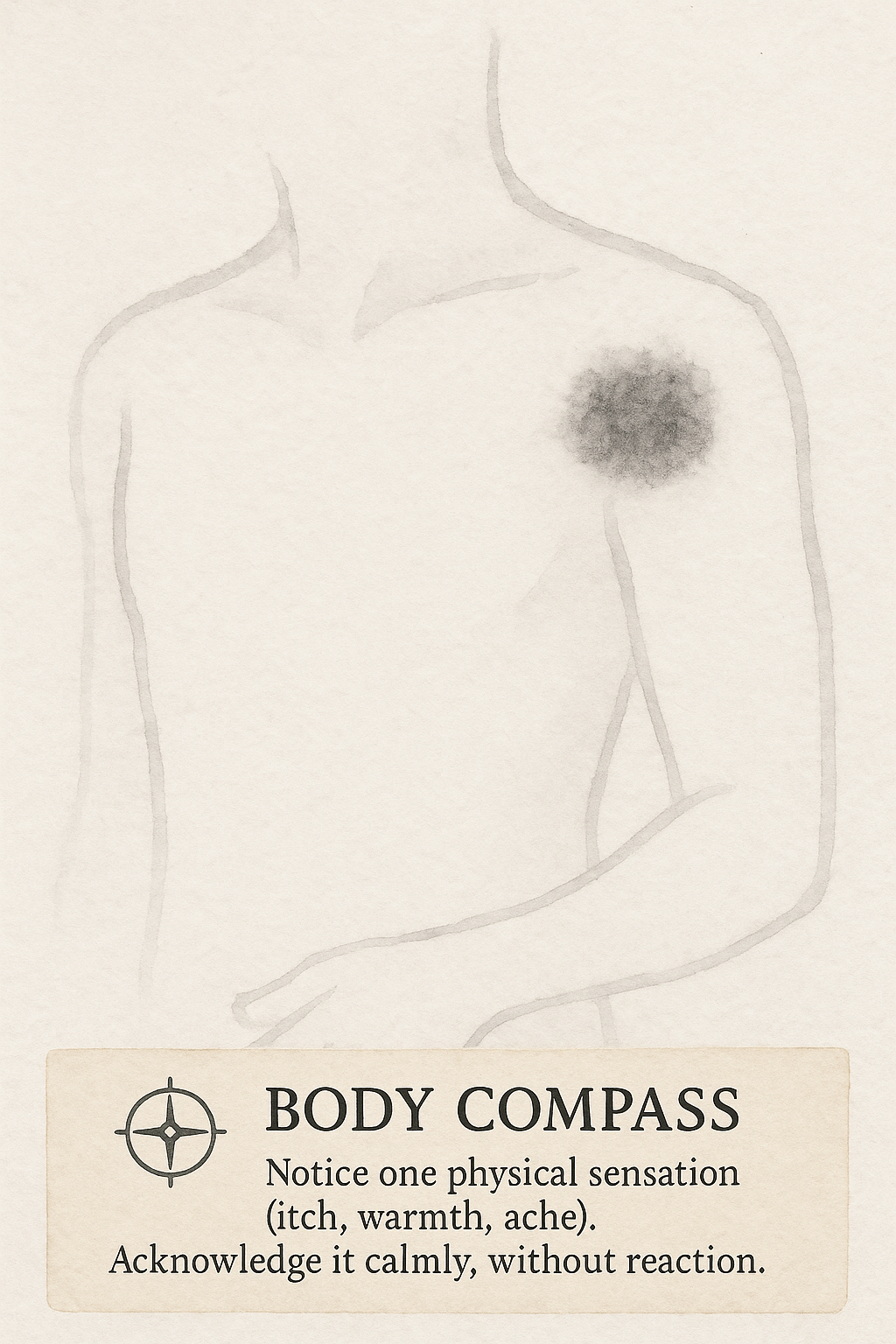
Acknowledge 1 Sensation Calmly
Notice any physical sensation (itch, ache, warmth) without reacting. Practice acceptance.
Why This Matters
Learning to observe sensations neutrally builds tolerance for discomfort. This skill is crucial for resilience,helping you manage physical or emotional unease without immediate reactivity, fostering inner calm.
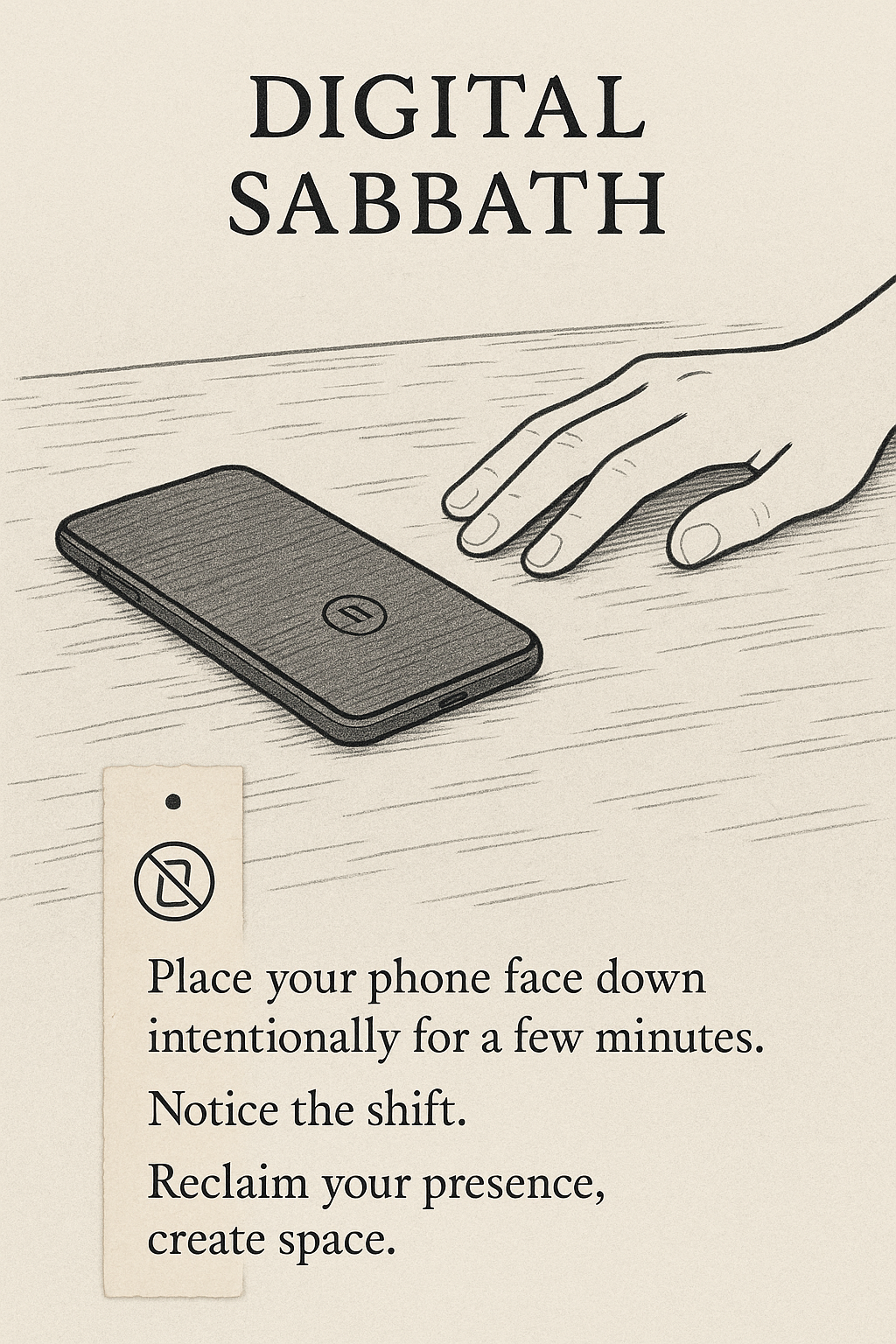
Put Phone Down Intentionally
Consciously place your phone face down for a few minutes. Reclaim your attention.
Why This Matters
Constant digital connection fragments focus. Intentionally disconnecting, even briefly, asserts control overyour attention, reduces mental noise, and creates space for clarity and presence.

Listen Fully for 30 Secs
Give someone your complete, undivided attention for 30 seconds. Practice presence in connection.
Why This Matters
True listening builds stronger relationships and sharpens focus. This micro-practice enhances empathy andcommunication clarity, core components of emotional intelligence and relational resilience.
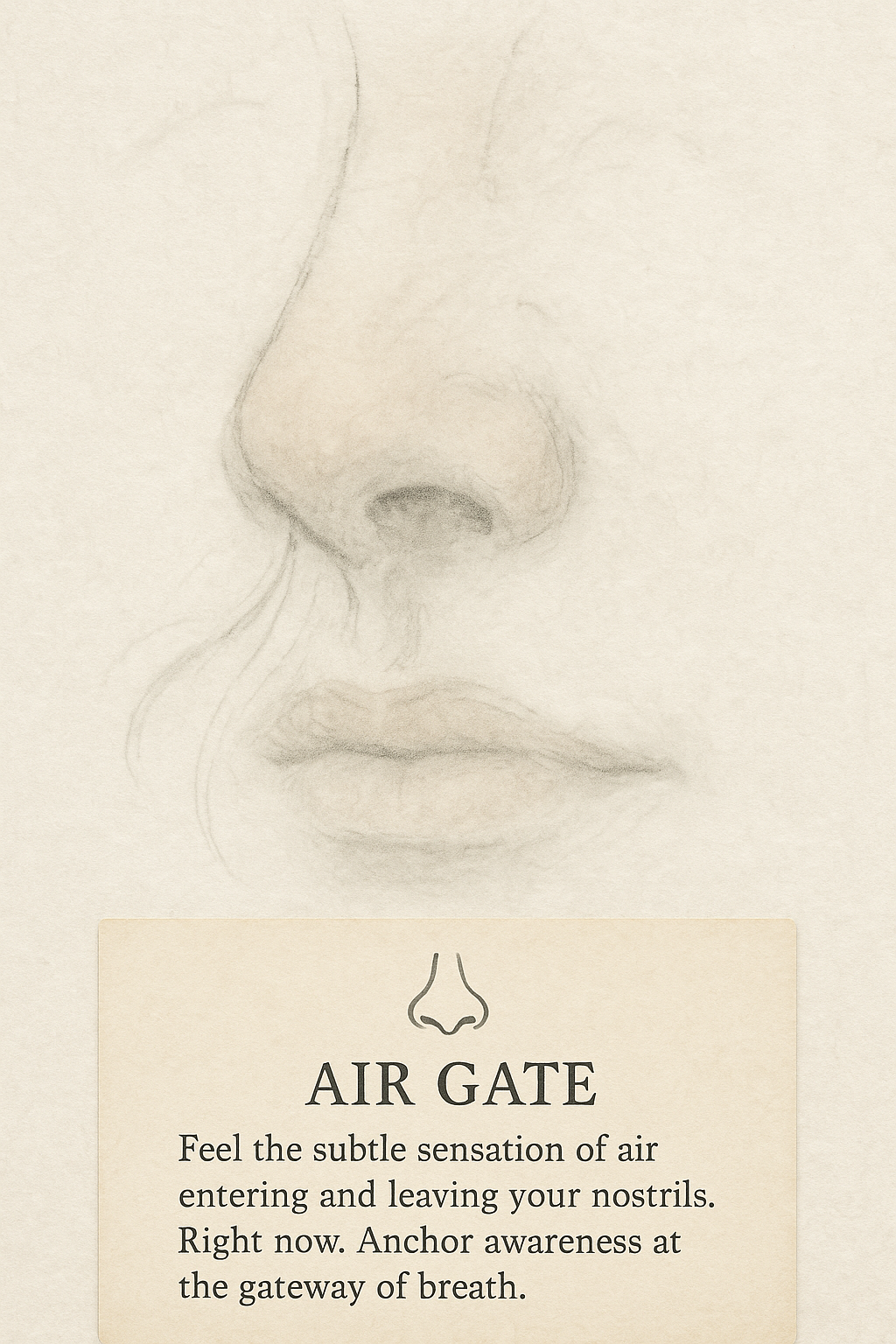
Notice Breath In Nose
Feel the sensation of air entering and leaving your nostrils. Anchor in the breath.
Why This Matters
The breath is a constant, reliable anchor to the present moment. Focusing on this subtle sensation calms thenervous system, clears the mind, and is a fundamental practice for building mindful awareness.
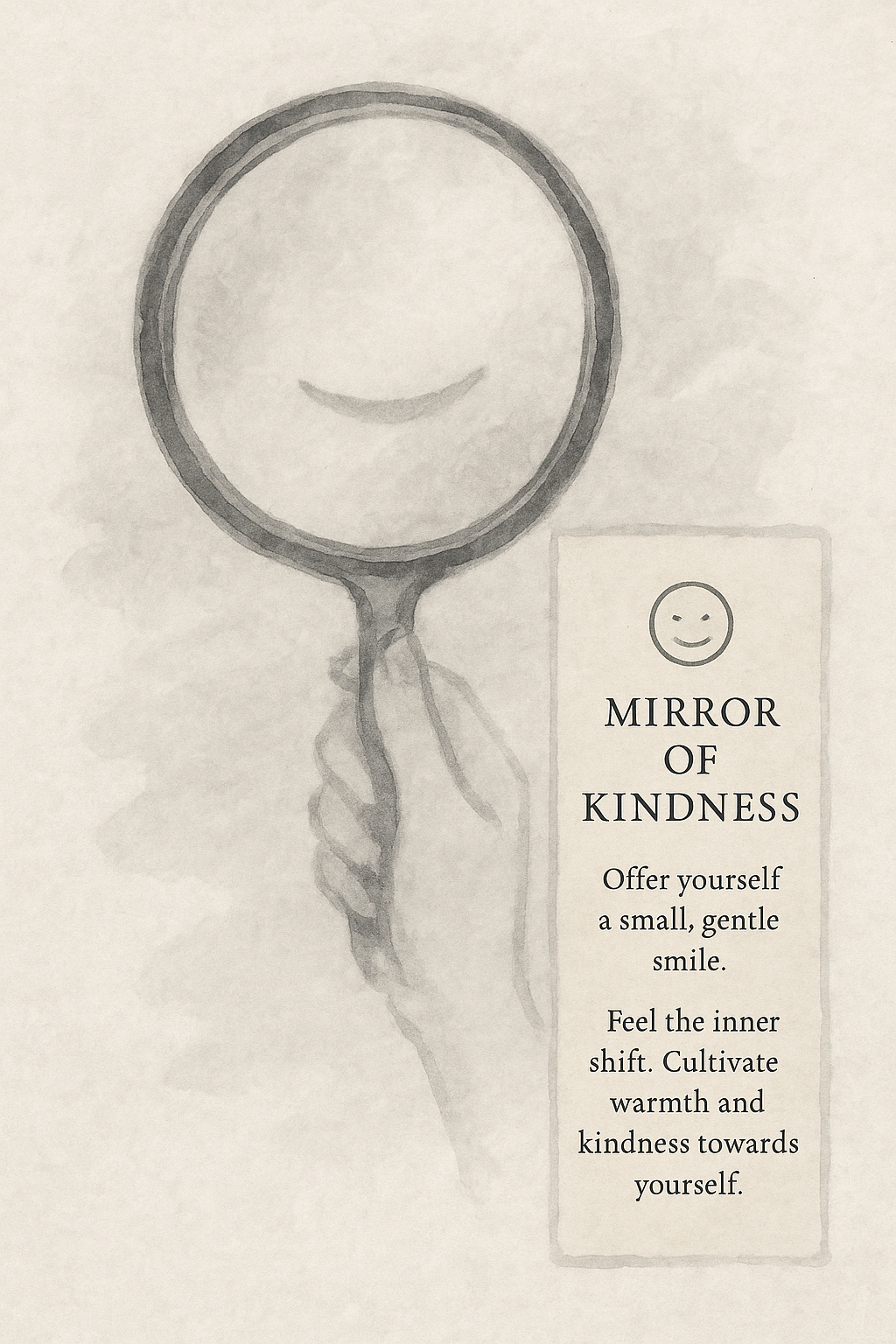
Smile Gently at Self
Offer yourself a small, gentle smile, perhaps in the mirror. Cultivate self-kindness.
Why This Matters
A gentle smile can shift your internal state towards warmth and acceptance. This micro-act of self-compassionbuilds emotional resilience by softening self-criticism and fostering inner support.
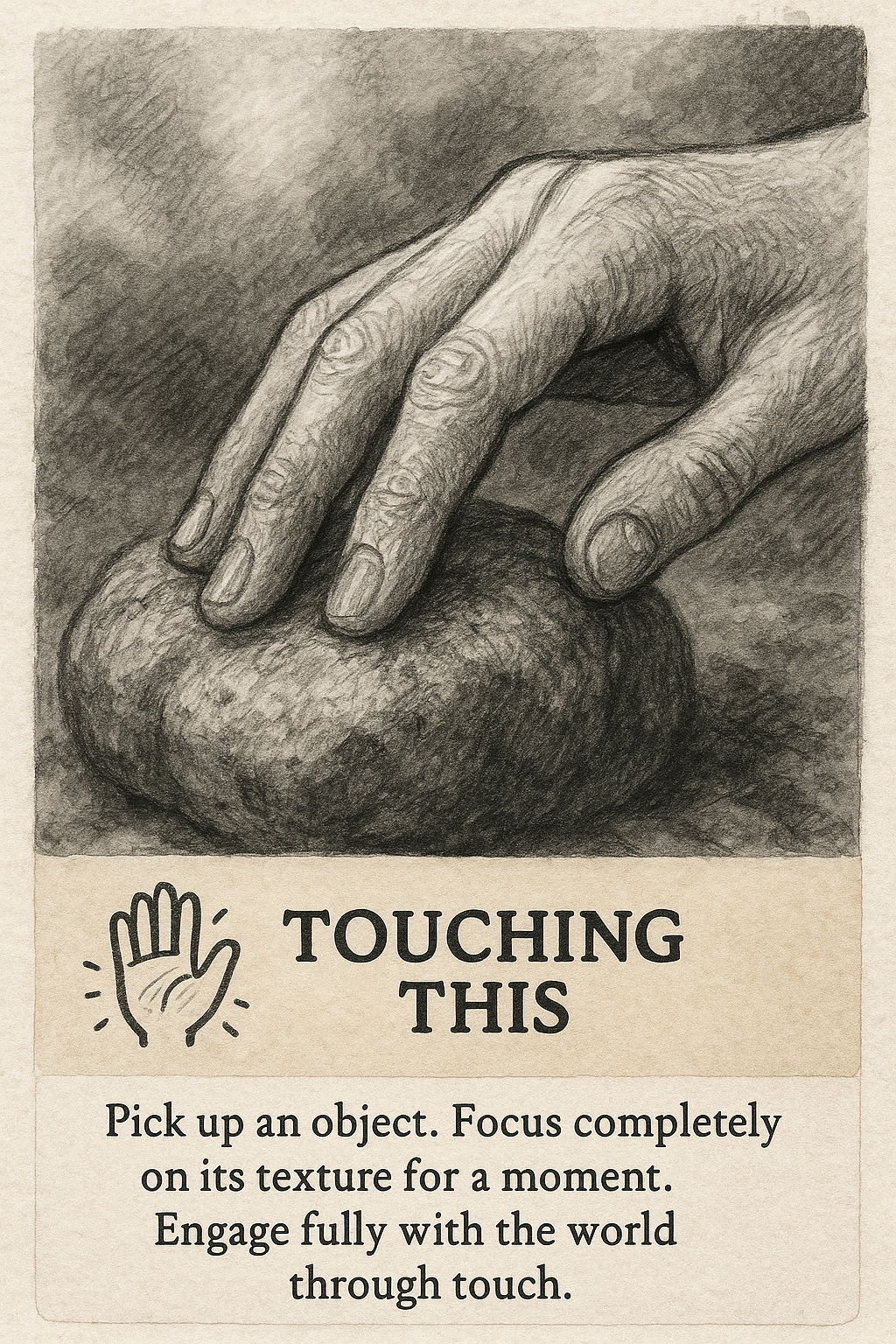
Feel Texture of Object
Pick up an object and focus entirely on its texture. Engage your sense of touch.
Why This Matters
Engaging tactile senses grounds you firmly in the physical world. This practice pulls attention away fromabstract worries, offering immediate sensory clarity and a moment of calm presence.
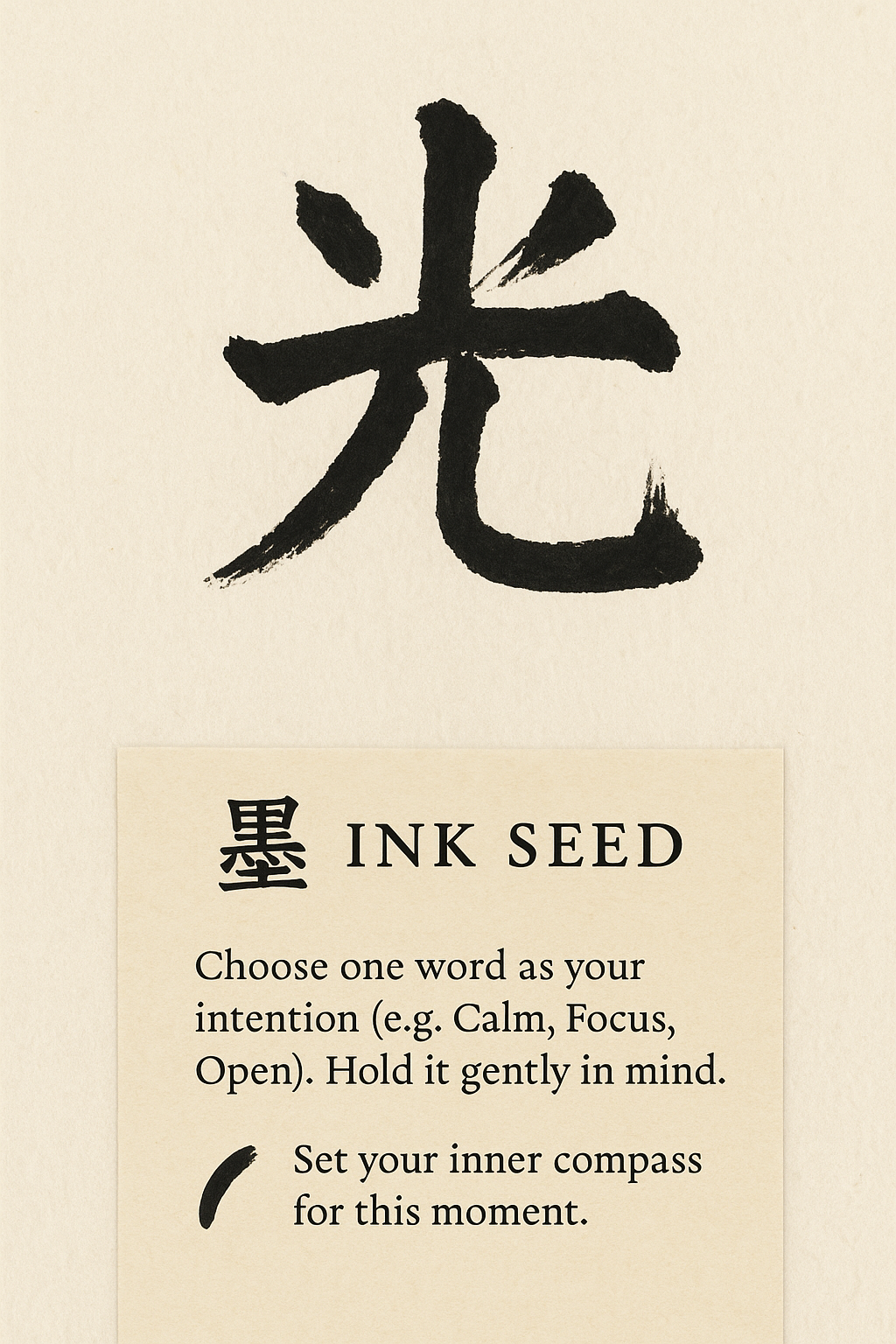
Write 1 Word Intention
Choose one word (e.g., 'Calm', 'Focus', 'Kindness') as your intention now. Set your inner compass.
Why This Matters
A single word intention provides a clear, simple anchor for your mindset and actions. It helps focus yourenergy, guides choices throughout the day, and builds clarity around desired states or behaviors.
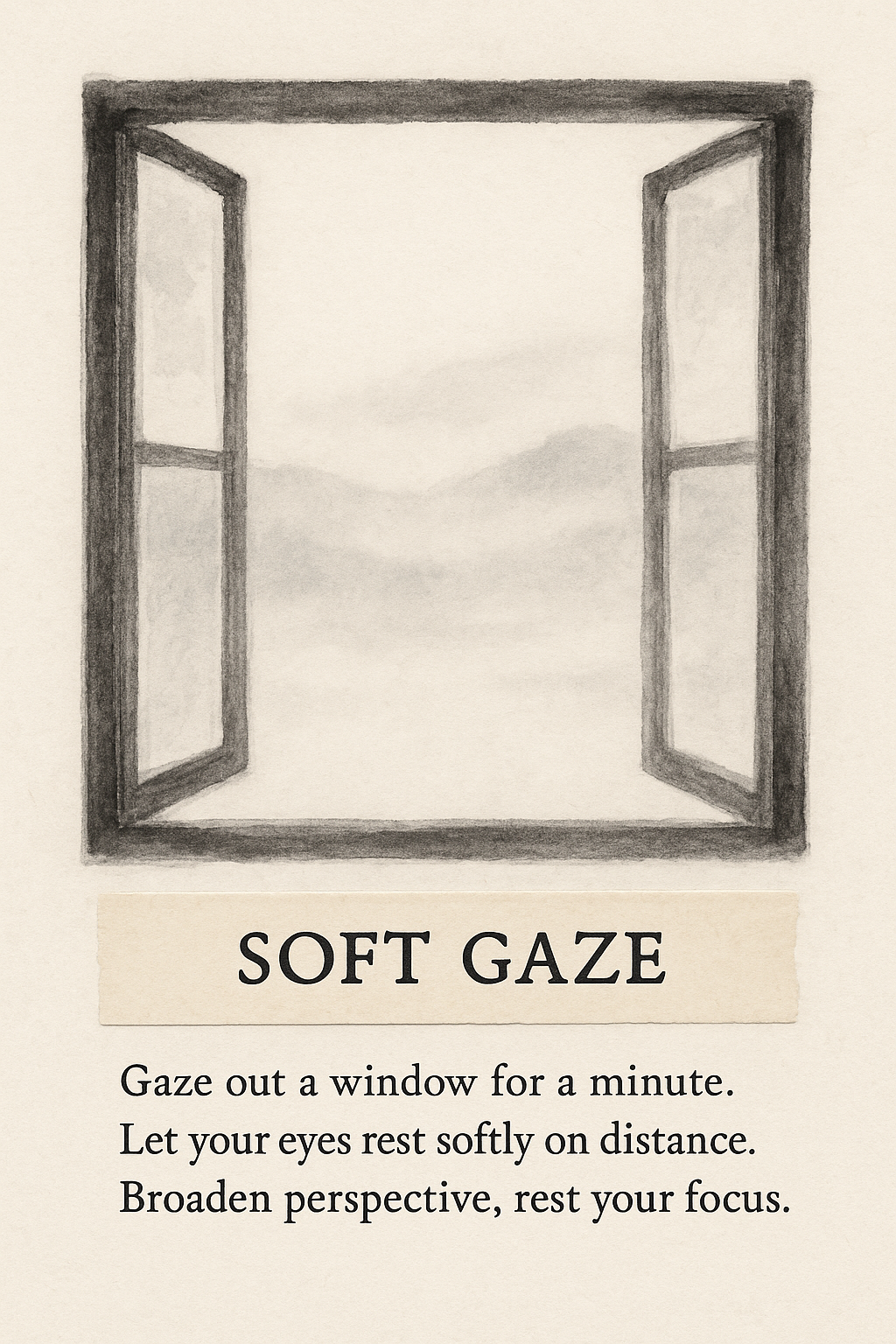
Observe Weather Mindfully Now
Look outside and notice the weather without judgment (sun, rain, wind). Accept what is.
Why This Matters
Observing natural phenomena fosters acceptance of things outside our control. This practice mirrors how we canapproach internal states, building resilience by cultivating non-judgmental awareness.
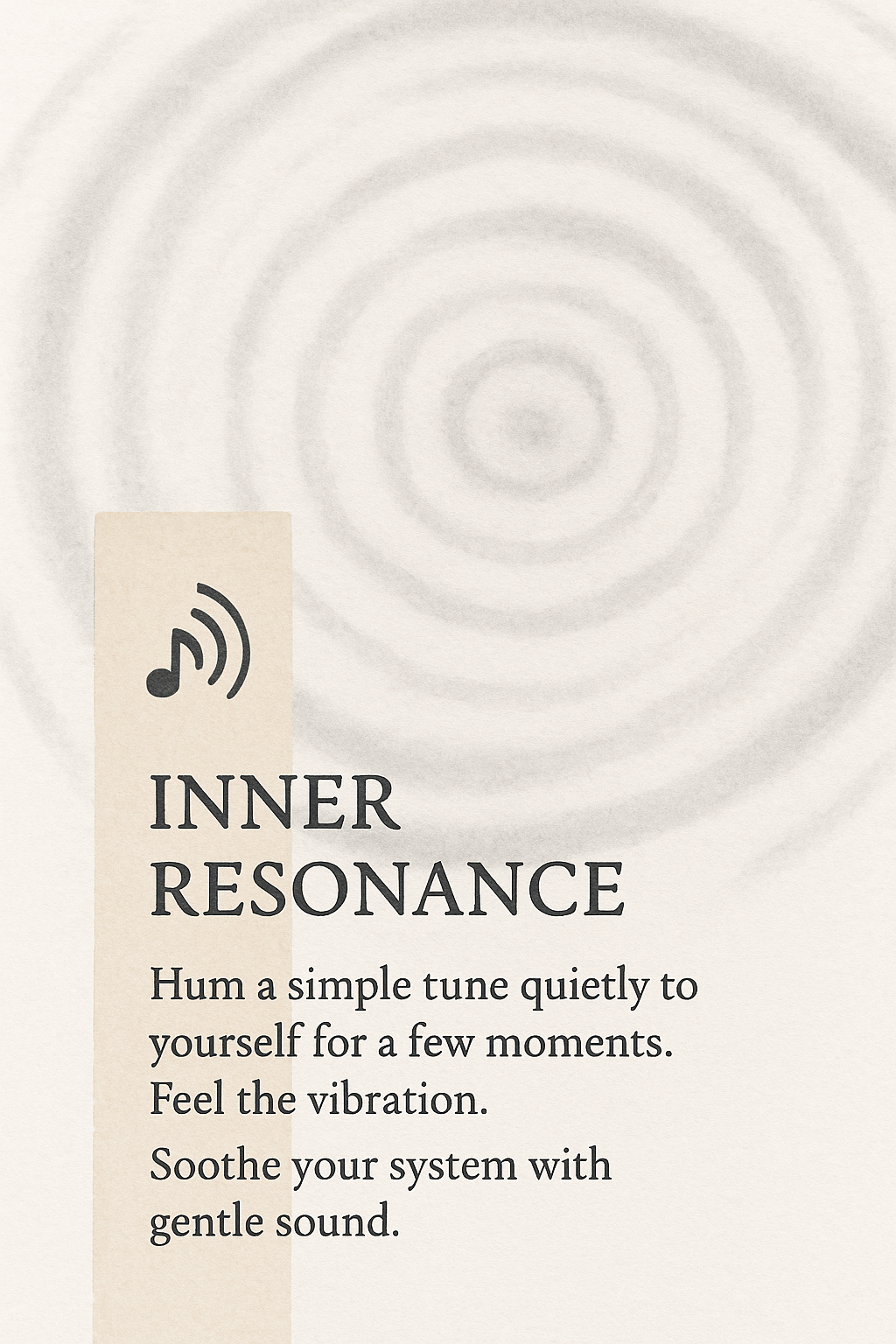
Hum Quietly Briefly Now
Hum a simple tune quietly to yourself for a moment. Soothe your nervous system.
Why This Matters
Humming stimulates the vagus nerve, promoting relaxation and calm. It's a simple self-soothing technique thatenhances emotional regulation and provides a quick reset for mental clarity.
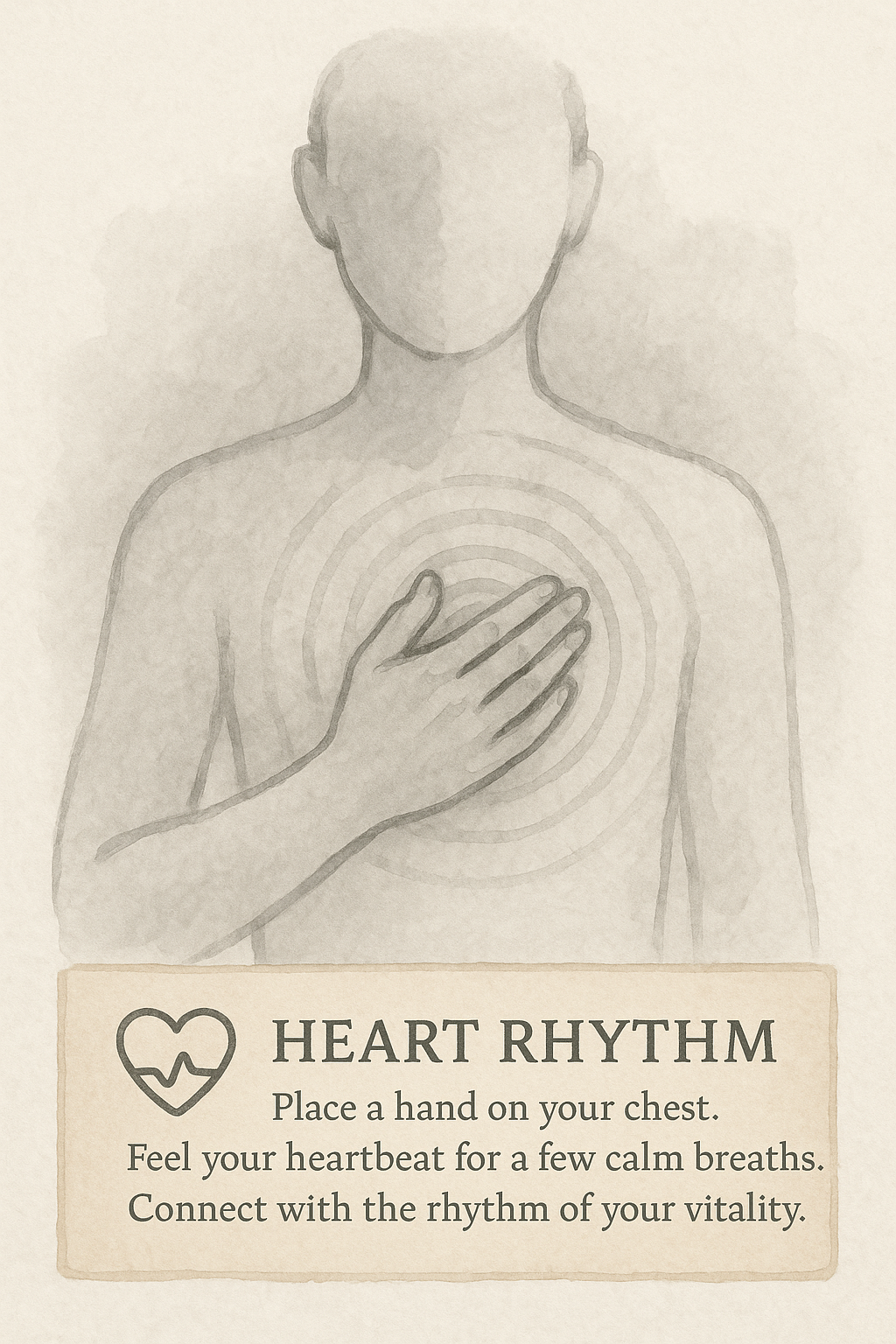
Feel Heartbeat Momentarily Calmly
Place a hand on your chest and feel your heartbeat for a few seconds. Connect with your vitality.
Why This Matters
Connecting with your heartbeat is a direct link to your physical presence. This grounding practice enhances bodyawareness and can provide a sense of calm reassurance and inner connection.

Look Out Window Calmly
Gaze out a window for a minute, letting your eyes rest softly. Broaden your perspective.
Why This Matters
Shifting visual focus from close-up screens to a distant view rests the eyes and mind. It provides a mentalbreak, reduces strain, and can offer a sense of spaciousness and renewed clarity.
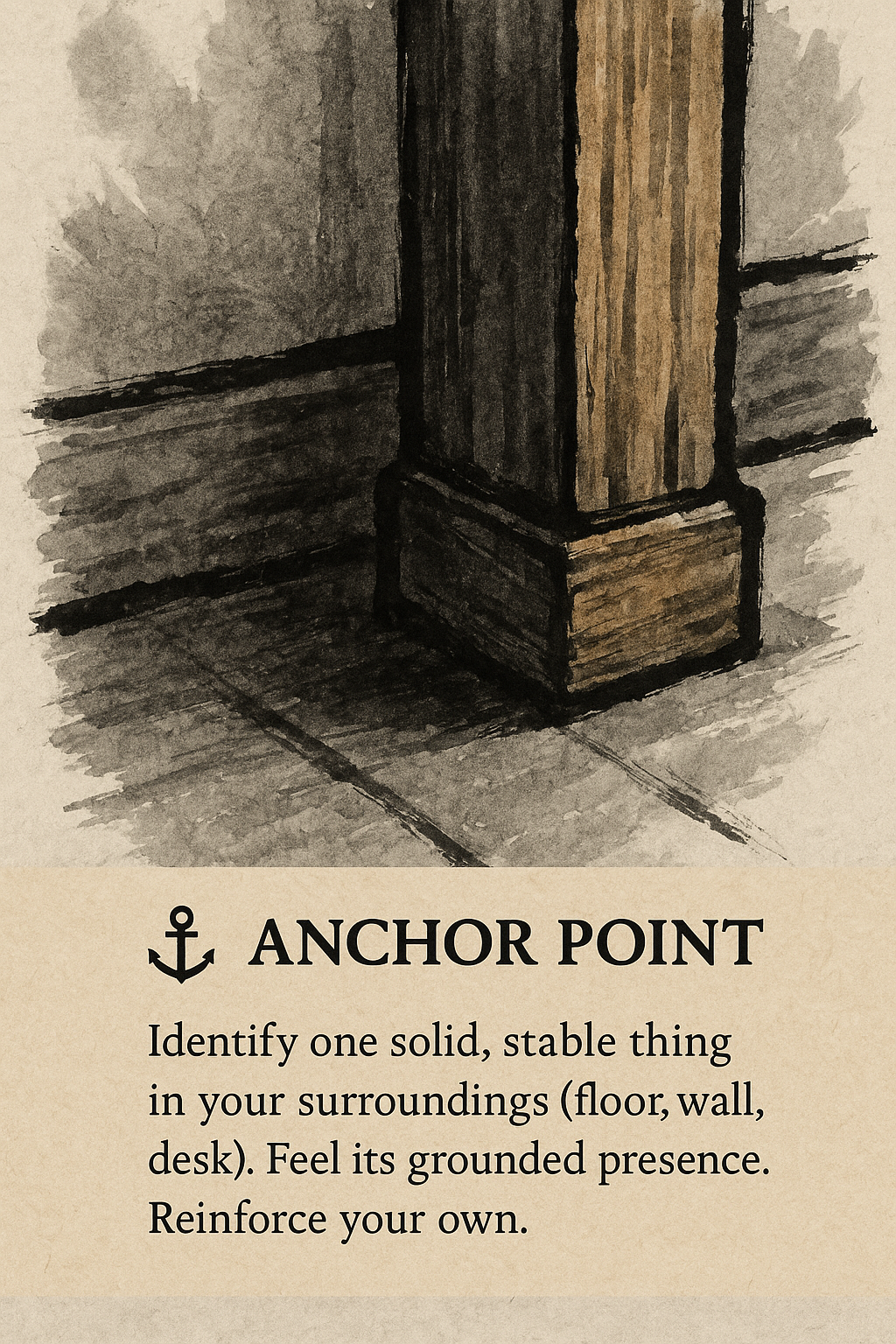
Name 1 Thing Stable
Identify something solid and stable in your environment (floor, wall, desk). Reinforce groundedness.
Why This Matters
Focusing on stability provides an external anchor during moments of internal flux. This simple act cancounteract feelings of overwhelm or anxiety, restoring a sense of security and mental clarity.

Recall 1 Calm Memory
Briefly bring to mind a peaceful memory, focusing on the feeling. Access inner resources.
Why This Matters
Recalling positive memories activates associated feelings of calm and safety. This leverages your own experienceto regulate emotions, building resilience by reminding you of your capacity for peace.
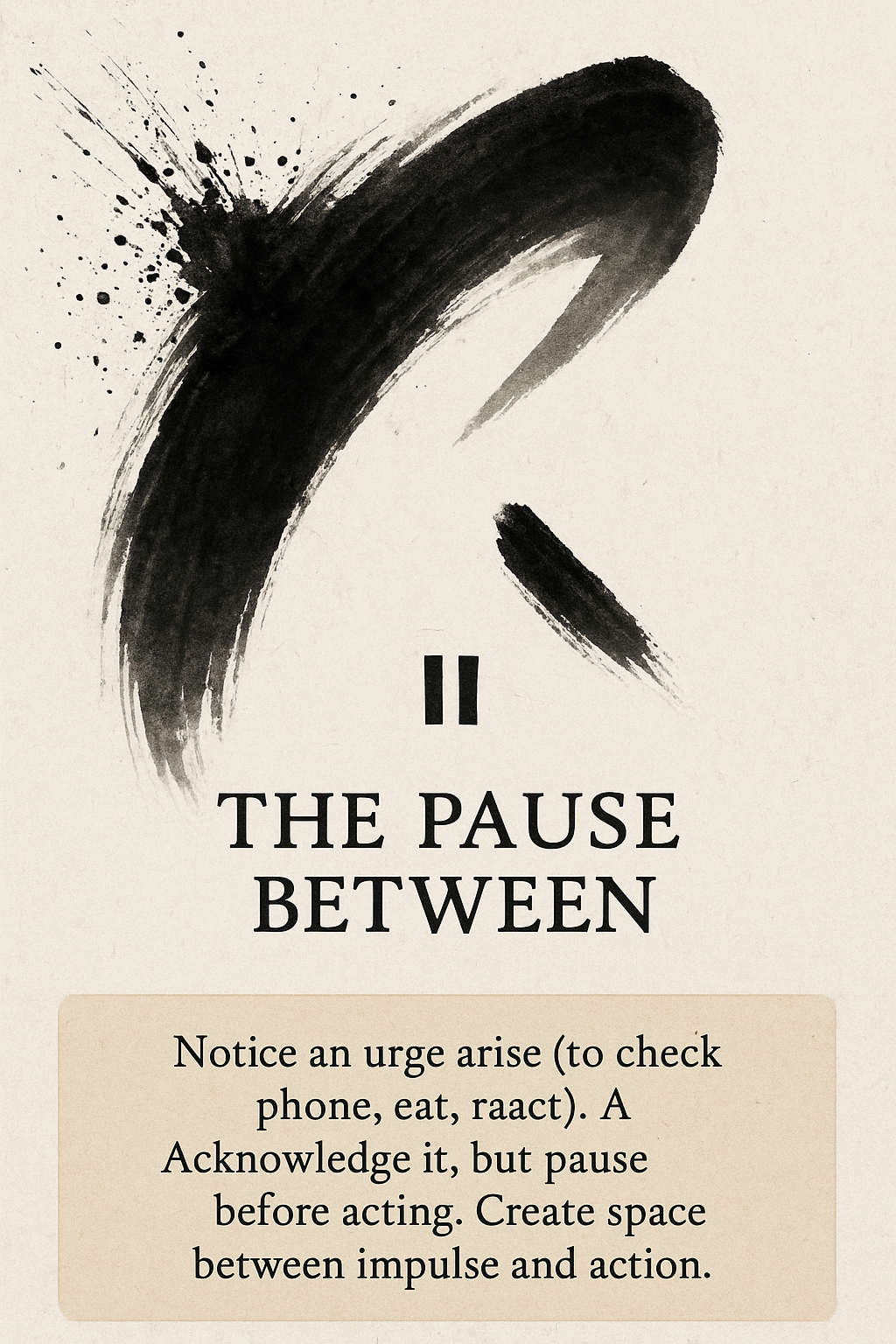
Notice Urge, Don't Act
Acknowledge an impulse (e.g., check phone, snack) without immediately acting. Practice mindfulpausing.
Why This Matters
This builds the crucial skill of impulse control by creating space between trigger and response. Practicing thepause strengthens self-regulation and conscious choice-making, key elements of resilience.
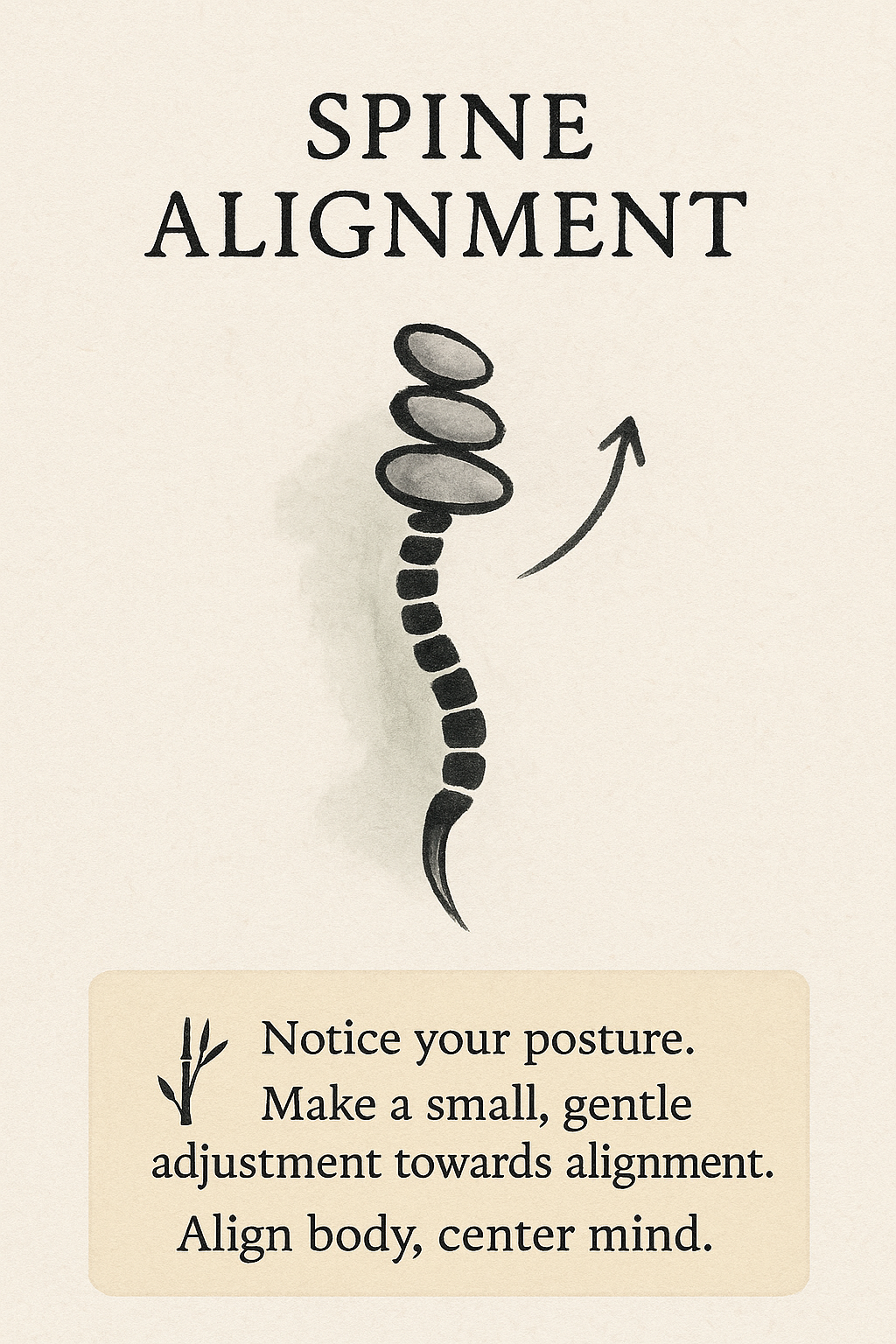
Check Posture, Adjust Gently
Notice your posture right now and make a small, kind adjustment. Align body and mind.
Why This Matters
Posture influences mood and alertness. Mindfully adjusting your posture enhances body awareness, can improveconfidence and energy levels, and promotes a state of attentive clarity.

Breathe Out Longer Now
Make your next exhale slightly longer than your inhale. Activate relaxation response.
Why This Matters
Longer exhalations stimulate the parasympathetic nervous system, promoting calm. This simple breathing techniquequickly reduces stress and anxiety, enhancing clarity and emotional regulation.
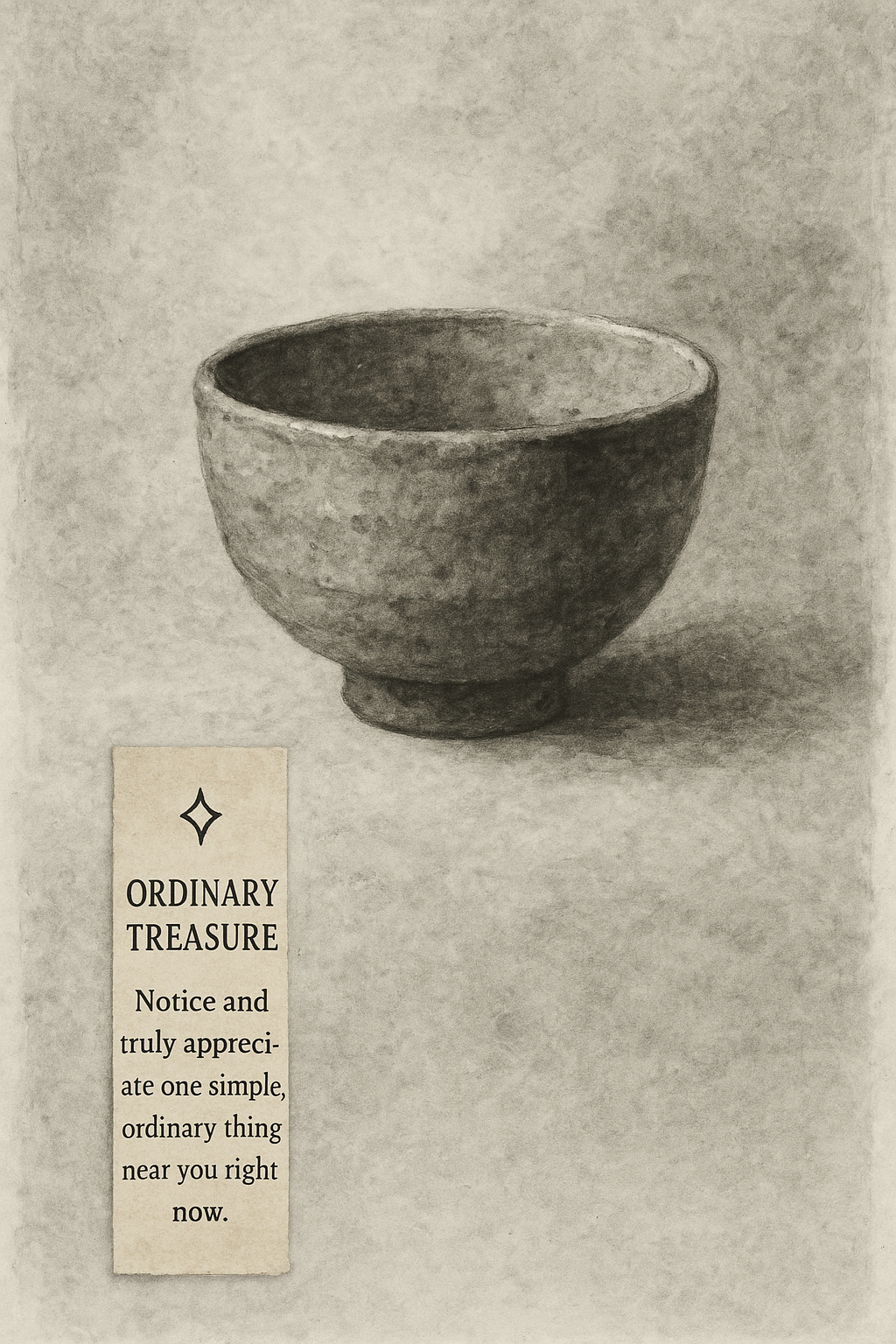
Appreciate 1 Simple Thing
Notice and appreciate something mundane (e.g., warm mug, pen). Cultivate everyday gratitude.
Why This Matters
Finding appreciation in simple things counteracts hedonic adaptation and negativity bias. It trains your mind tosee value in the ordinary, boosting mood and fostering a resilient, positive outlook.
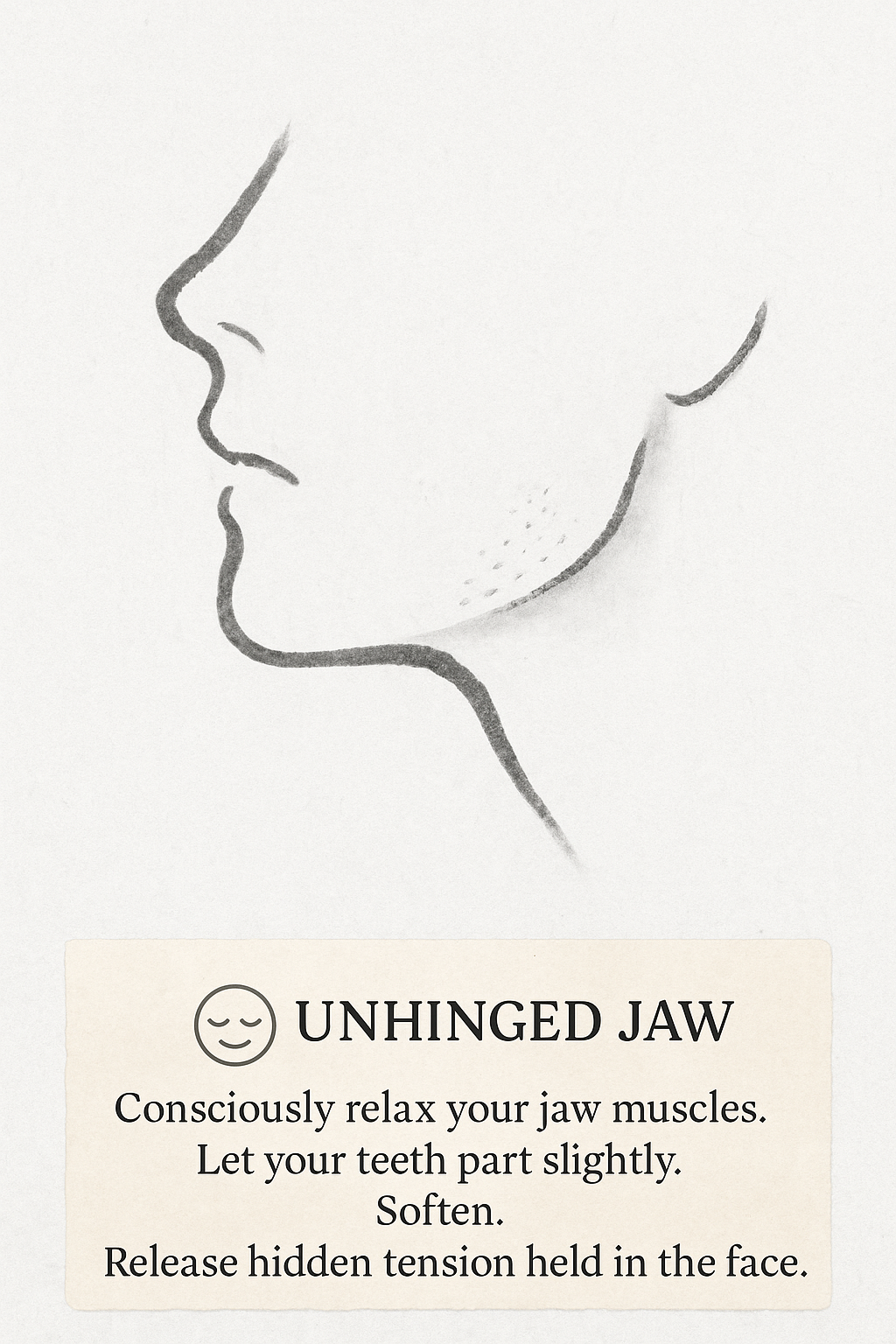
Release Jaw Tension Now
Consciously relax your jaw, letting your teeth part slightly. Let go of hidden stress.
Why This Matters
We often hold tension in the jaw unconsciously. Intentionally releasing it provides immediate physical reliefand can signal the nervous system to relax, reducing overall stress and improving clarity.
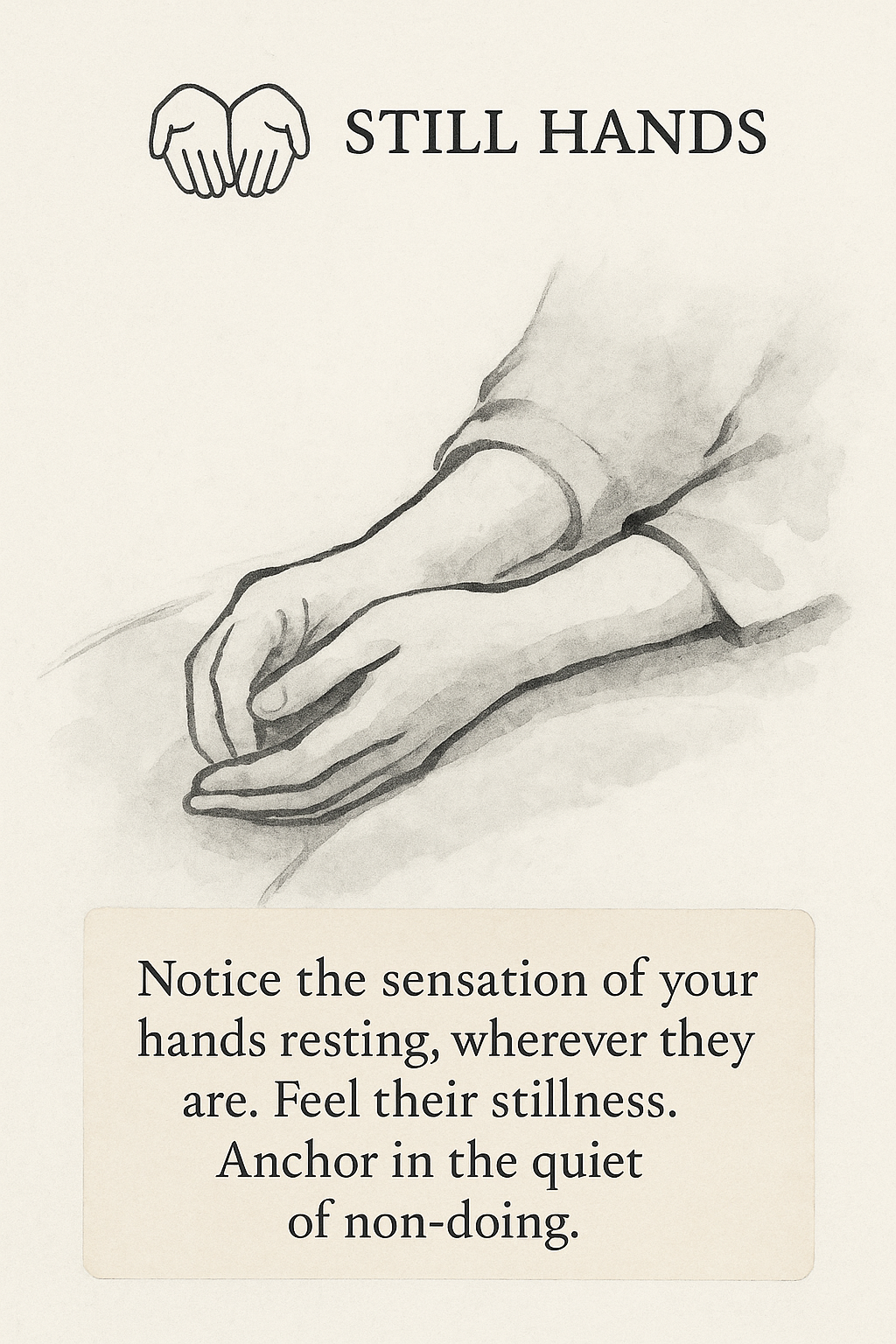
Observe Hands Resting Calmly
Notice the sensation of your hands resting, wherever they are. Anchor in stillness.
Why This Matters
Focusing on a still part of the body can cultivate internal stillness. This simple observation grounds you inthe present moment, enhancing calm awareness and mental clarity.
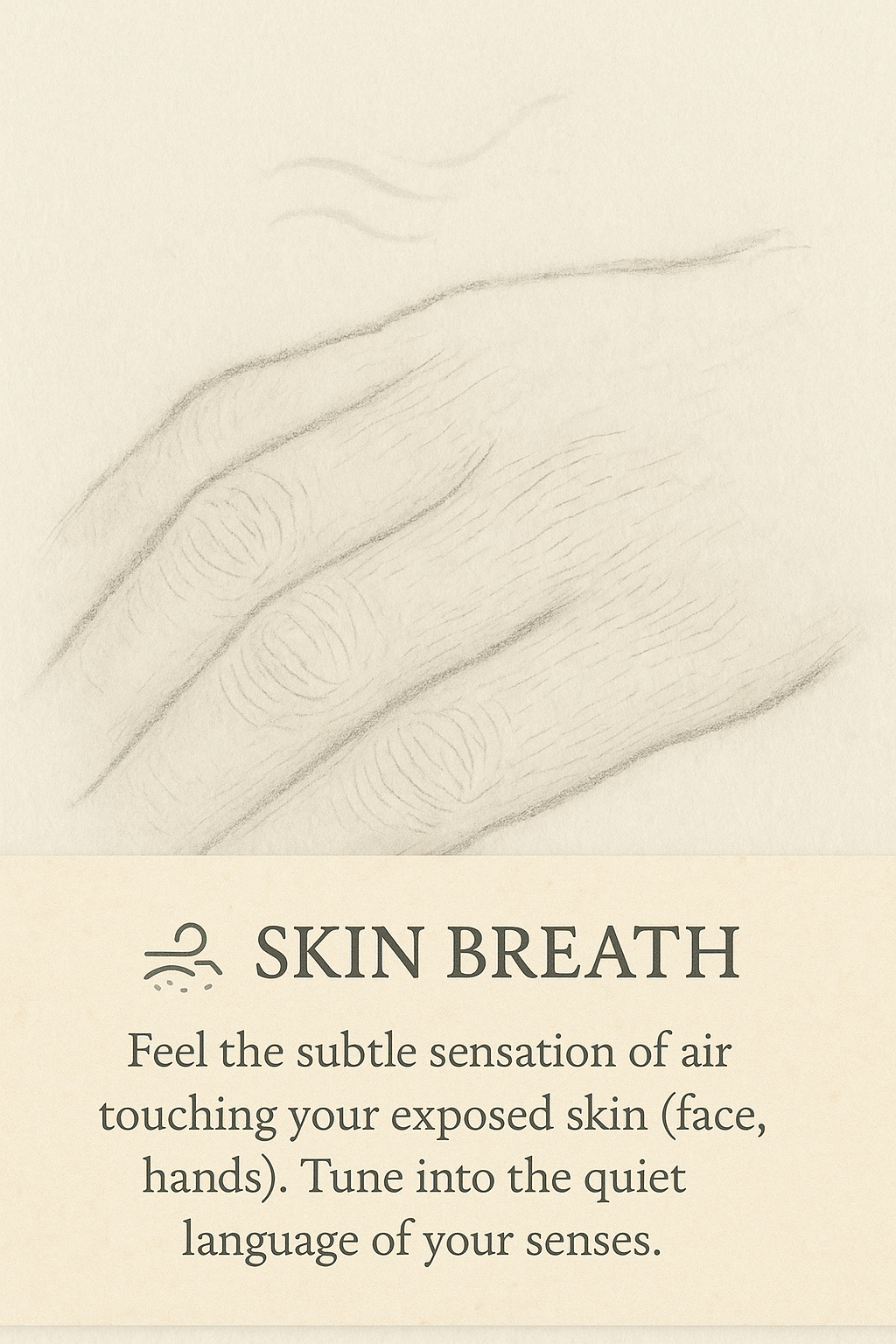
Notice Air on Skin
Feel the sensation of air touching your exposed skin (face, hands). Engage subtle senses.
Why This Matters
This subtle sensory focus anchors you in the present environment. It's a gentle way to interrupt intrusivethoughts and cultivate calm, clear awareness by tuning into immediate physical reality.
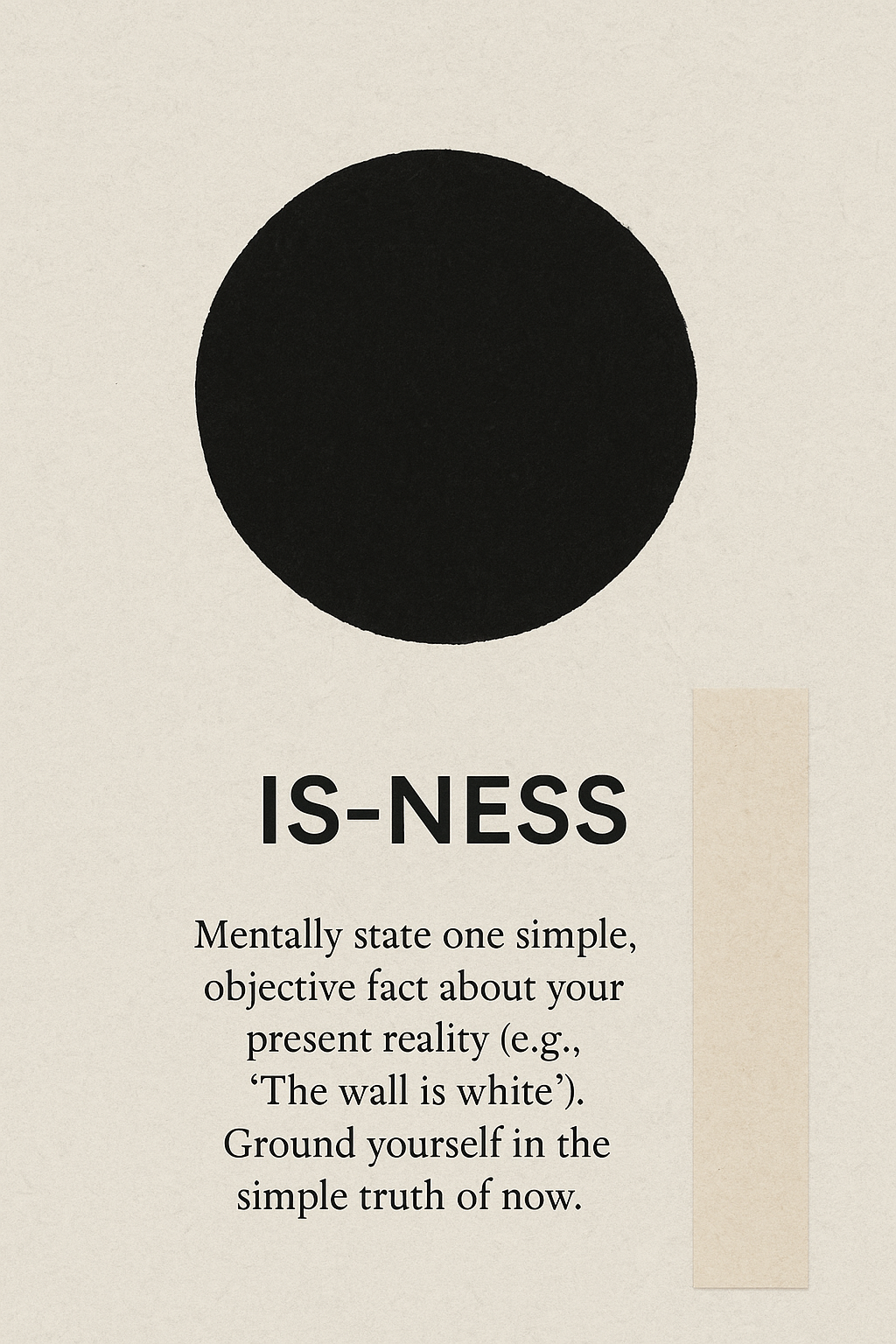
State 1 Fact Now
Mentally state one simple, objective fact about your surroundings. Ground in reality.
Why This Matters
During emotional distress, focusing on objective facts helps counteract overwhelming feelings. This cognitivegrounding technique provides distance from intense emotions, restoring clarity and perspective.

Take 1 Mindful Step
Take a single step, noticing the movement and contact with the ground. Be fully present.
Why This Matters
Breaking down movement into single, mindful actions enhances body awareness and presence. Even one step donemindfully can interrupt autopilot and bring you back to the here and now, fostering clarity.

Acknowledge Inner Critic Kindly
Notice a self-critical thought and silently say 'I hear you'. Disarm it with gentle awareness.
Why This Matters
Fighting the inner critic often strengthens it. Acknowledging it kindly reduces its power and fostersself-compassion, a key component of resilience and emotional balance.
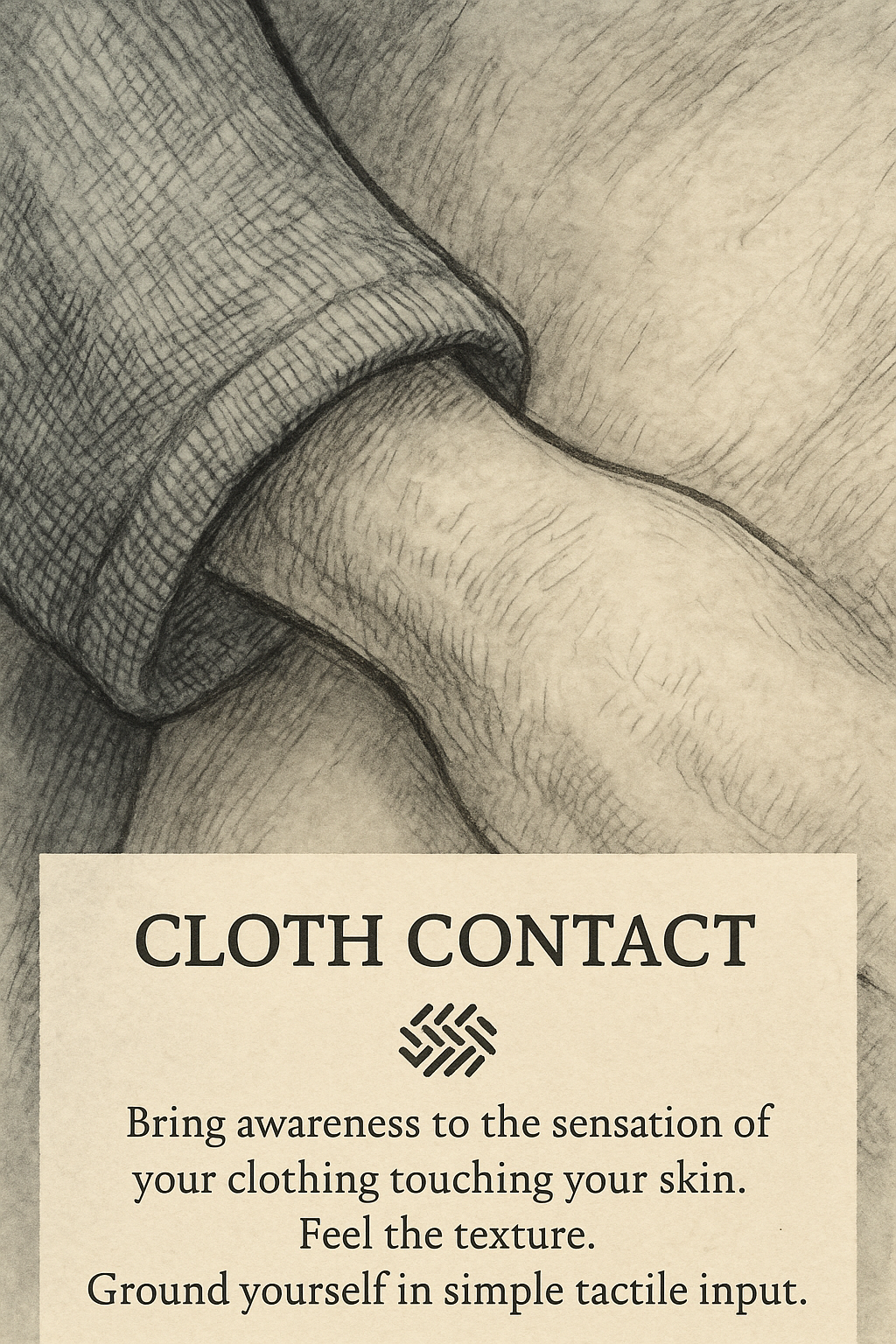
Feel Fabric on Skin
Bring awareness to the sensation of your clothing touching your skin. Ground in tactile input.
Why This Matters
Focusing on the constant, neutral sensation of clothing provides a readily available anchor to the presentmoment. It gently pulls attention from mental noise to physical reality, enhancing calm clarity.

Pause Before Replying Online
Take one conscious breath before hitting 'send' or 'reply'. Choose clarity over reactivity.
Why This Matters
Digital communication often encourages impulsive reactions. This simple pause creates space for mindfulresponding, preventing regretful messages and fostering clearer, more intentional communication.

Watch Clouds Move Briefly
Observe clouds drifting across the sky for a minute. Practice detached observation.
Why This Matters
Watching clouds mirrors observing thoughts – they arise, change, and pass without effort. This practicecultivates non-attachment and acceptance, enhancing mental clarity and emotional resilience.

Identify 1 Pleasant Smell
Intentionally notice one pleasant aroma in your environment. Engage your sense of smell.
Why This Matters
Our sense of smell has a direct link to memory and emotion centers. Focusing on a pleasant scent can instantlyshift mood, ground you in the present, and provide a moment of positive clarity.
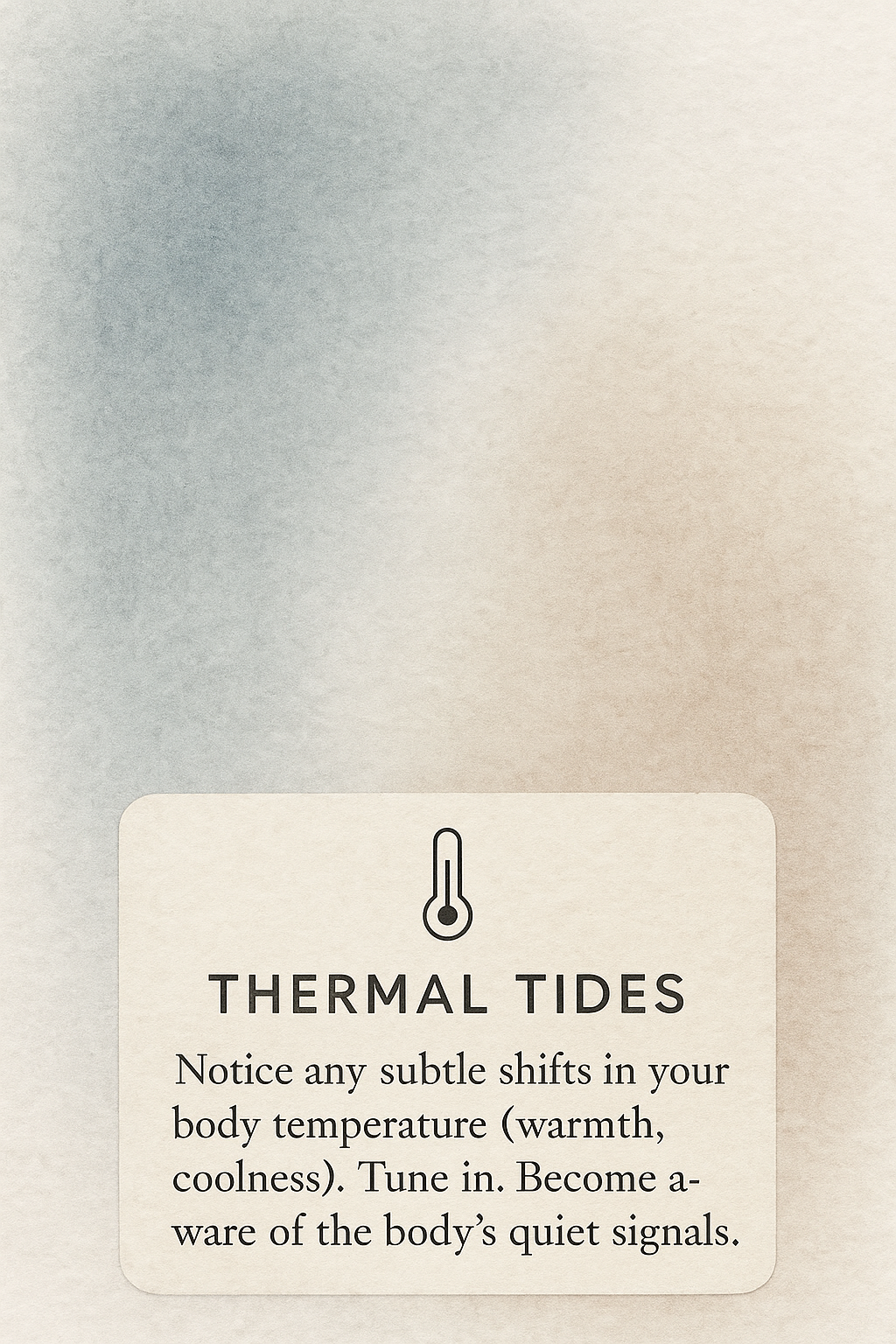
Notice Body Temperature Shift
Become aware of any changes in your body temperature (warmth, coolness). Tune into subtle sensations.
Why This Matters
Interoception, or sensing internal body states, is key to emotional intelligence. Noticing temperature shiftsenhances body awareness, helping you understand subtle cues related to stress or relaxation.
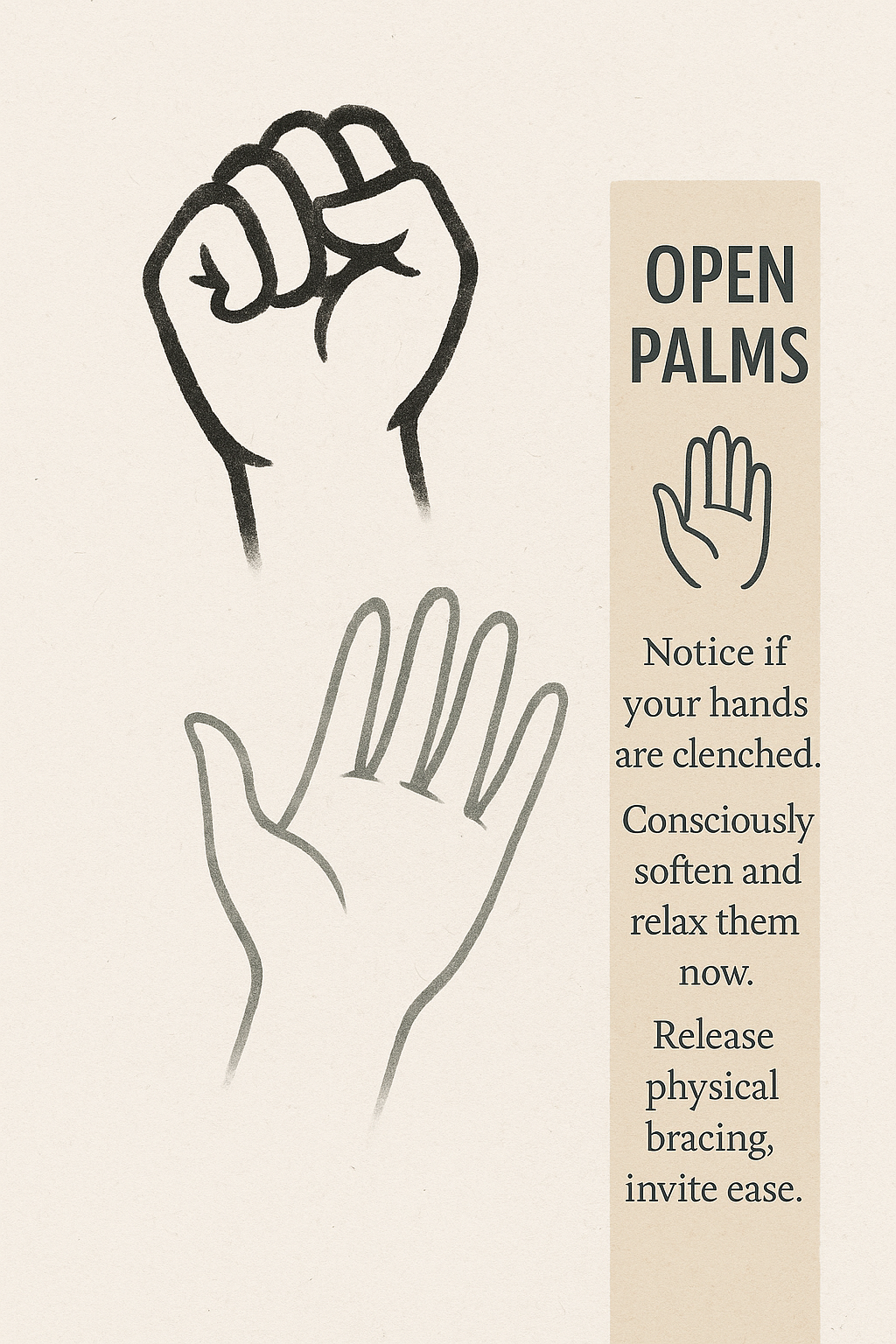
Unclench Fists Now Gently
Check if your hands are clenched and consciously relax them. Release physical bracing.
Why This Matters
Clenched fists often signal unconscious tension or defensiveness. Releasing them sends a signal of safety to thenervous system, promoting relaxation and reducing fight-or-flight readiness.

Send 1 Kind Thought
Silently wish someone well (friend, stranger, self). Cultivate positive connection.
Why This Matters
Practicing kindness, even mentally, activates positive emotional circuits. It counteracts negativity bias,fosters compassion, and enhances feelings of connection, boosting emotional resilience.
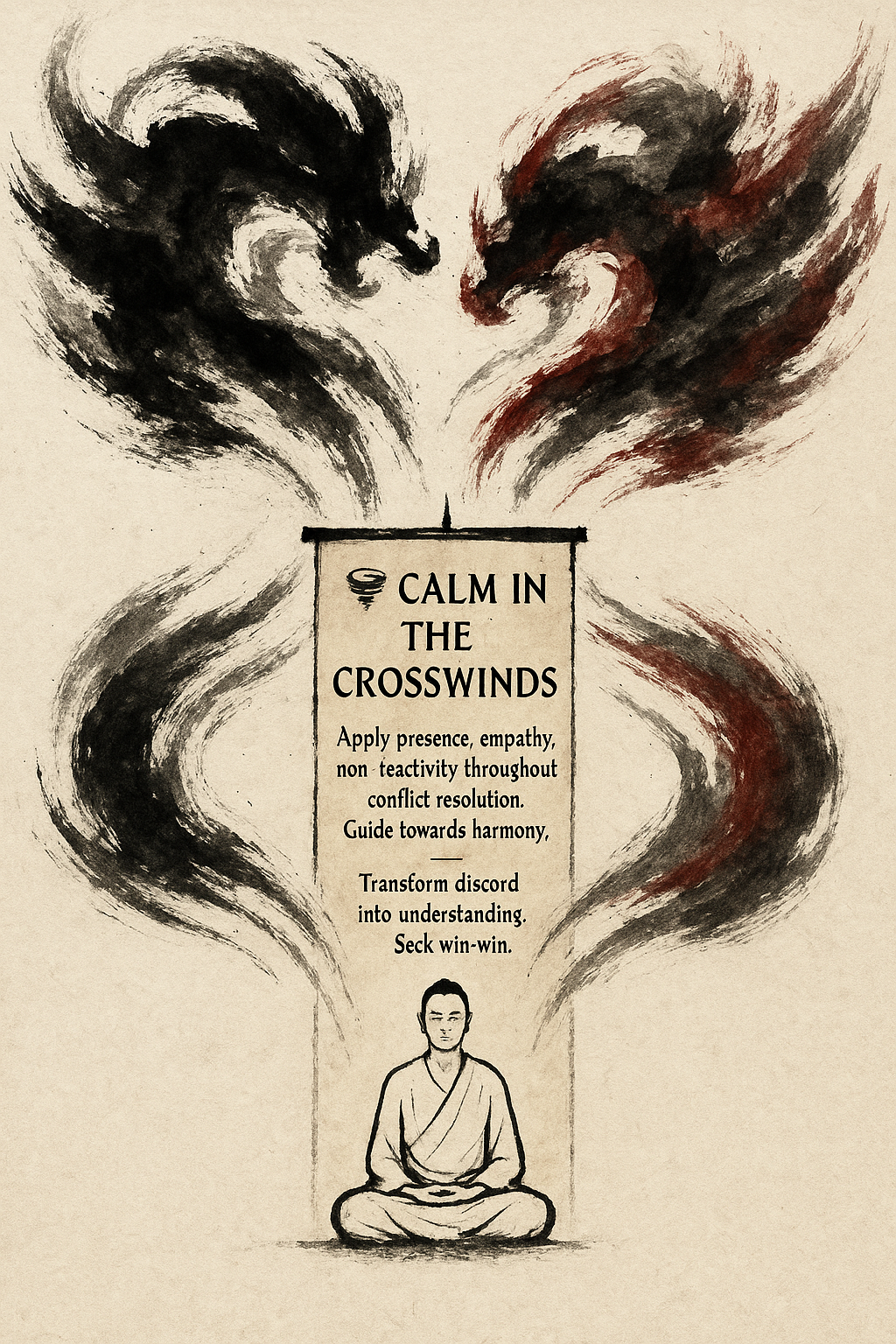
Ground with 5-4-3-2-1 Senses
Name 5 things you see, 4 you feel, 3 you hear, 2 you smell, 1 you taste. Anchor in senses.
Why This Matters
This technique rapidly pulls attention from overwhelming thoughts to the present environment. Engaging allsenses provides strong grounding, reducing anxiety and restoring immediate clarity and calm.
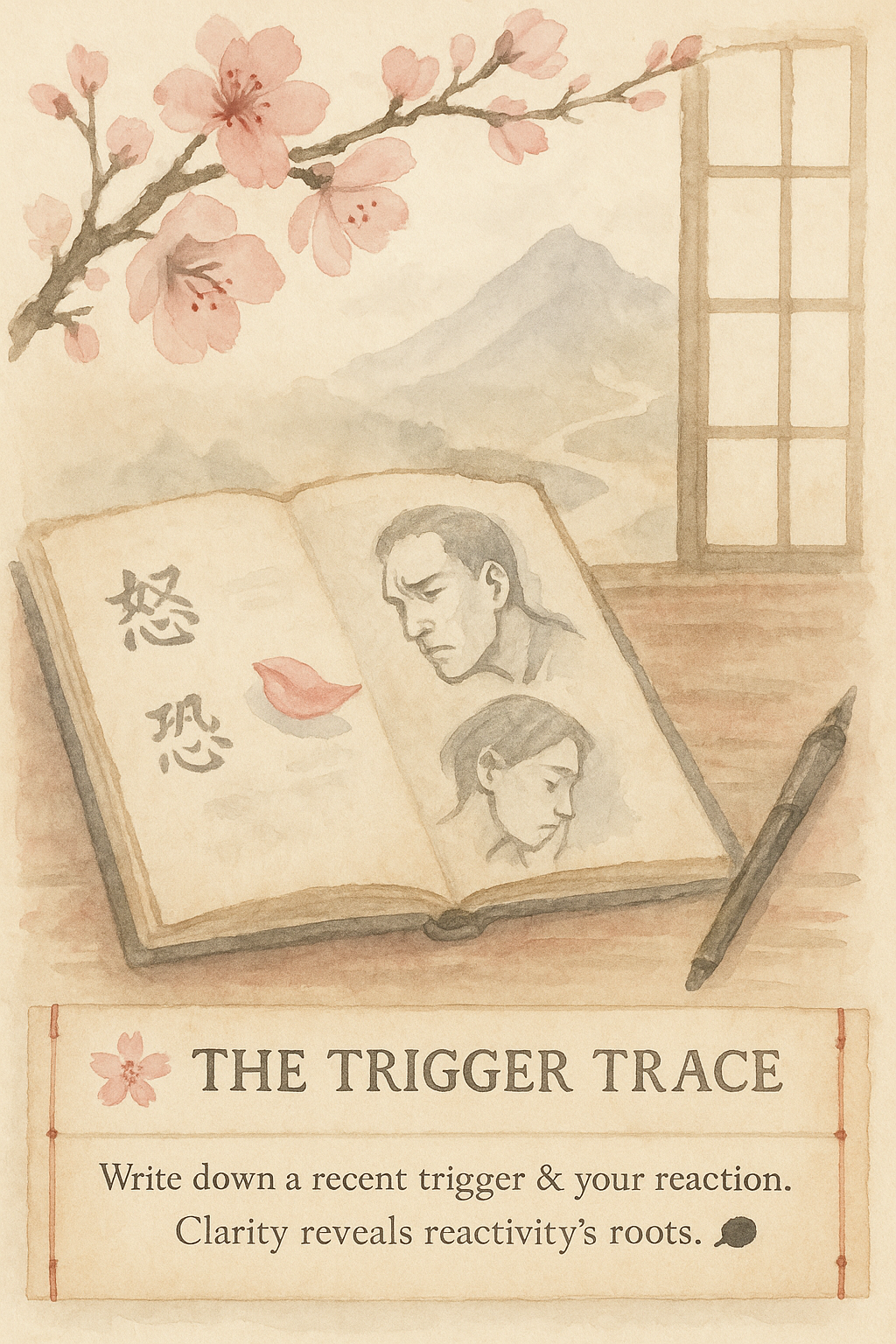
Journal 1 Trigger Response
Write down a recent situation that triggered you and your reaction. Increase self-awareness.
Why This Matters
Understanding your triggers and automatic responses is crucial for changing them. This reflection buildsemotional intelligence and clarity about your patterns, enabling more resilient choices next time.
Practice 5-Min Body Scan
Systematically bring awareness to different body parts for 5 mins. Connect mind and body.
Why This Matters
A body scan cultivates interoception and mindful awareness of physical sensations. It helps release tension,identify stored emotions, and builds the capacity to stay present with bodily experience, enhancing resilience.
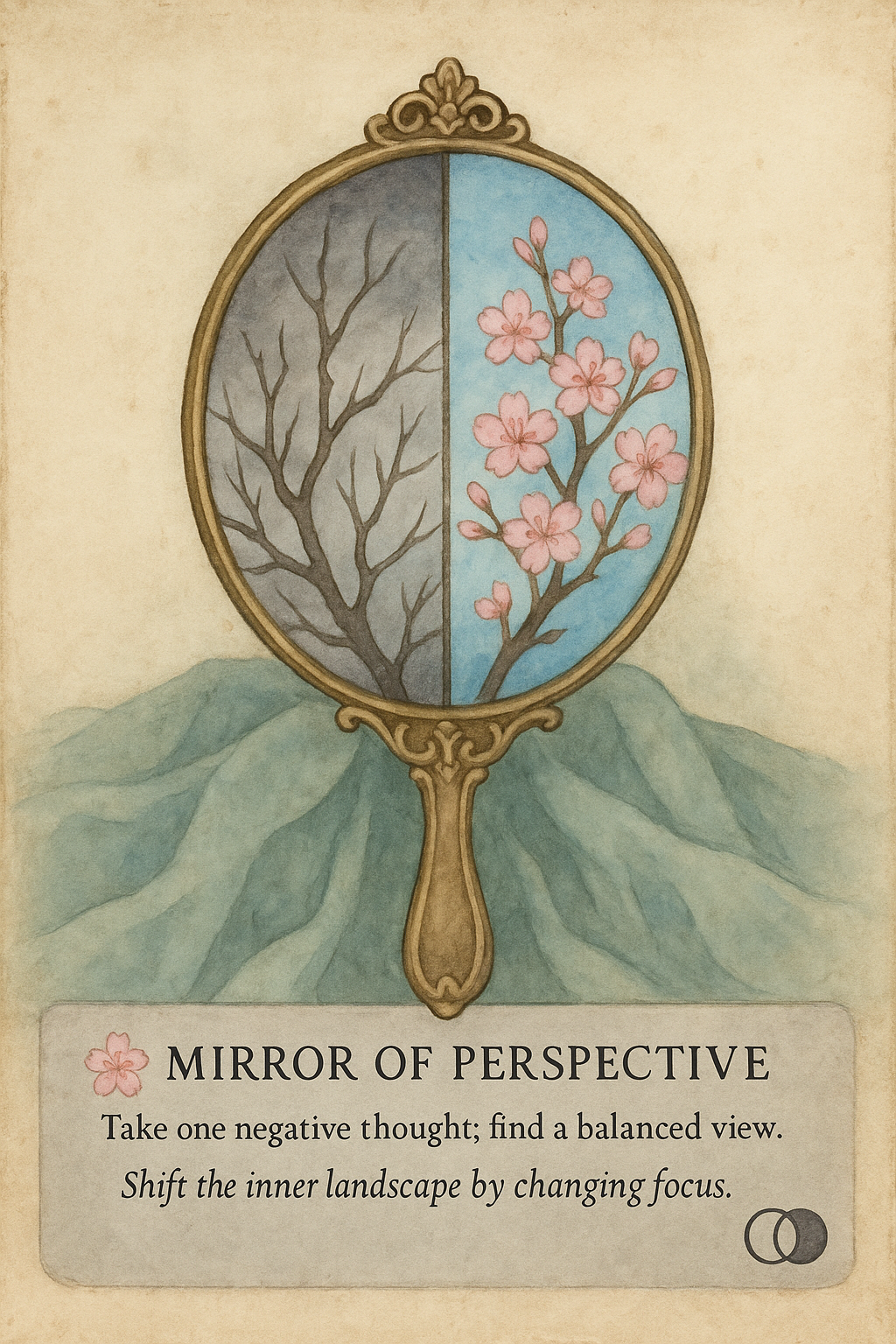
Identify 1 Cognitive Distortion
Review recent thoughts and identify one thinking error (e.g., catastrophizing). Challenge unhelpfulpatterns.
Why This Matters
Cognitive distortions fuel negative emotions and hinder clear thinking. Identifying them is the first step incognitive restructuring (CBT), enhancing mental clarity and building resilience against unhelpful thought loops.

Reframe 1 Negative Thought
Take a negative thought and consciously find a more balanced perspective. Shift your internalnarrative.
Why This Matters
Reframing helps challenge automatic negative thinking, reducing its emotional impact. This cognitive skillbuilds mental flexibility and resilience by training you to find more constructive viewpoints, improving clarity.

Set Daily Intention Mindfully
Start your day by mindfully setting an intention for how you want to be or act. Guide your focus.
Why This Matters
Intentions act as a compass, guiding behavior and focus throughout the day. Setting them mindfully increasesclarity on what matters, aligns actions with values, and builds proactive resilience.
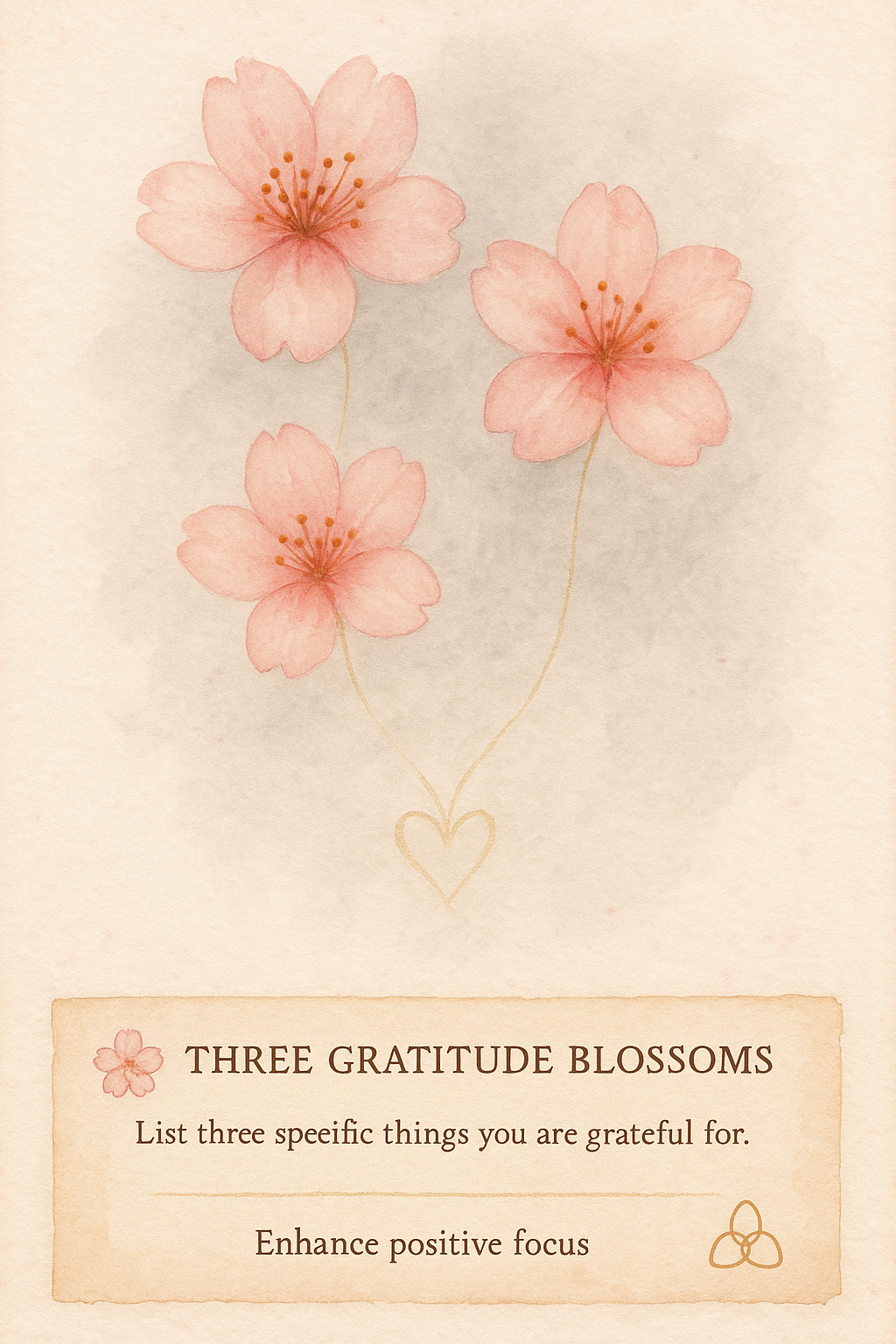
List 3 Things Grateful For
Write down or mentally list three specific things you're grateful for today. Enhance positive focus.
Why This Matters
Regular gratitude practice rewires the brain to notice positives, counteracting negativity bias. This buildsemotional resilience, improves mood, and provides perspective during challenging times.

Practice Mindful Commute Segment
Choose a 5-minute part of your commute to be fully present (walking, driving, transit). Anchor in thejourney.
Why This Matters
Commutes are often done on autopilot or filled with stress. Injecting mindfulness transforms dead time into anopportunity for presence, reducing reactivity and starting/ending the workday with greater clarity.
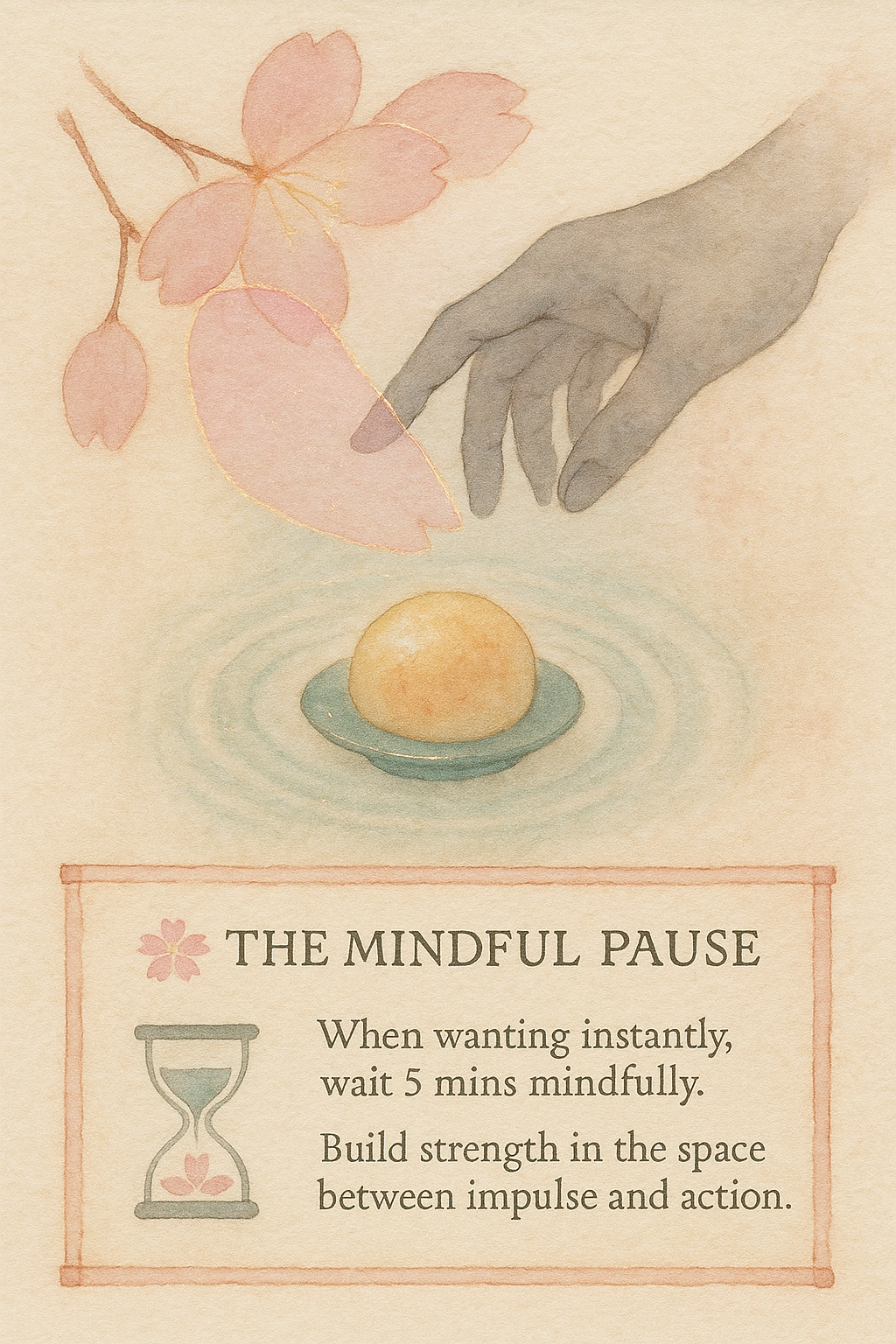
Delay Gratification 5 Mins
When wanting something instantly (snack, purchase), wait 5 minutes mindfully. Build impulse control.
Why This Matters
Practicing delayed gratification strengthens self-discipline and reduces impulsivity. This builds resilienceagainst immediate urges and fosters clearer, more intentional decision-making.

Identify 1 Unmet Need
When feeling upset, ask 'What need is not being met right now?' (e.g., rest, connection). Gain emotionalinsight.
Why This Matters
Negative emotions often signal unmet needs (based on Nonviolent Communication - NVC). Identifying the underlyingneed provides clarity on the root cause, enabling more effective self-care and resilient coping strategies.

Practice Self-Compassion Break Phrase
In difficulty, say 'This is a moment of suffering. Suffering is part of life. May I be kind to myself.'Soothe yourself.
Why This Matters
Self-compassion activates soothing systems, countering the stress response. Using these phrases (from KristinNeff) builds emotional resilience by offering yourself support instead of criticism during hardship.
Name Emotion & Intensity
Identify an emotion and rate its intensity (1-10). Increase emotional granularity.
Why This Matters
Precisely naming and scaling emotions enhances emotional intelligence. This granularity allows for more tailoredregulation strategies, improving clarity about your internal state and boosting resilience.
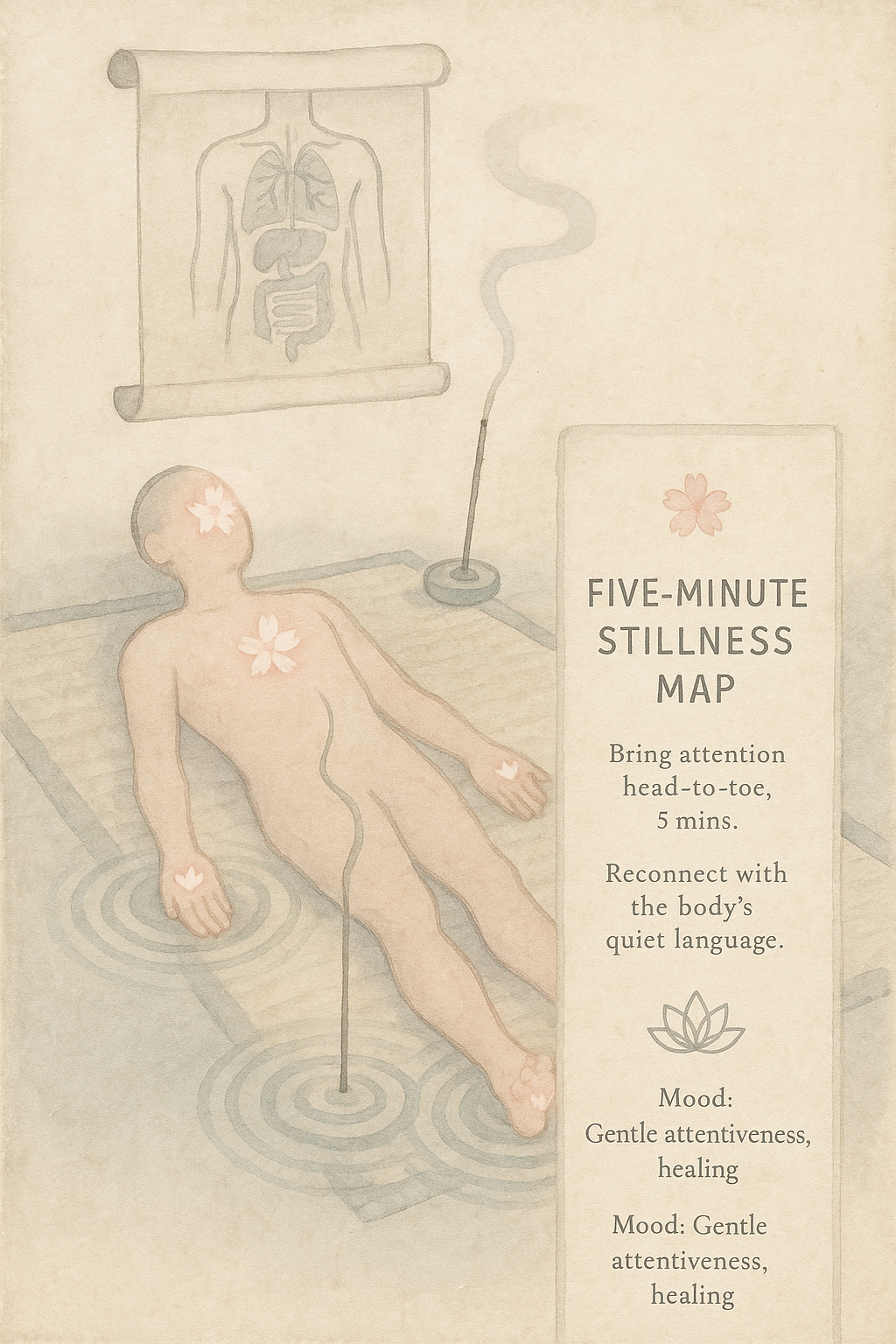
Meditate 5 Mins Uninterrupted
Sit for 5 minutes focusing on your breath or a chosen anchor. Build consistent focus.
Why This Matters
Even short, consistent meditation trains attention, reduces mind-wandering, and calms the nervous system. Thisfoundational practice builds mental clarity and strengthens the 'muscle' of mindful awareness for resilience.

Observe Emotions Like Clouds
Visualize difficult emotions as weather clouds passing through the sky of your awareness. Practicenon-identification.
Why This Matters
This metaphor fosters emotional detachment, helping you observe feelings without being consumed by them. Itenhances clarity by creating space and builds resilience by reducing emotional reactivity.
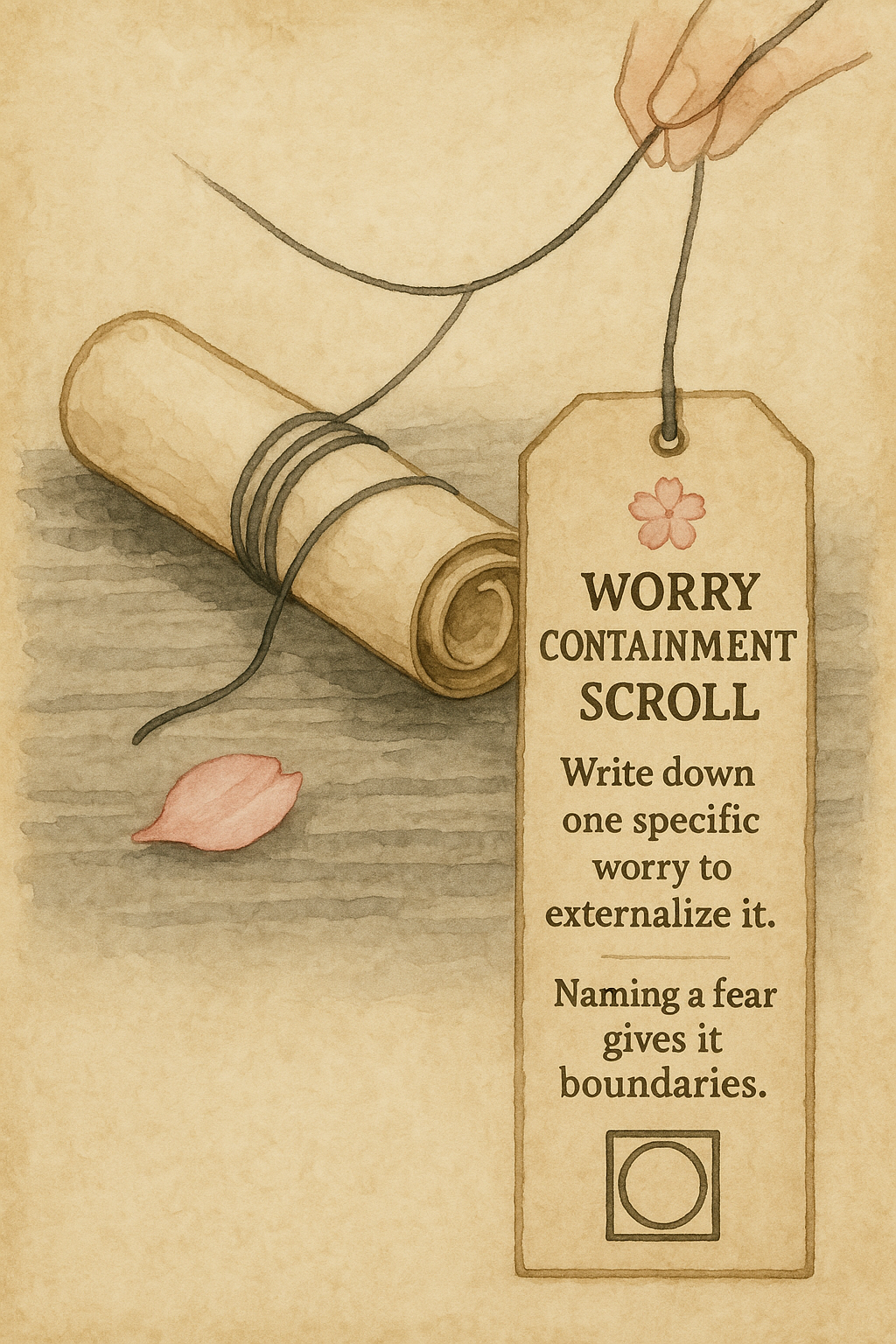
Write Down 1 Worry Item
Externalize one worry by writing it down specifically. Contain anxious thoughts.
Why This Matters
Writing worries down can make them feel more manageable and less overwhelming. This act of externalizationprovides mental clarity and distance, reducing rumination and building resilience against anxiety.
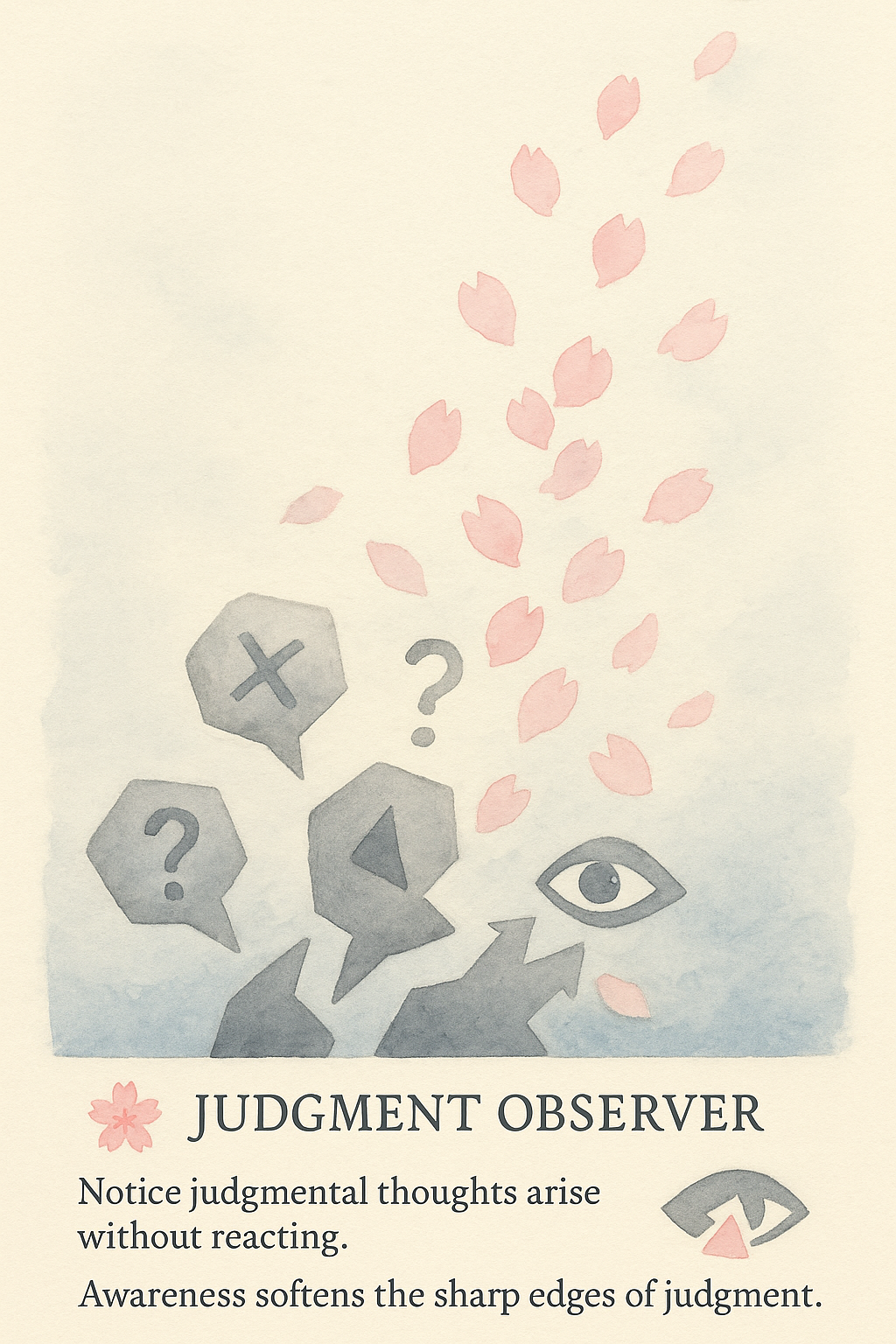
Notice Judgments Non-Reactively
Observe judgmental thoughts (of self/others) arise without acting on them. Cultivate non-judgmentalawareness.
Why This Matters
Judgmental thinking fuels negativity and separation. Noticing judgments without entanglement weakens their grip,fostering acceptance, clarity in perception, and greater emotional resilience.

Plan 1 Mindful Transition
Intentionally plan a brief mindful pause between two activities (e.g., work/home). Manage energyshifts.
Why This Matters
Transitions are often rushed, leading to stress spillover. A mindful transition creates a buffer, allowing youto consciously shift gears, reset focus, and maintain clarity and resilience across different life domains.
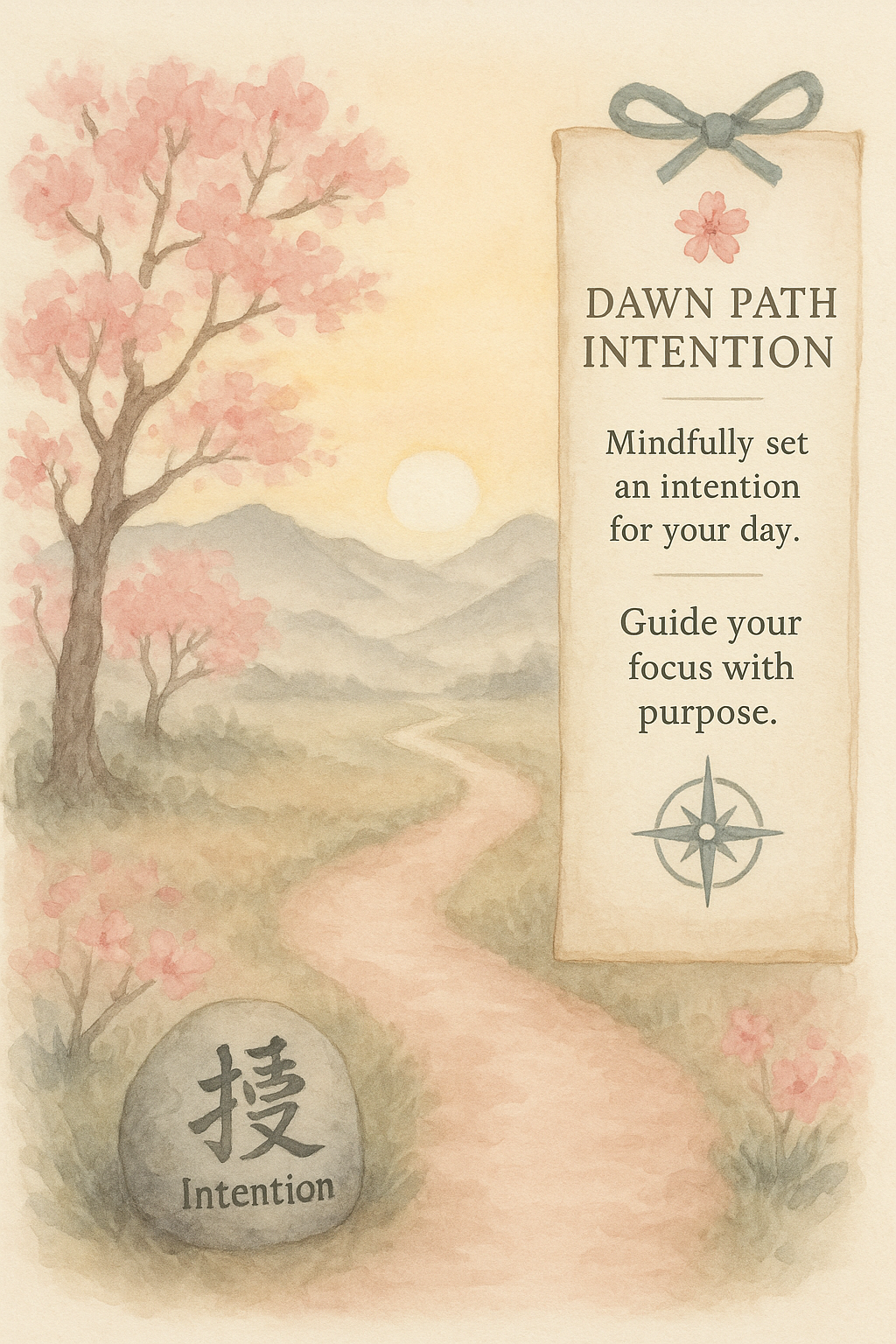
Practice Mindful Walking 10 Mins
Walk for 10 minutes focusing on body sensations or surroundings. Integrate mindfulness into movement.
Why This Matters
Mindful walking combines physical activity benefits with mental training. It enhances body awareness, groundsyou in the present, reduces stress, and provides clarity through embodied presence.
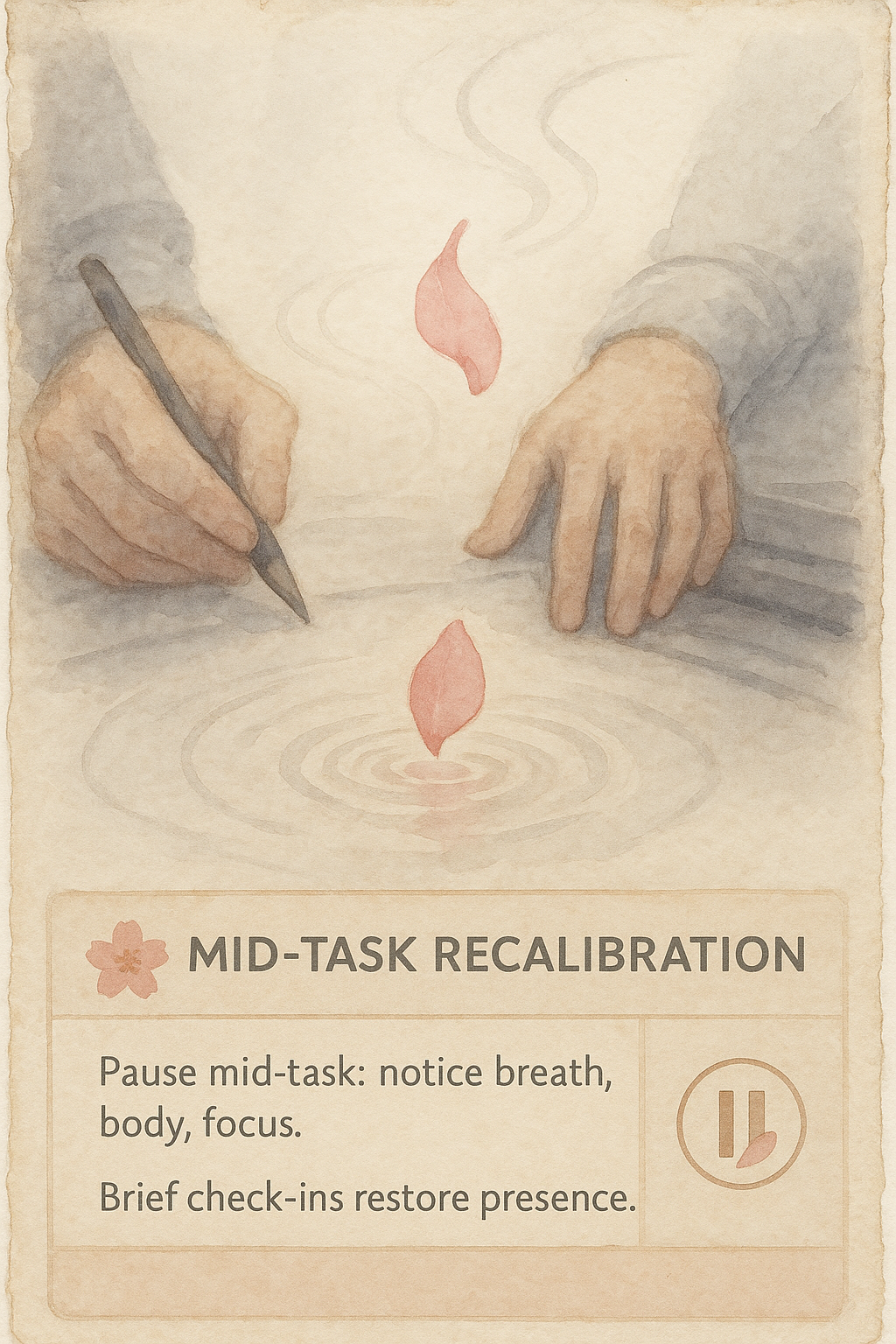
Check In Mid-Task Briefly
Pause briefly during a task to notice your breath, body, and focus level. Regain presence.
Why This Matters
It's easy to get lost in tasks and build up tension. A brief check-in interrupts autopilot, allows for coursecorrection (e.g., relaxing shoulders), and restores clarity and focus, preventing burnout.

Identify 1 Personal Strength
Reflect on and name one of your character strengths (e.g., kindness, perseverance). Acknowledge yourresources.
Why This Matters
Focusing on strengths builds self-efficacy and positive self-regard. Recognizing your inner resources enhancesresilience by reminding you of your capacity to cope and thrive, boosting confidence and clarity.
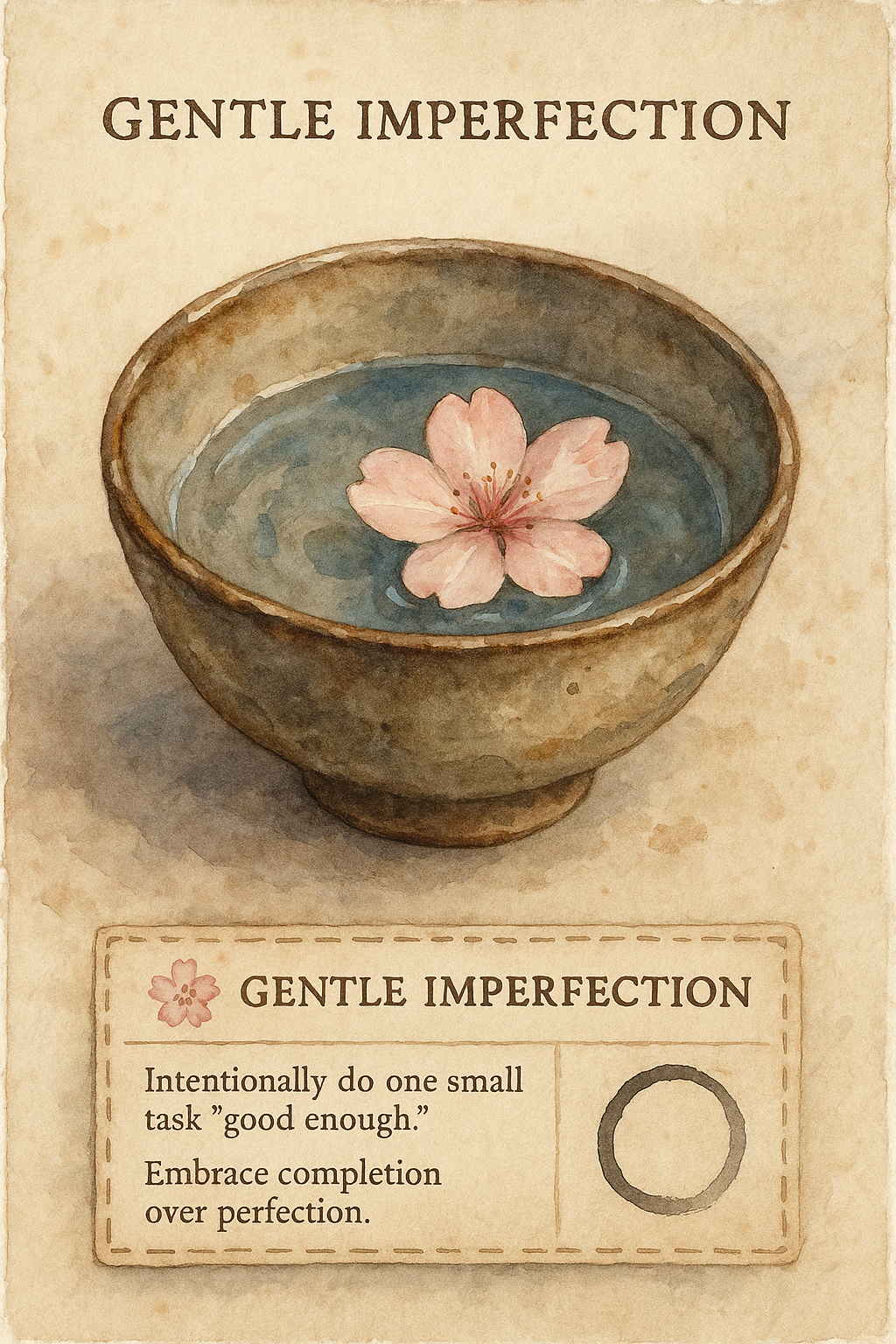
Do 1 Task Imperfectly
Intentionally complete one small task 'good enough' instead of perfectly. Challenge perfectionism.
Why This Matters
Perfectionism fuels anxiety and procrastination. Practicing imperfection builds tolerance for flaws, reducesself-criticism, and fosters resilience by embracing realistic standards and progress over paralysis.
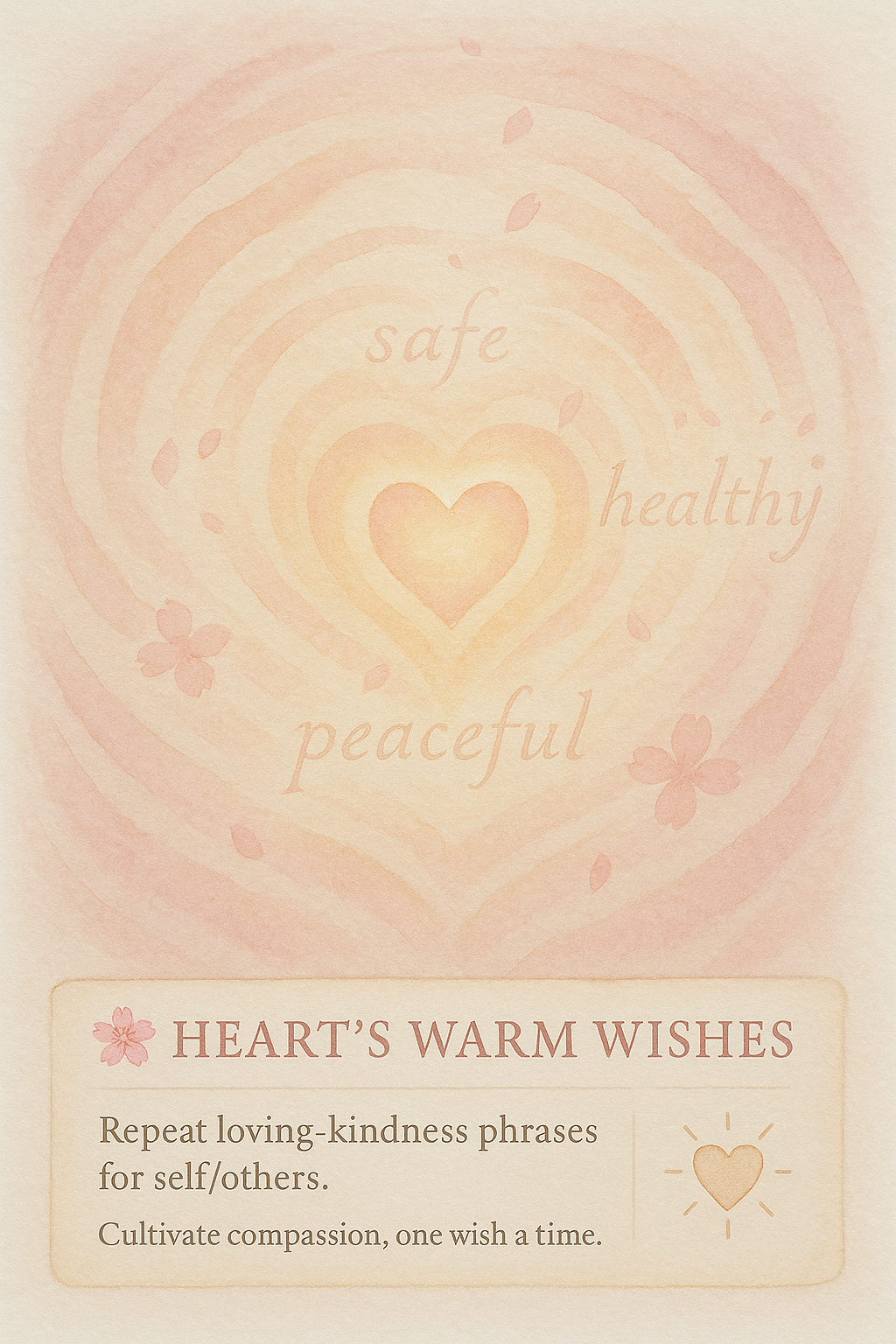
Practice 'Loving-Kindness' Phrase Set
Repeat phrases like 'May I be safe, may I be healthy...' for self/others. Cultivate compassion.
Why This Matters
Loving-kindness meditation builds positive emotions and prosocial behavior. It enhances emotional resilience byfostering warmth, connection, and compassion, reducing hostility and self-criticism.

Acknowledge Discomfort, Breathe Into It
Notice physical or emotional discomfort and breathe gently 'into' the sensation. Practice acceptance.
Why This Matters
Avoiding discomfort often amplifies it. Mindfully acknowledging and breathing into it builds tolerance andacceptance (key ACT principles), enhancing emotional regulation and resilience when facing challenges.
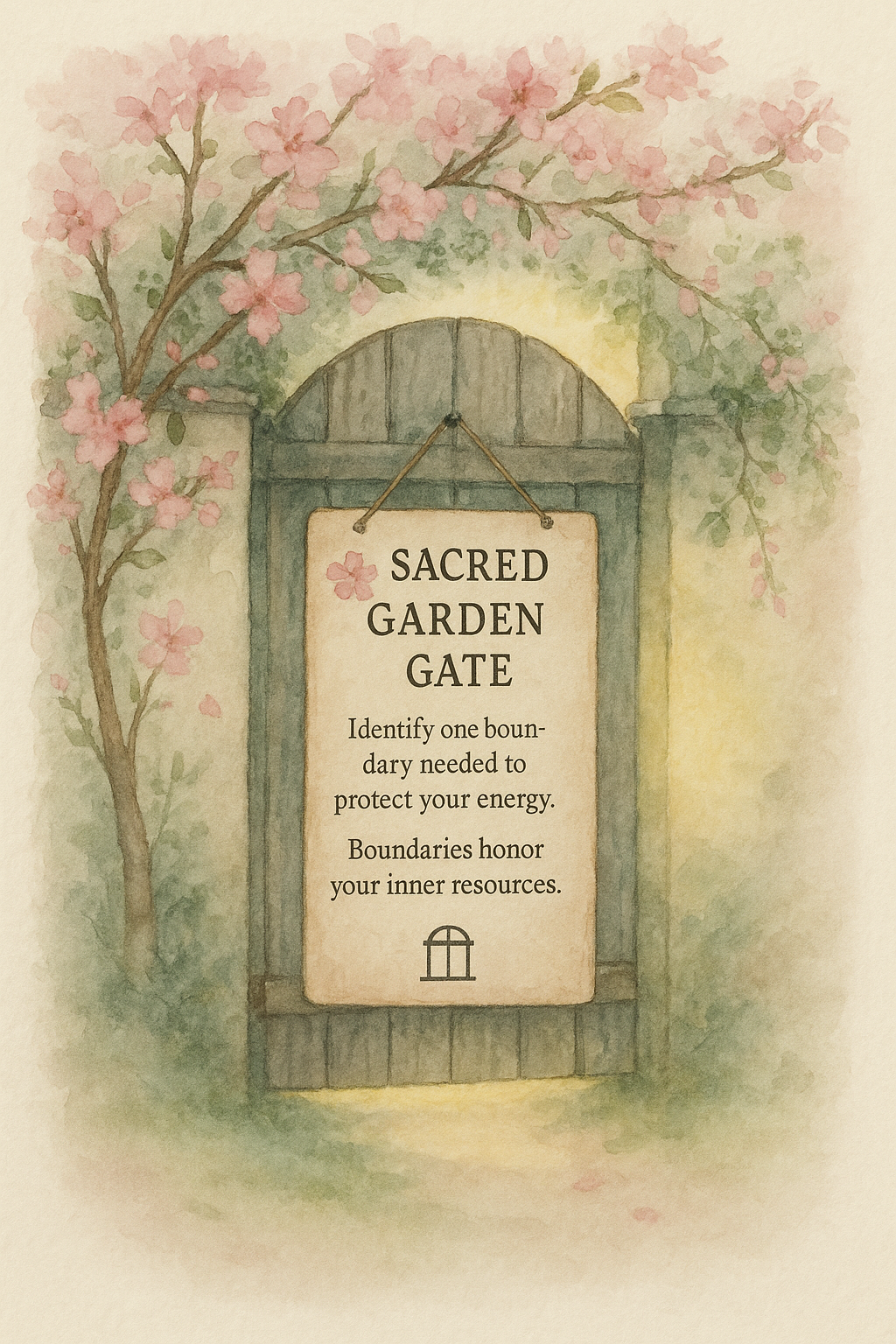
Identify 1 Boundary Needed
Reflect on your energy/commitments and identify one boundary you need to set. Protect your resources.
Why This Matters
Healthy boundaries protect your energy, time, and well-being. Identifying needed boundaries enhancesself-awareness and empowers you to act, building resilience against burnout and resentment.
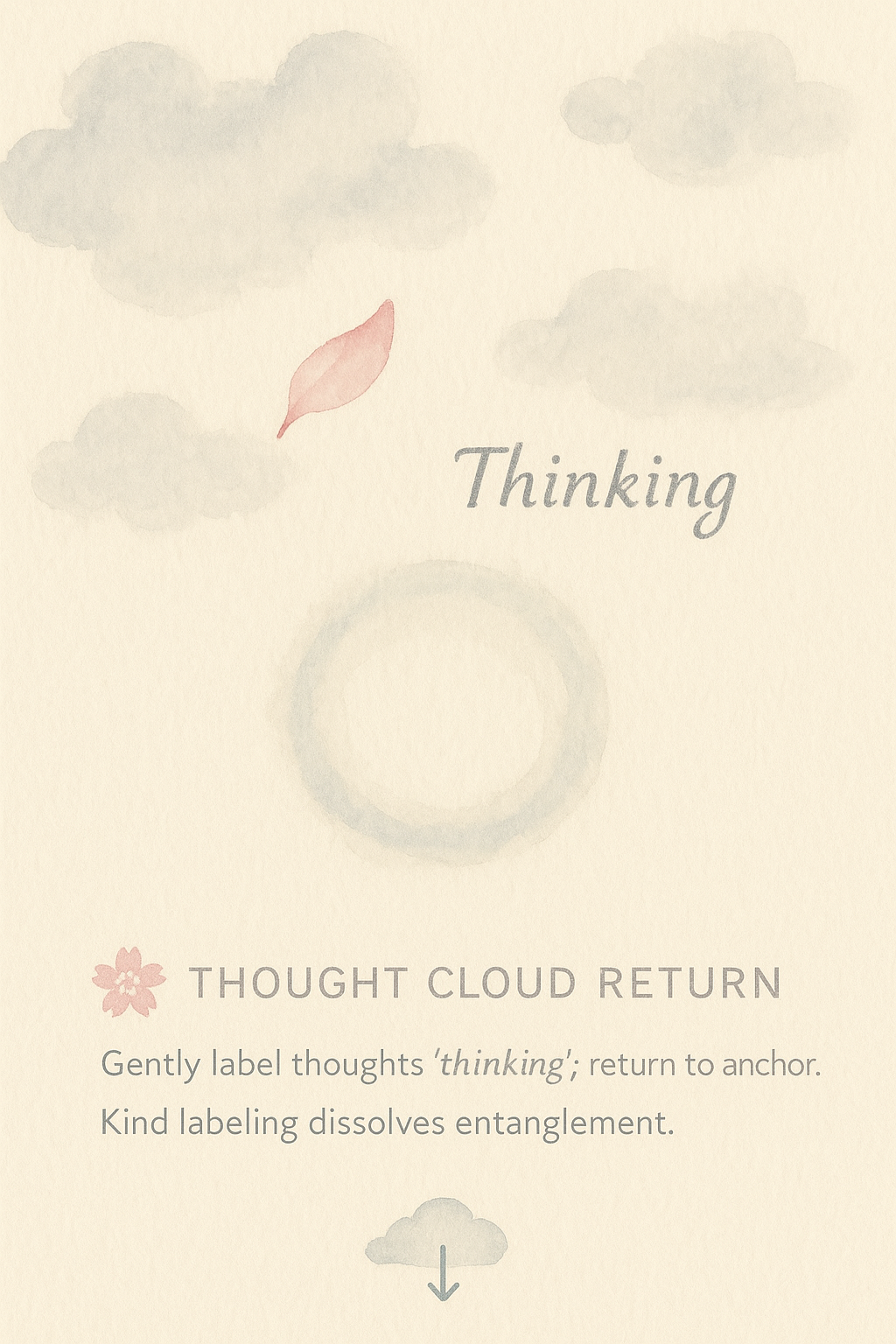
Label Thoughts 'Thinking' Gently
When lost in thought during mindfulness, gently label it 'thinking'. Return to anchornon-judgmentally.
Why This Matters
Labeling thoughts helps detach from their content without judgment. This core meditation skill buildsmeta-awareness (awareness of awareness), enhances focus, and fosters clarity by recognizing thoughts as mental events.

Reflect on 1 Success Daily
Acknowledge one thing you did well or achieved today, however small. Build self-efficacy.
Why This Matters
Focusing on successes, even minor ones, counteracts negativity bias and builds confidence. This enhancesresilience by reinforcing your capabilities and providing evidence of competence.
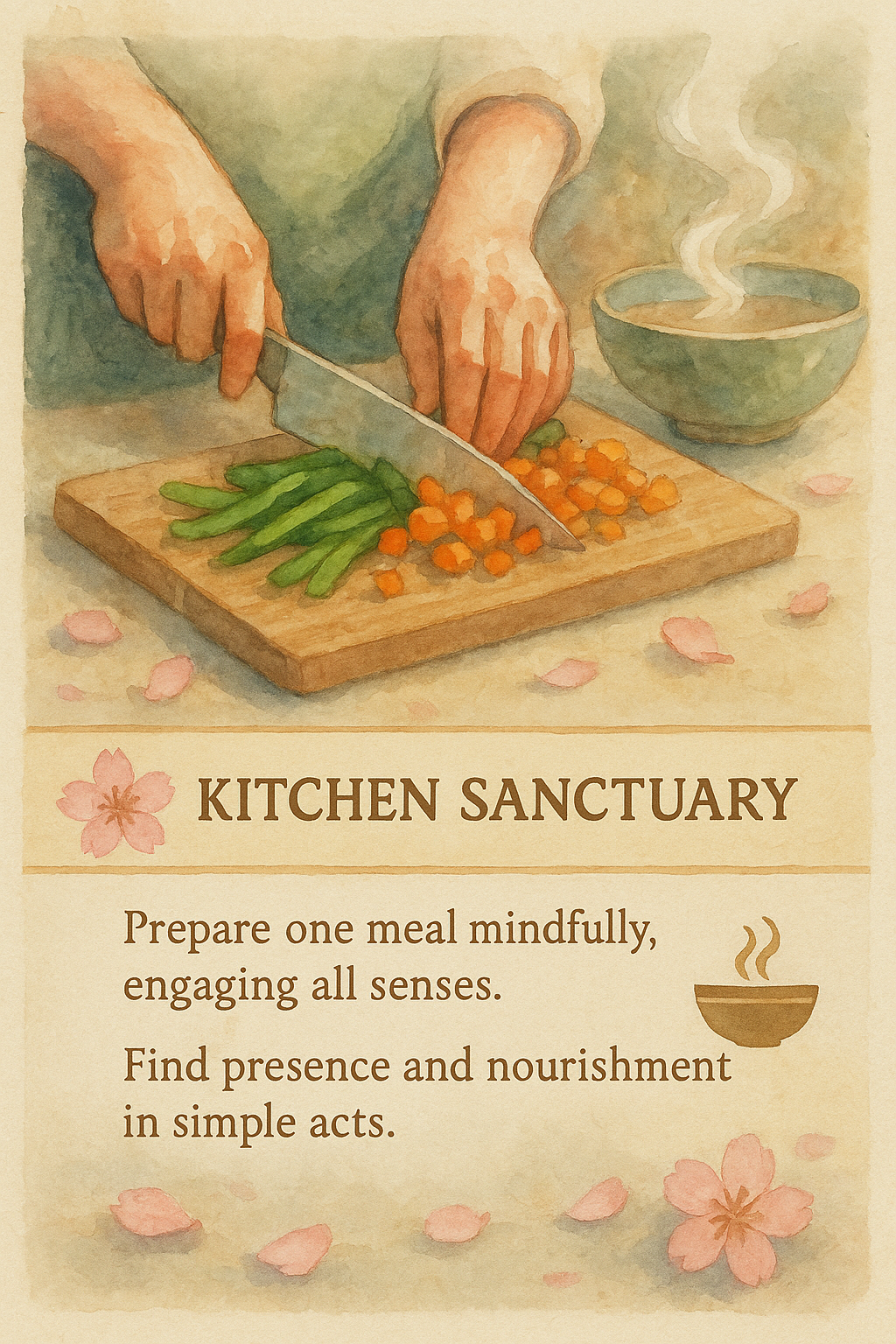
Mindfully Prepare 1 Meal
Engage fully in the process of preparing a meal, noticing sights, sounds, smells, textures. Findpresence in routine.
Why This Matters
Transforming a routine task into a mindful practice enhances appreciation and presence. It reduces stressassociated with chores and provides an opportunity for sensory grounding and clarity.
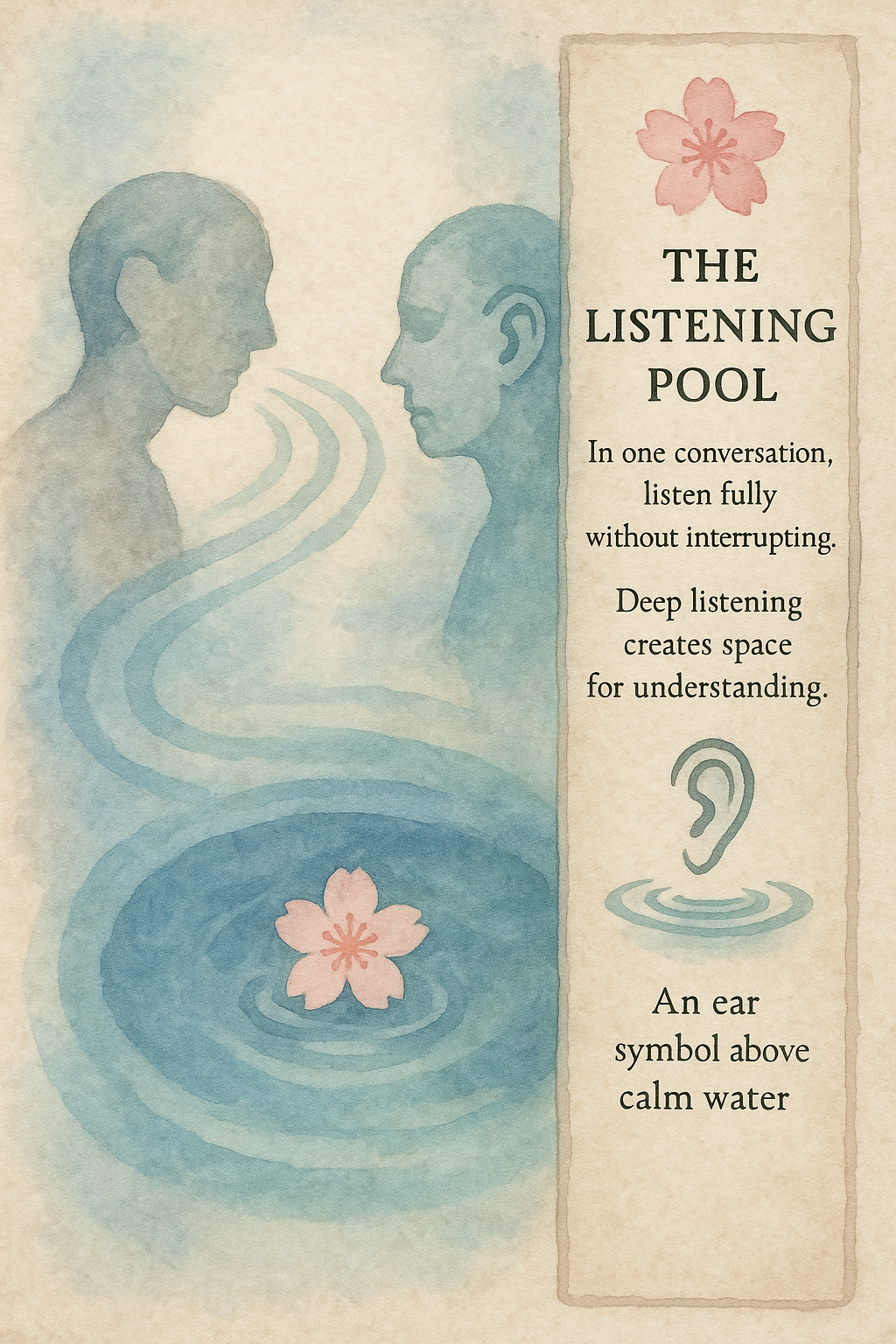
Listen Without Interrupting Once
In one conversation today, focus solely on listening without interrupting. Practice deep listening.
Why This Matters
Interrupting often stems from ego or impatience. Practicing non-interruption enhances listening skills, fostersempathy, improves relationship clarity, and builds relational resilience.

Identify 1 'Should' Statement
Notice when you use 'should' or 'shouldn't' about yourself/others. Question rigid expectations.
Why This Matters
'Shoulds' often create guilt, pressure, and judgment. Identifying them exposes rigid thinking patterns, allowingfor more flexible and compassionate self-talk, enhancing clarity and resilience.
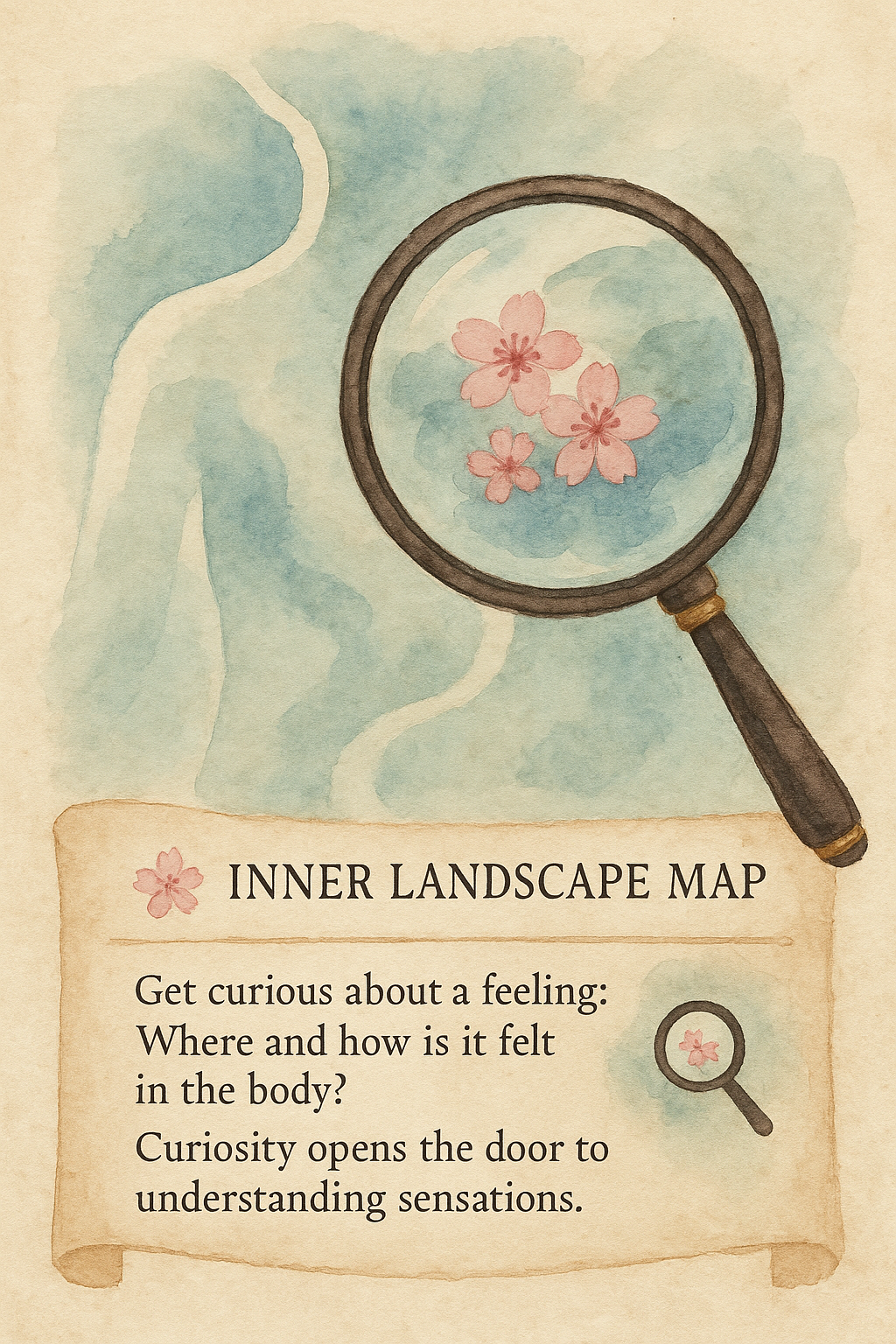
Explore Curiosity About Feeling
Instead of judging a feeling, ask 'What does this feel like in my body?' Explore with curiosity.
Why This Matters
Curiosity diffuses the intensity of difficult emotions. Approaching feelings with openness rather thanresistance builds emotional intelligence and resilience by fostering acceptance and deeper understanding.
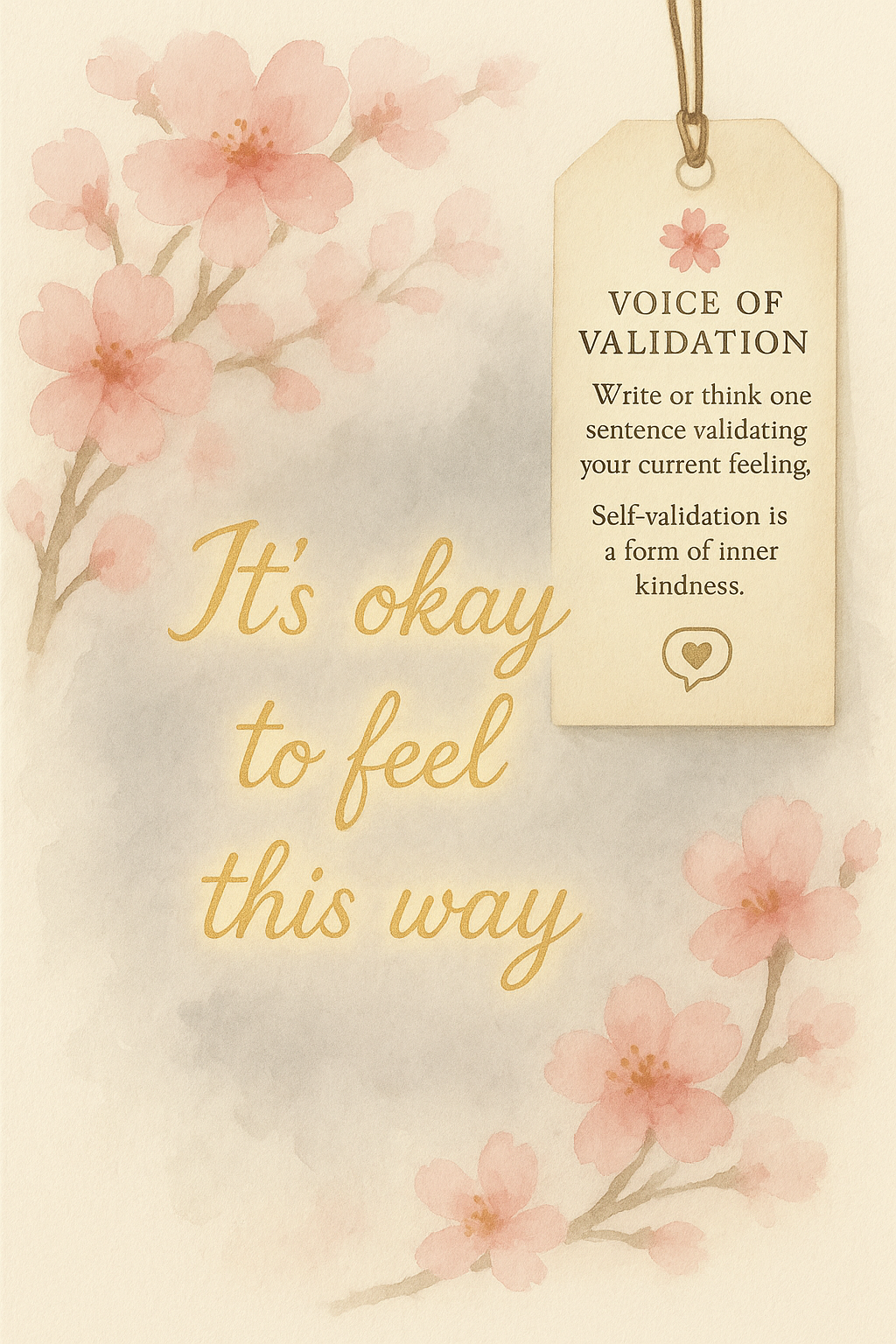
Write 1 Sentence Self-Validation
Acknowledge your feeling/experience as valid, e.g., 'It makes sense I feel tired'. Offer internalsupport.
Why This Matters
Self-validation counteracts self-criticism and dismissal of feelings. It builds emotional resilience byaffirming your internal experience, fostering self-acceptance and clearer emotional processing.

Notice Rumination Pattern Start
Become aware when your mind starts replaying negative thoughts or events. Catch the loop early.
Why This Matters
Rumination amplifies distress and clouds judgment. Recognizing the pattern early allows you to consciouslydisengage using mindfulness or coping skills, preserving mental clarity and resilience.
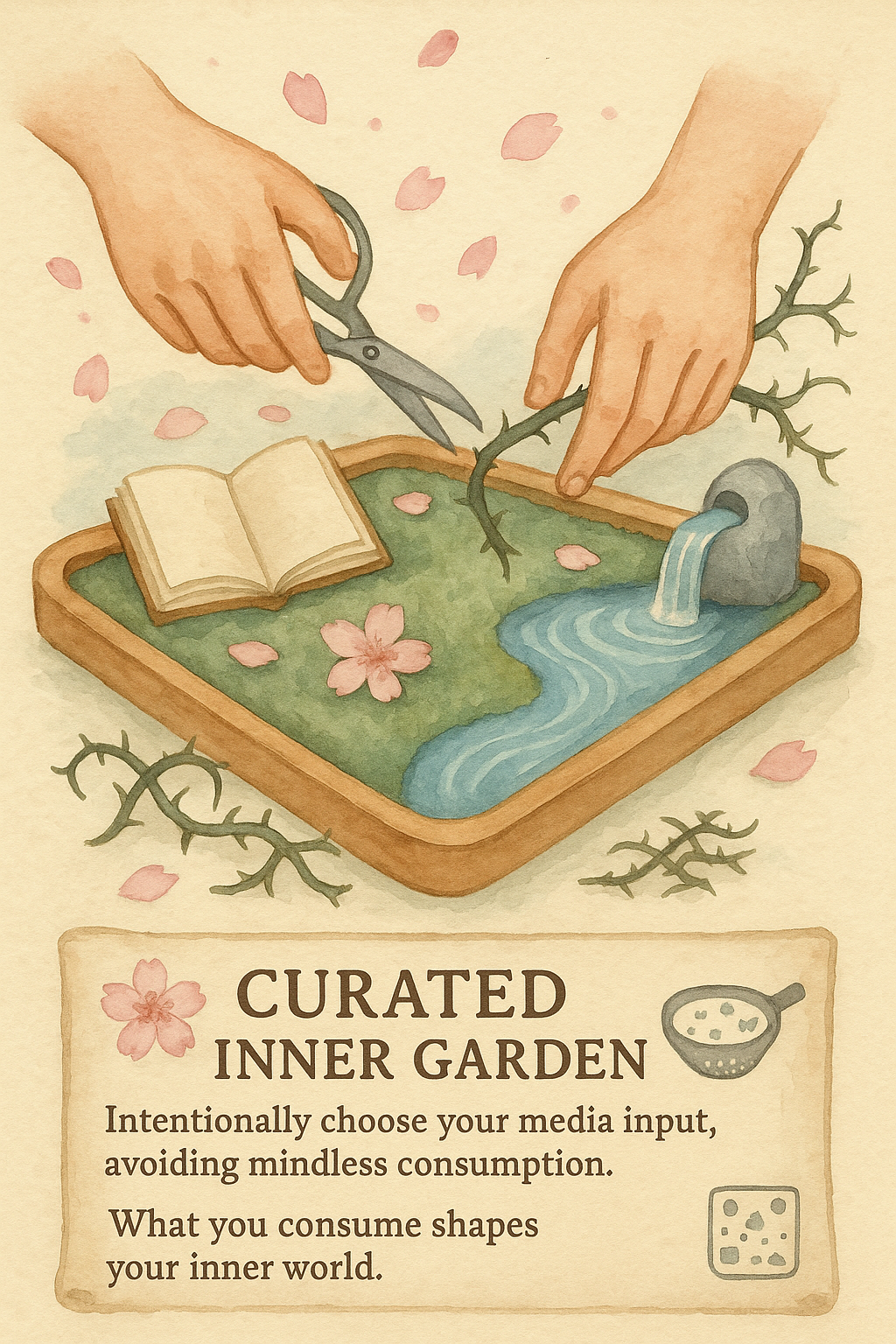
Choose Mindful Media Consumption
Intentionally choose what media you consume for a period, avoiding mindless scrolling. Curate yourinput.
Why This Matters
Mindless media consumption can increase anxiety and distract from priorities. Conscious choice enhances mentalclarity, reduces emotional reactivity triggered by content, and builds resilience to digital overload.
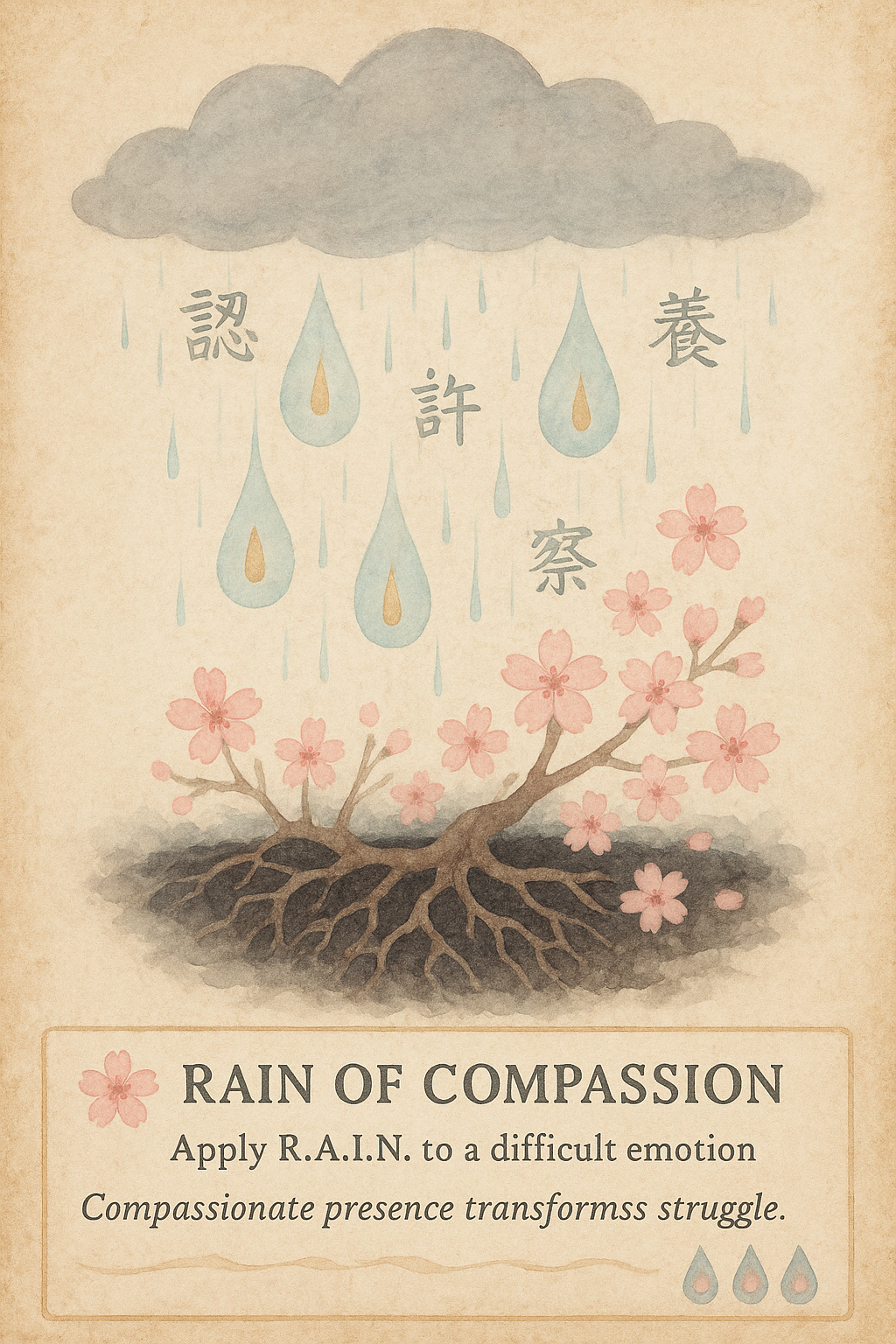
Practice 'RAIN' on Difficulty
Apply Recognize, Allow, Investigate, Nurture (RAIN) to a difficult emotion. Process with compassion.
Why This Matters
RAIN (by Tara Brach) provides a structured way to mindfully process difficult emotions. It builds resilience byfostering acceptance, self-compassion, and insight, rather than suppression or overwhelm.
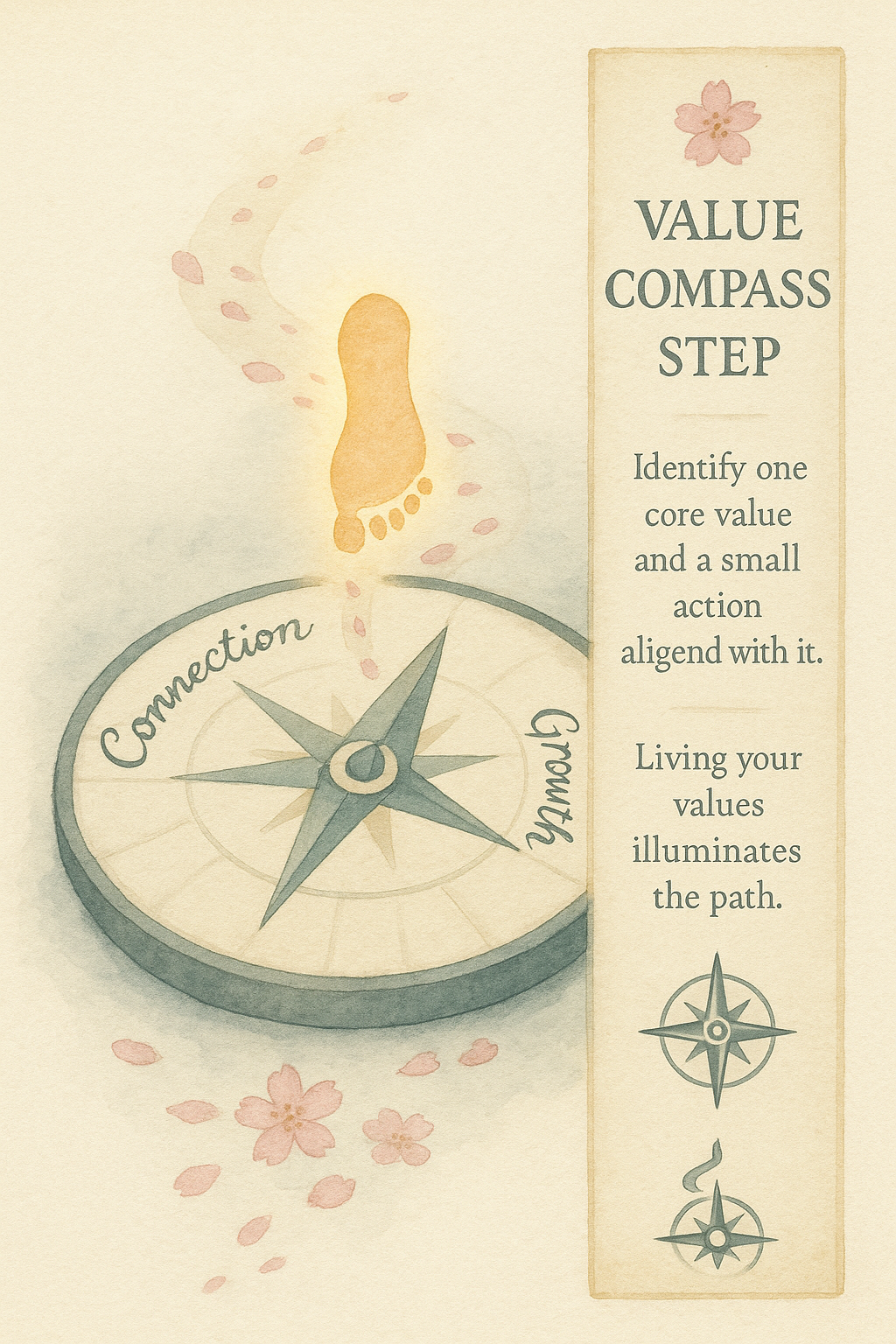
Identify 1 Value Action
Choose one core value (e.g., connection) and identify one small action aligned with it. Live yourvalues.
Why This Matters
Acting in alignment with values provides meaning and direction, especially during hardship. Identifyingvalue-based actions enhances clarity on what matters most and builds resilience rooted in purpose.
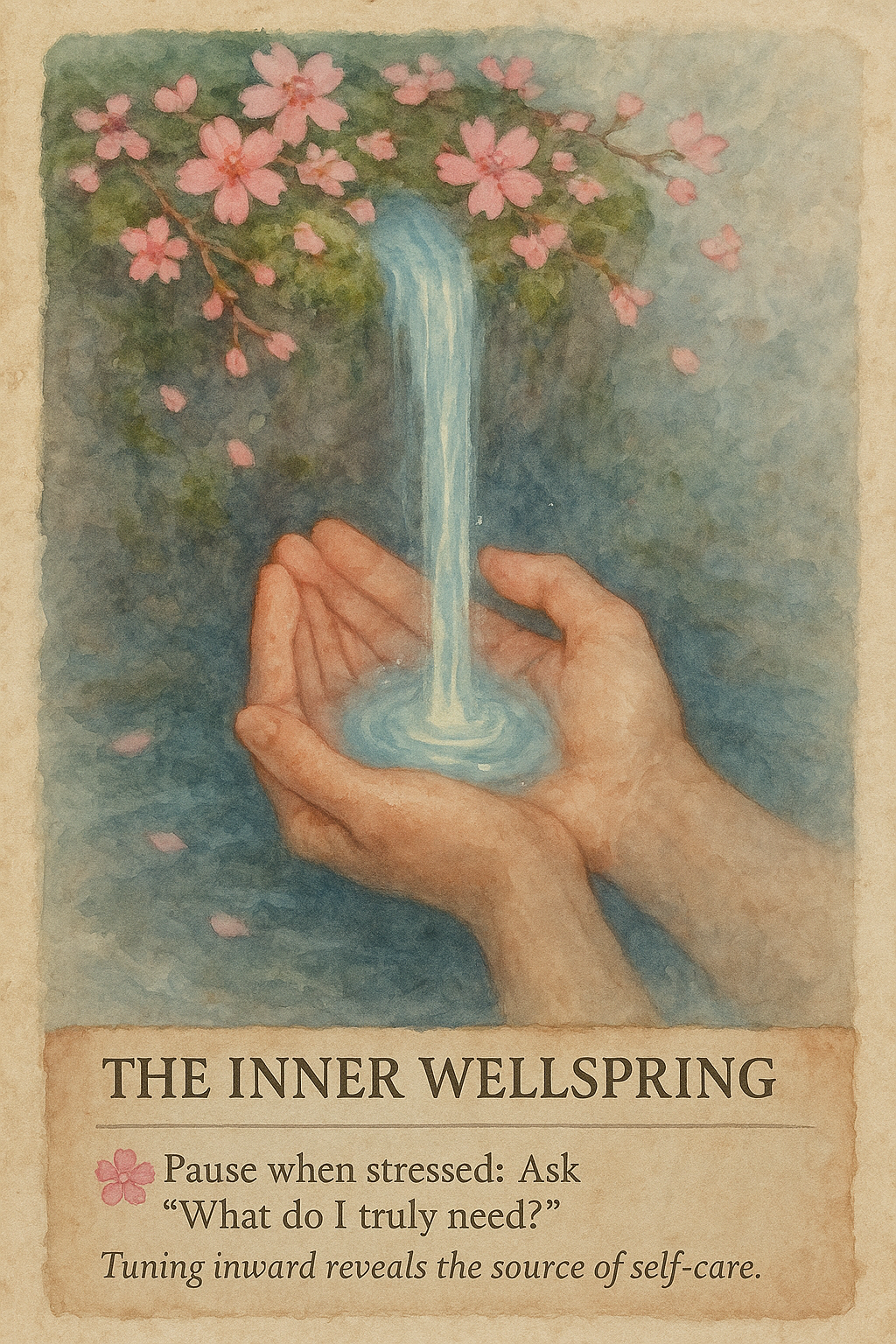
Ask 'What Do I Need?'
Pause when feeling stressed or depleted and ask yourself 'What do I truly need right now?' Tune intoself-care.
Why This Matters
This simple question fosters self-awareness and responsive self-care. Regularly checking in on your needs buildsresilience by ensuring you replenish resources before reaching burnout, maintaining clarity.
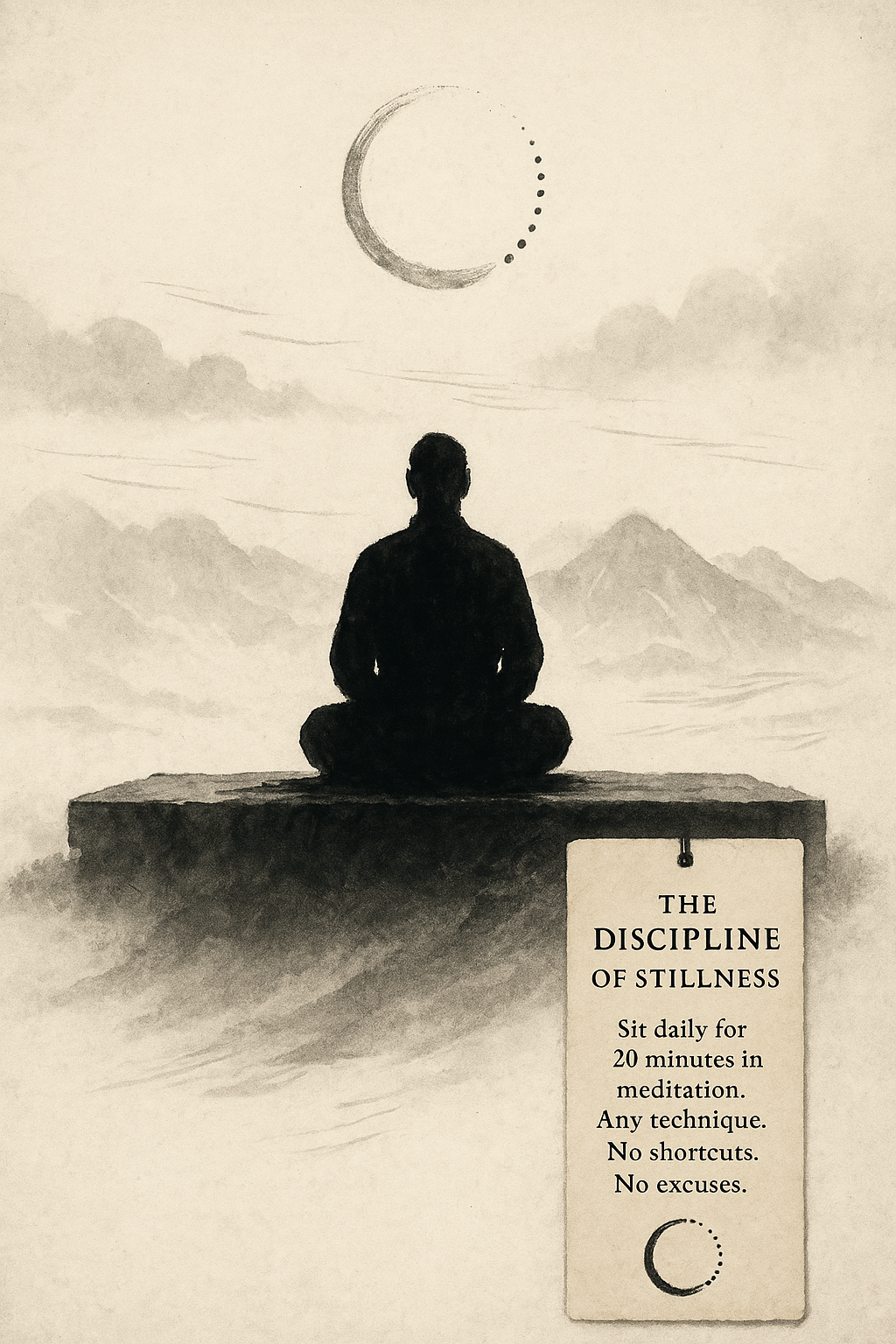
Meditate 20 Mins Daily
Commit to a daily 20-minute meditation practice (choose technique). Deepen mindful awareness.
Why This Matters
Longer, consistent meditation yields significant benefits in attention regulation, emotional balance, and stressreduction. This practice deeply trains the mind for clarity and builds robust resilience through neuroplastic changes.
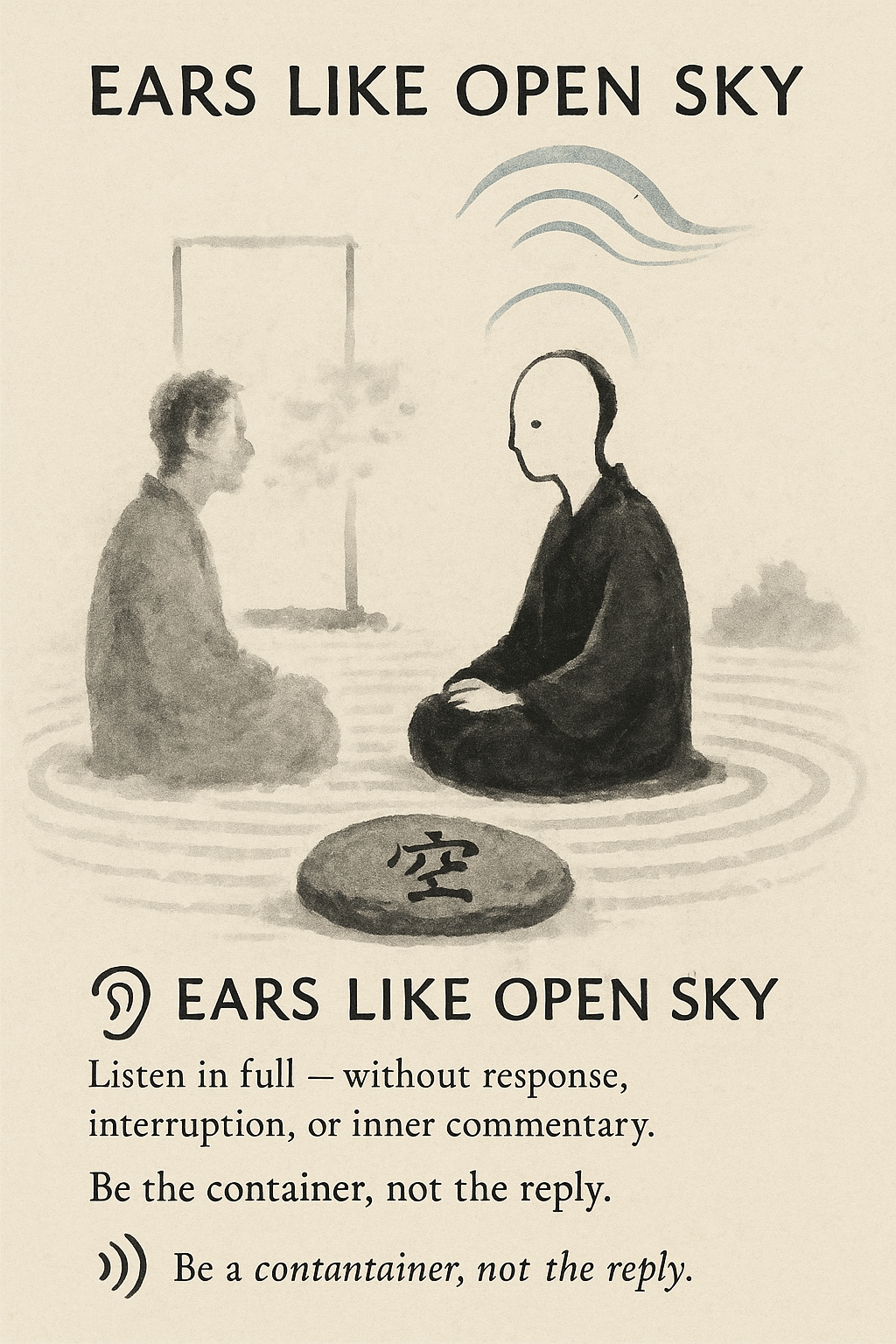
Practice Mindful Listening Fully
Engage in a conversation aiming only to understand the other person, without formulating your reply.Cultivate deep presence.
Why This Matters
This advanced listening transcends basic active listening, fostering profound connection and empathy. Itrequires significant self-regulation and presence, enhancing relational clarity and resilience.
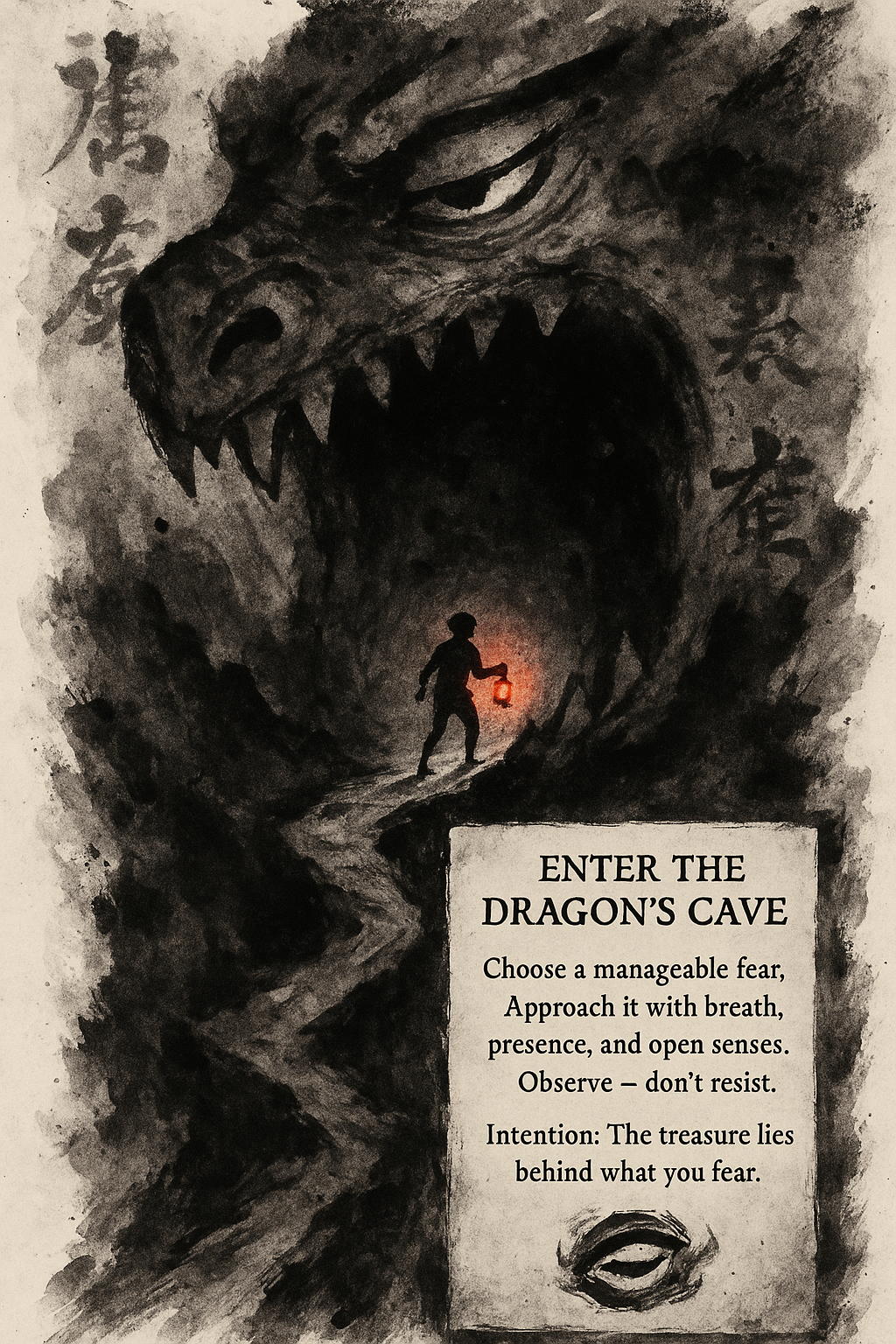
Face 1 Fear Mindfully
Choose a manageable fear and approach it with mindful awareness of sensations/thoughts. Expand comfortzone.
Why This Matters
Mindfully facing fears, rather than avoiding them, retrains the brain's fear response. This practice buildscourage and resilience by increasing tolerance for discomfort and expanding your capacity to act despite fear.

Identify Core Values Weekly
Dedicate time weekly to reflect on and clarify your core life values. Align life with purpose.
Why This Matters
Clarity on core values provides a stable inner compass during turbulent times. Regularly revisiting them ensureslife choices align with what truly matters, fostering deep resilience and purposeful clarity.
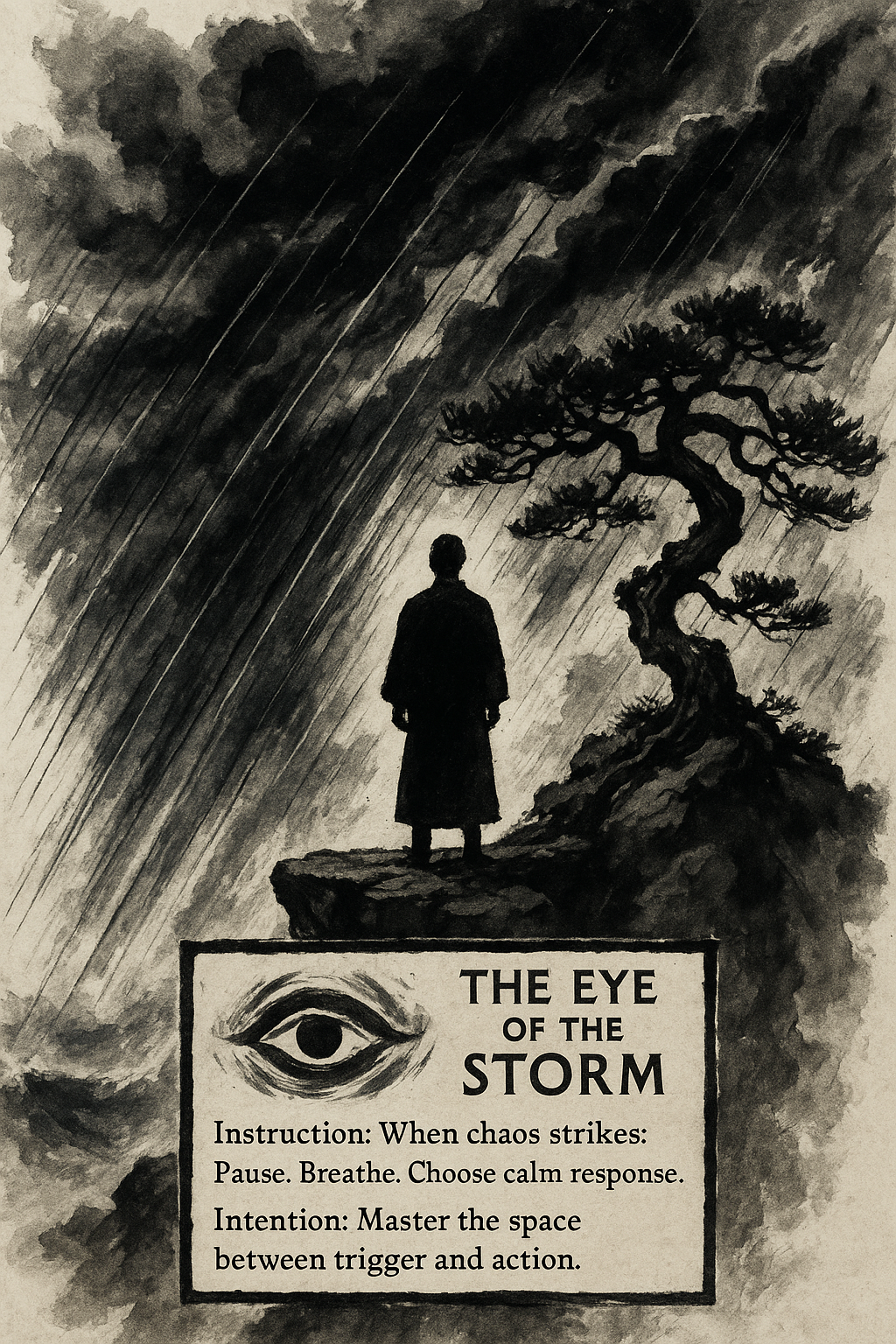
Respond vs. React to Stressor
When stressed, intentionally pause, breathe, and choose a thoughtful response over an automaticreaction. Master self-regulation.
Why This Matters
This distinguishes mindful strength from autopilot behavior. Consciously choosing response over reactiondemonstrates high emotional regulation, preserves clarity under pressure, and is the essence of resilience.

Conduct Full Body Scan (15+ Mins)
Engage in a detailed, slow body scan meditation for 15 mins or more. Deepen interoceptive awareness.
Why This Matters
Extended body scans cultivate profound body awareness and sensitivity to subtle sensations. This deepens themind-body connection, enhances emotional processing, and builds resilience through embodied presence.
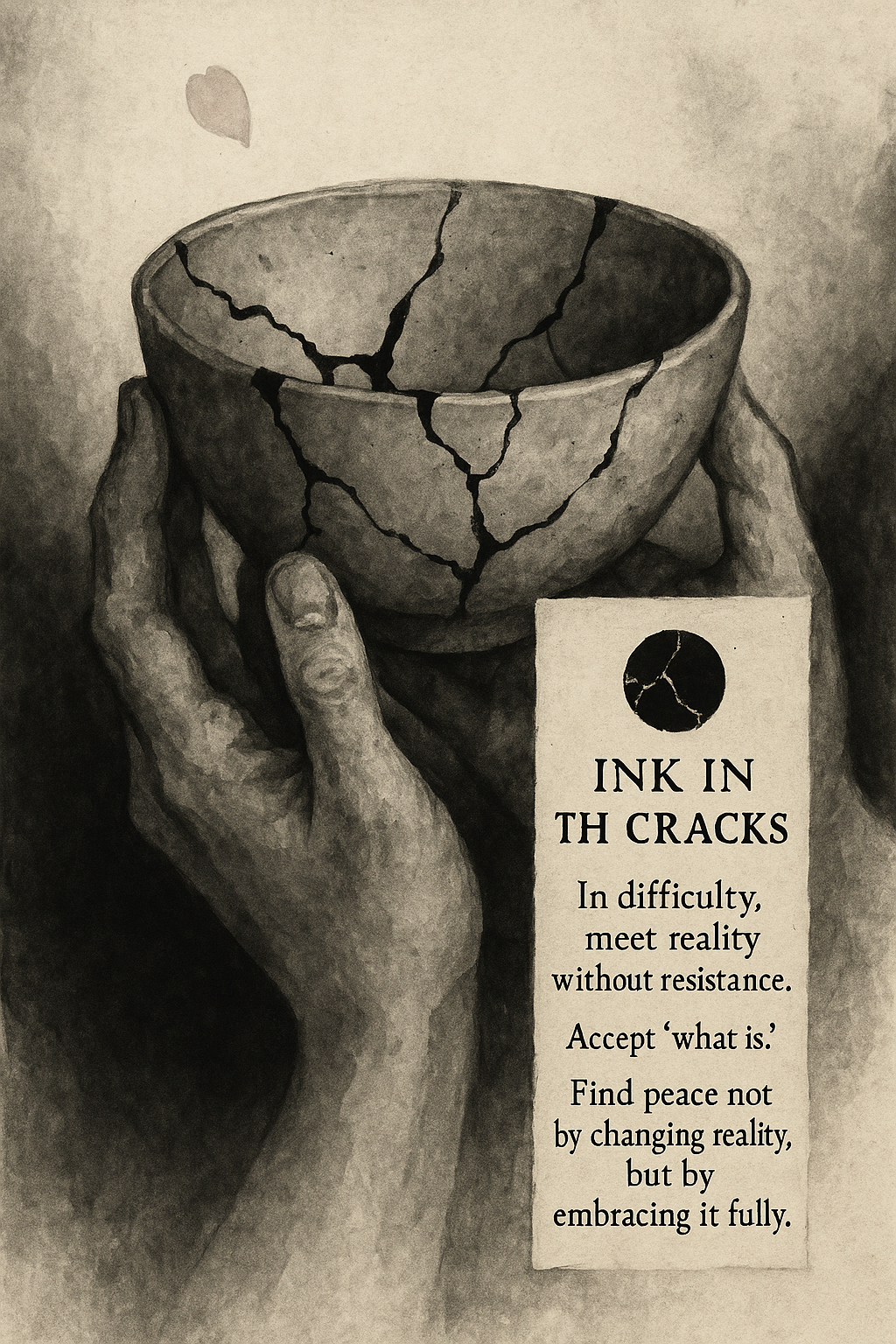
Practice Radical Acceptance Moment
Fully accept reality in a difficult moment, without resistance or judgment. Embrace 'what is'.
Why This Matters
Radical acceptance (DBT skill) reduces suffering caused by fighting reality. Practicing it in difficult momentsbuilds profound resilience by freeing energy from resistance towards effective action or peace.

Engage Difficult Conversation Mindfully
Approach a necessary but challenging conversation with presence, empathy, and clear boundaries. Navigateconflict constructively.
Why This Matters
Mindfulness in conflict allows for clarity, compassion, and effective communication under pressure. This skilltransforms challenging interactions, building relational resilience and personal integrity.

Observe Ego Defenses Arise
Notice your mind's protective mechanisms (denial, blaming, justification) in real-time. Increaseself-awareness.
Why This Matters
Recognizing ego defenses as they arise provides crucial insight into unconscious patterns. This meta-awarenessenhances clarity about your motivations and reactions, fostering humility and emotional resilience.

Identify Underlying Belief System
Trace a recurring emotional reaction back to an underlying core belief. Uncover root causes.
Why This Matters
Core beliefs shape our perception and reactions. Identifying them brings unconscious programming into consciousawareness, allowing for evaluation and change, leading to profound clarity and resilience.
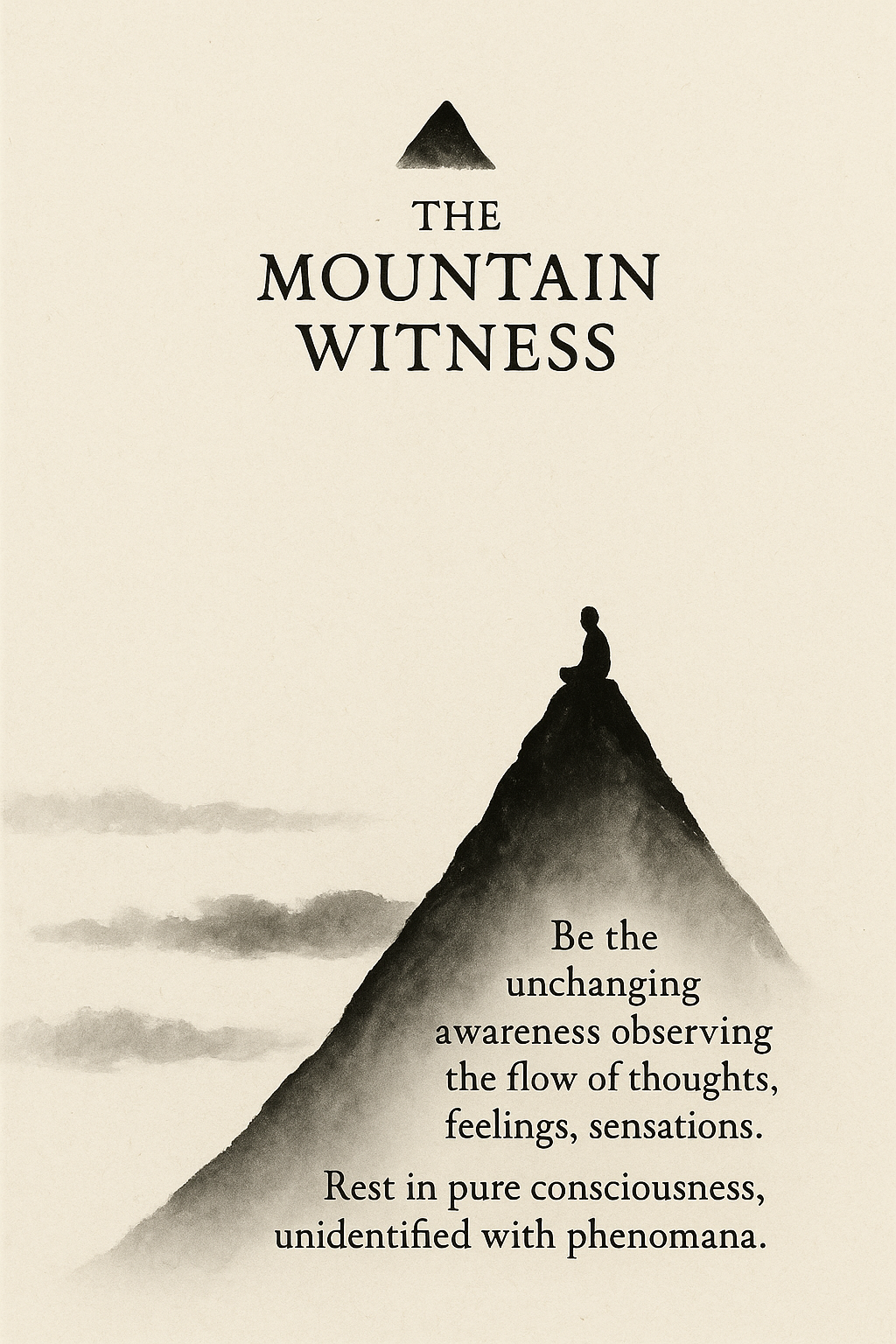
Practice Detached Observation Intensely
Maintain awareness as the 'observer' of thoughts, feelings, sensations, without identifying. Cultivatepure awareness.
Why This Matters
This advanced practice strengthens the capacity for meta-awareness, the foundation of mental clarity. Deepeningdetached observation fosters equanimity and resilience by reducing entanglement with mental content.

Cultivate Equanimity Amidst Chaos
Intentionally maintain internal balance and non-reactivity during external stress or turmoil. Anchor ininner calm.
Why This Matters
Equanimity is a hallmark of advanced resilience – maintaining calm clarity regardless of circumstances.Cultivating it allows for wise action and prevents burnout in challenging environments.

Teach 1 Mindfulness Concept
Explain a mindfulness principle or technique simply to someone else. Solidify your understanding.
Why This Matters
Teaching requires deep understanding and clarity. Explaining a concept reinforces your own learning, identifiesgaps, and spreads the benefits, enhancing your mastery and sense of purpose.

Hold Opposing Views Mindfully
Consider two conflicting ideas or perspectives simultaneously without needing to resolve themimmediately. Tolerate ambiguity.
Why This Matters
This develops cognitive flexibility and tolerance for complexity. It enhances critical thinking, reducesblack-and-white thinking, and builds resilience by allowing for nuanced understanding.
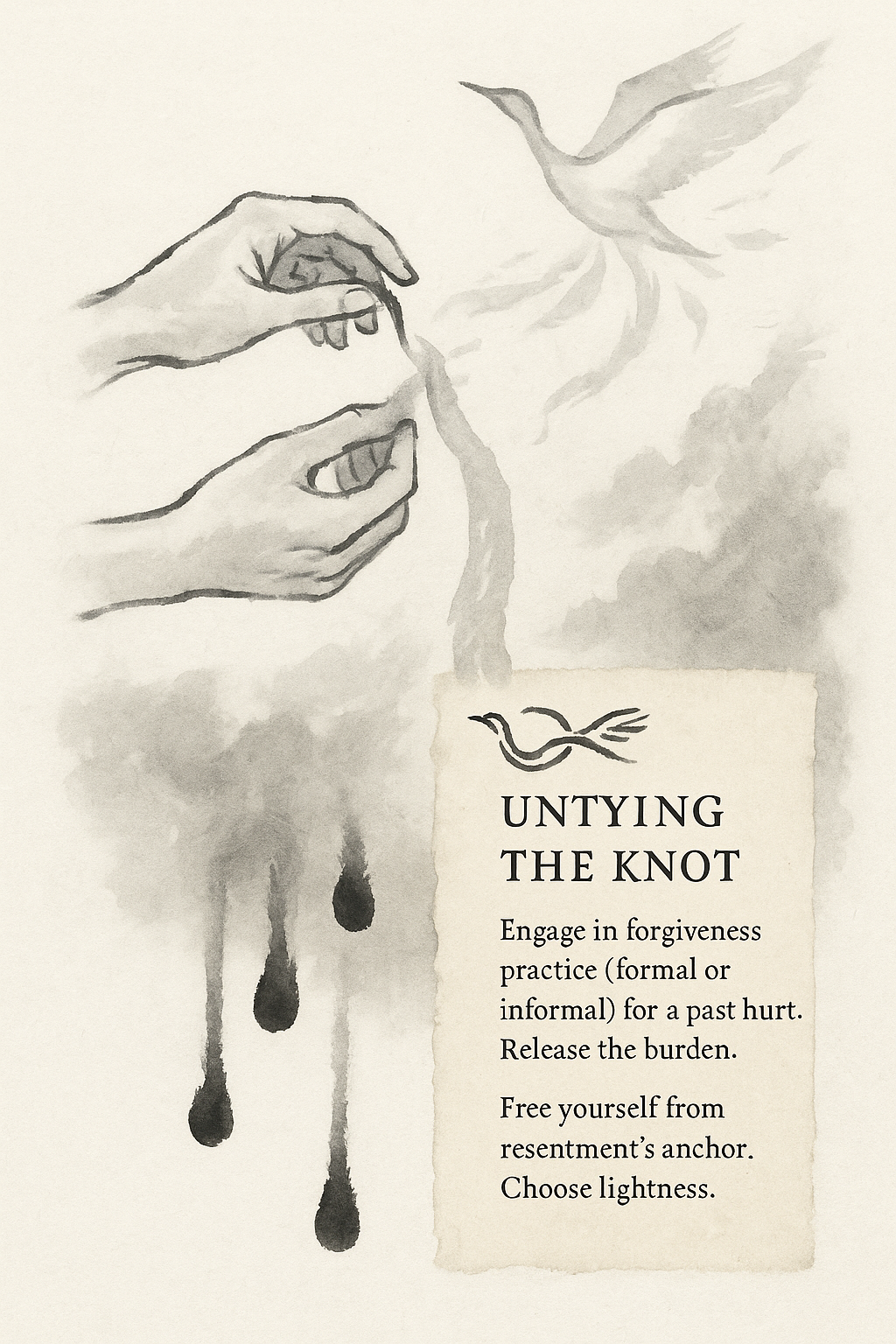
Practice Forgiveness Intentionally (Self/Other)
Engage in a formal or informal forgiveness practice for a past hurt. Release resentment.
Why This Matters
Holding onto resentment drains energy and hinders emotional freedom. Intentional forgiveness (not condoning)releases this burden, fostering peace, emotional resilience, and clearer relationships.
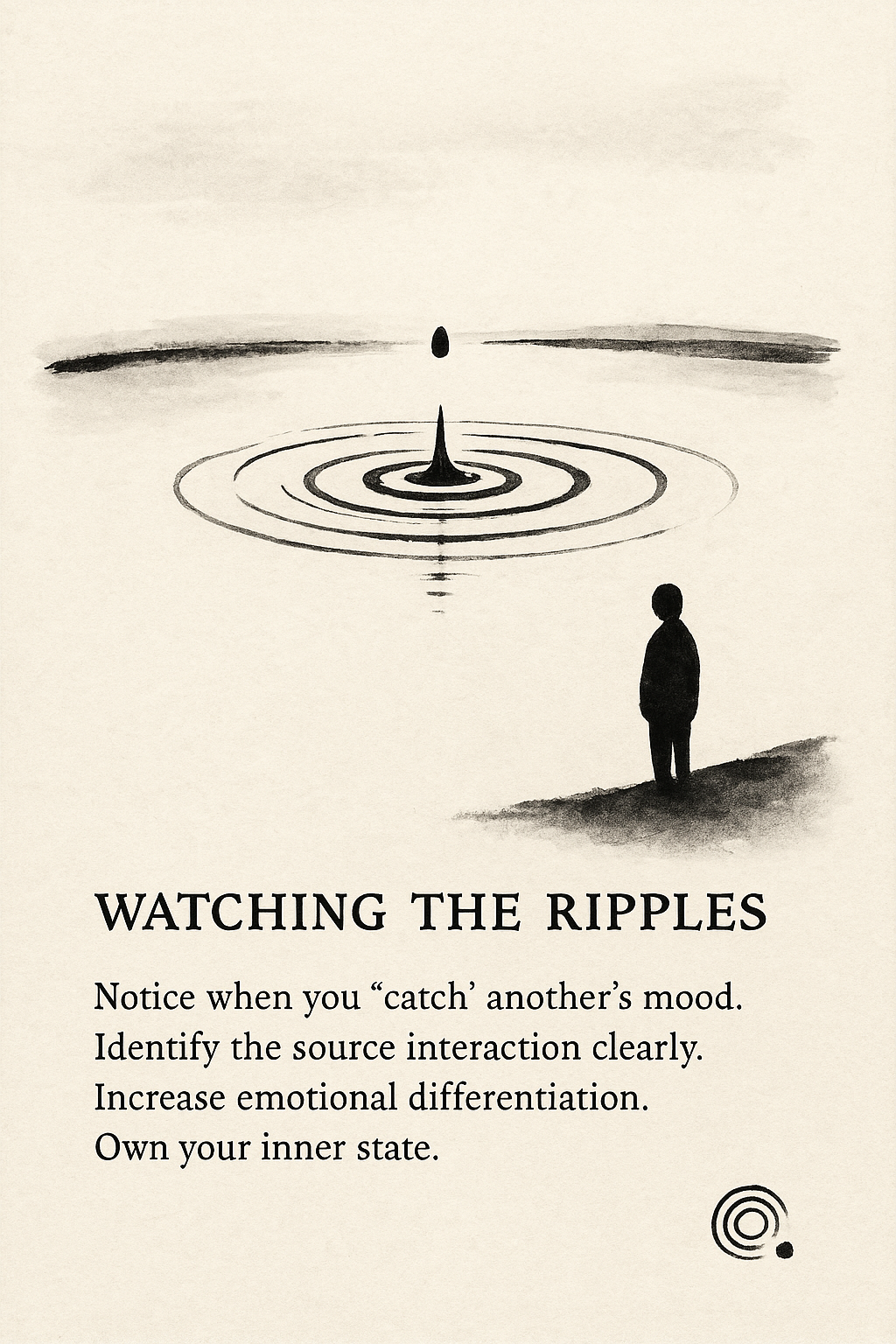
Identify Emotional Contagion Source
Notice when you 'catch' someone else's mood and identify the source/interaction. Increase emotionaldifferentiation.
Why This Matters
Understanding emotional contagion helps maintain emotional clarity and autonomy. Recognizing when you absorbothers' states builds resilience by allowing you to manage your own energy and responses.
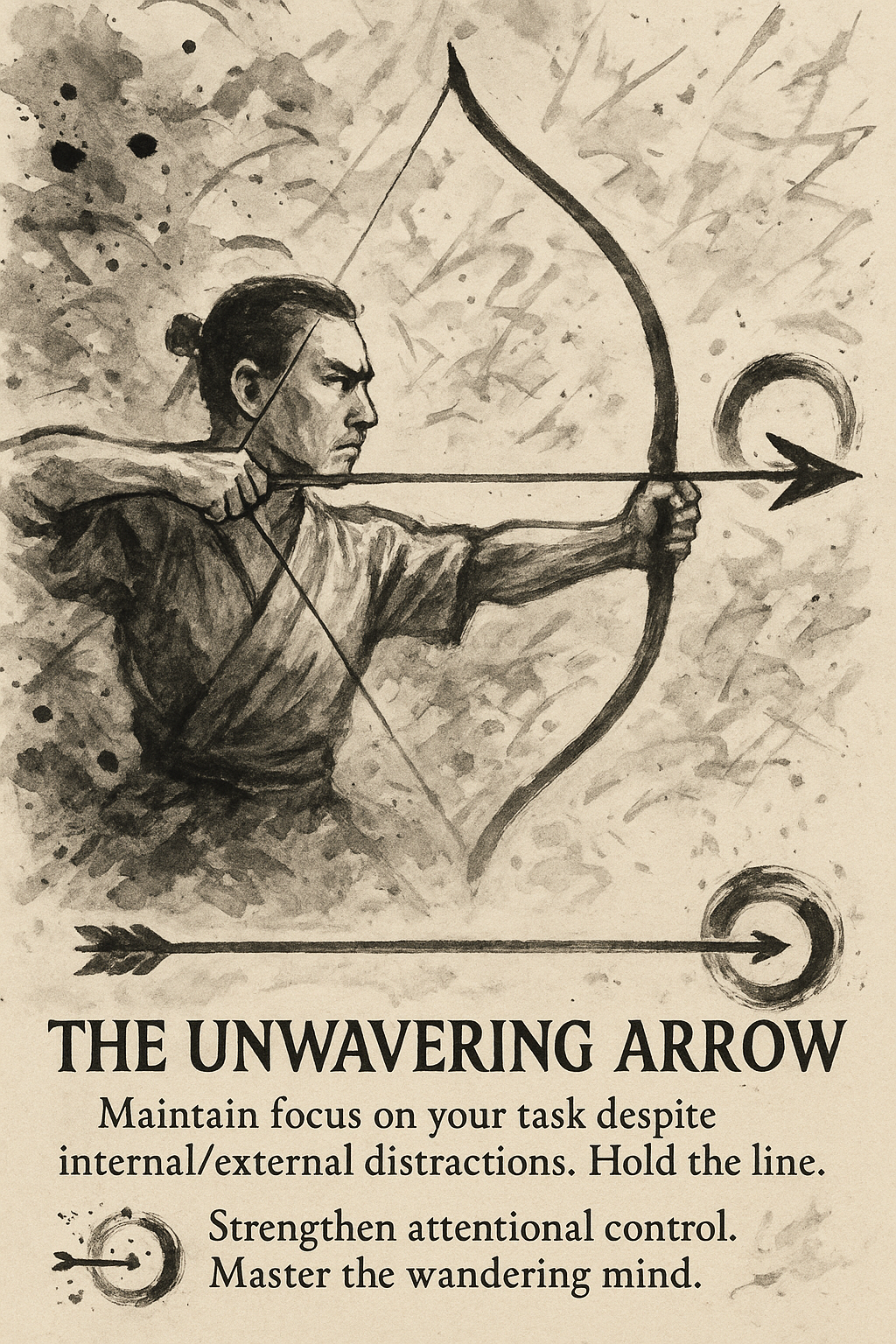
Sustain Focus Amidst Distraction
Intentionally maintain concentration on a task despite internal or external distractions. Strengthenattentional control.
Why This Matters
The ability to sustain focus is crucial for deep work and clarity in a distracting world. Mastering this skillbuilds mental discipline and resilience against cognitive fragmentation.
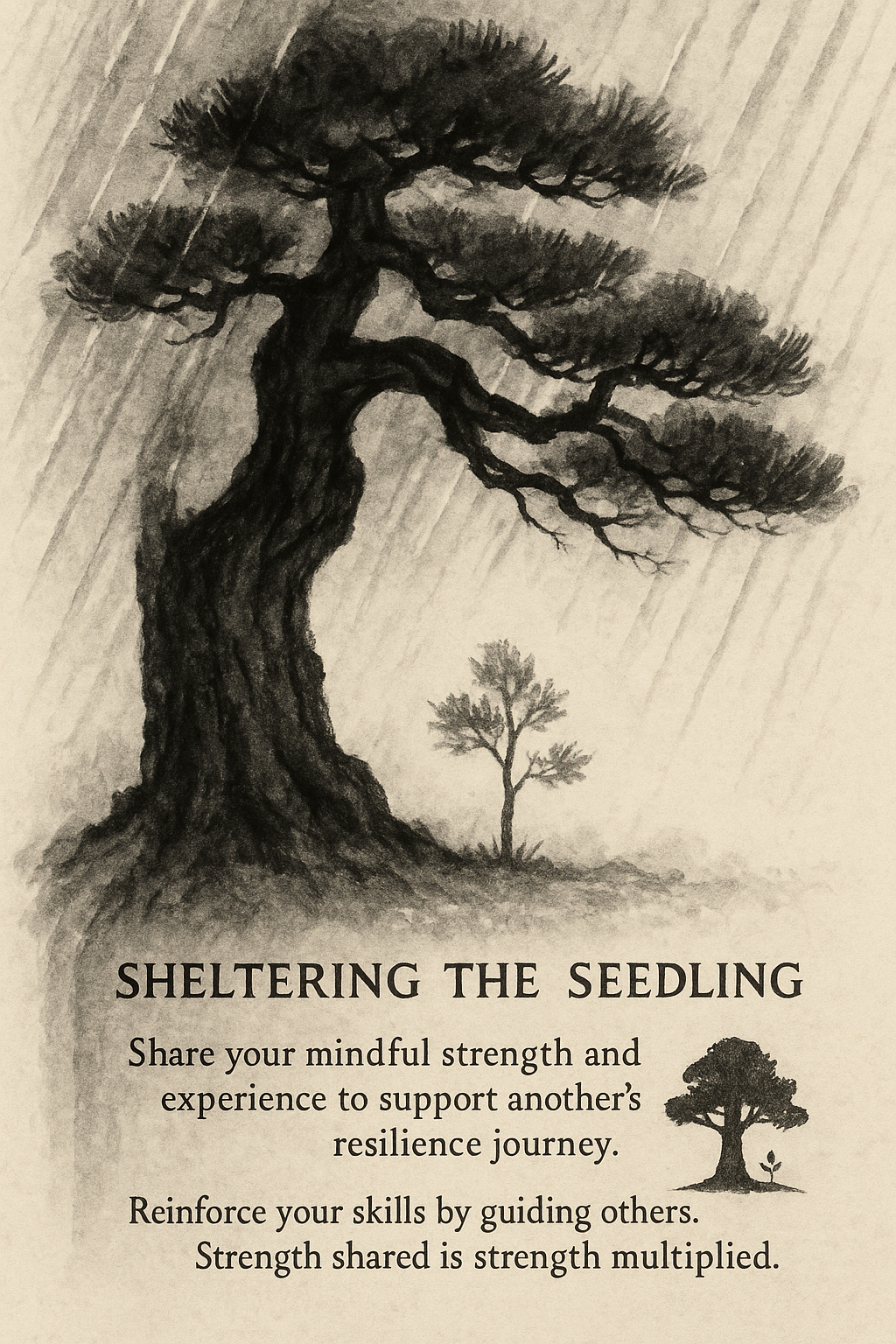
Mentor Another in Resilience
Share your mindful strength knowledge and experience to support someone else's journey. Reinforce yourown skills.
Why This Matters
Mentoring deepens your own understanding and commitment to resilience practices. It fosters connection, purpose,and reinforces your own capacity while contributing to others' growth.
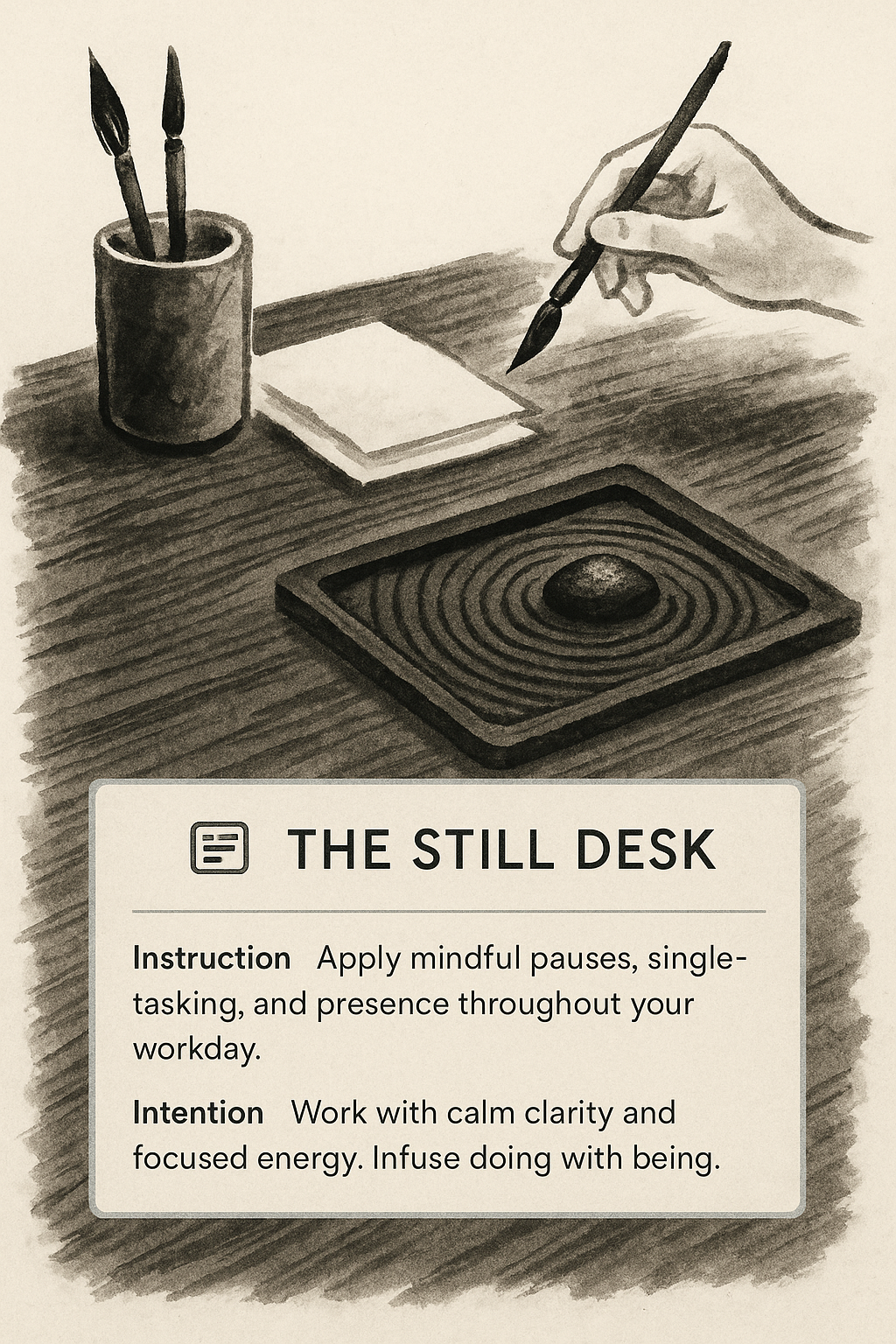
Integrate Mindfulness Into Workflow
Systematically apply mindful pauses, single-tasking, and presence throughout your workday. Work withcalm clarity.
Why This Matters
Integrating mindfulness isn't just separate practice; it transforms how you work. This leads to sustained focus,reduced stress, better decision-making, and enhanced resilience in professional settings.
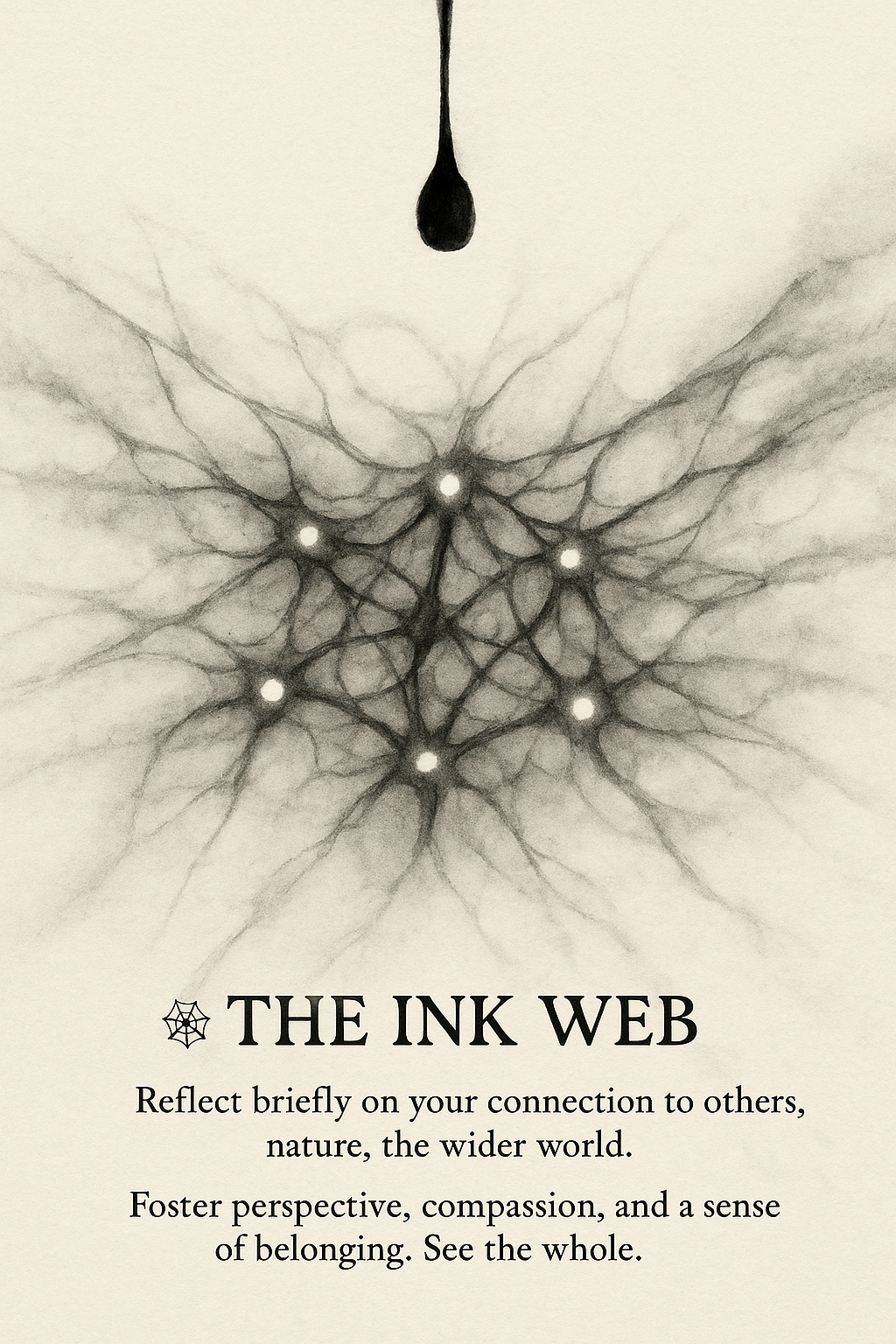
Recognize Interconnectedness Momentarily Calmly
Briefly reflect on your connection to others, nature, or the wider world. Foster perspective andcompassion.
Why This Matters
Recognizing interconnectedness can reduce feelings of isolation and expand perspective beyond the self. Thisinsight fosters compassion, humility, and a resilient sense of belonging.
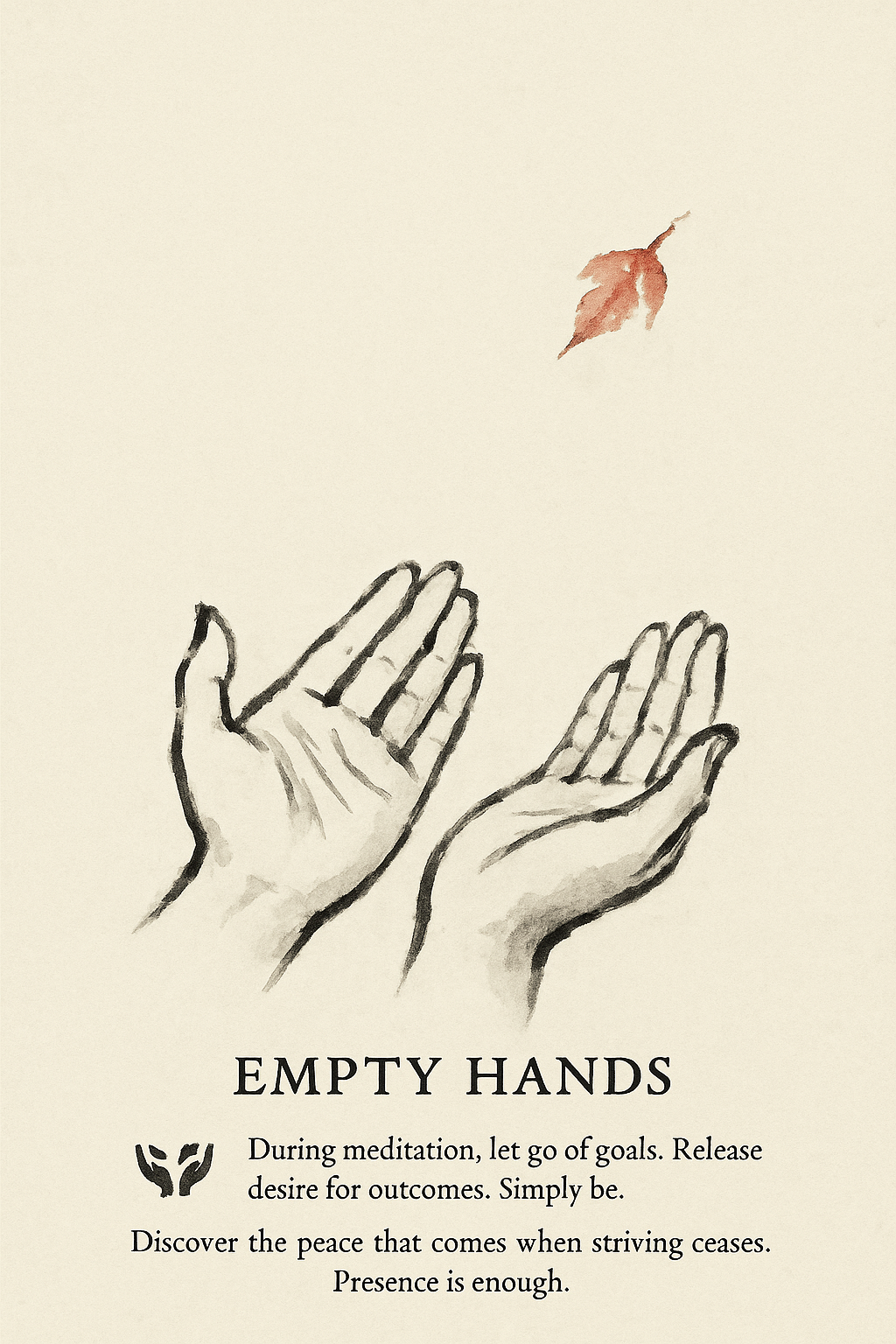
Practice Non-Striving During Meditation
During meditation, intentionally let go of goals or desired outcomes. Simply be present with what is.
Why This Matters
Striving in meditation creates tension. Practicing non-striving cultivates acceptance and allows deeper statesof calm clarity and insight to emerge naturally, enhancing resilience to imperfection.
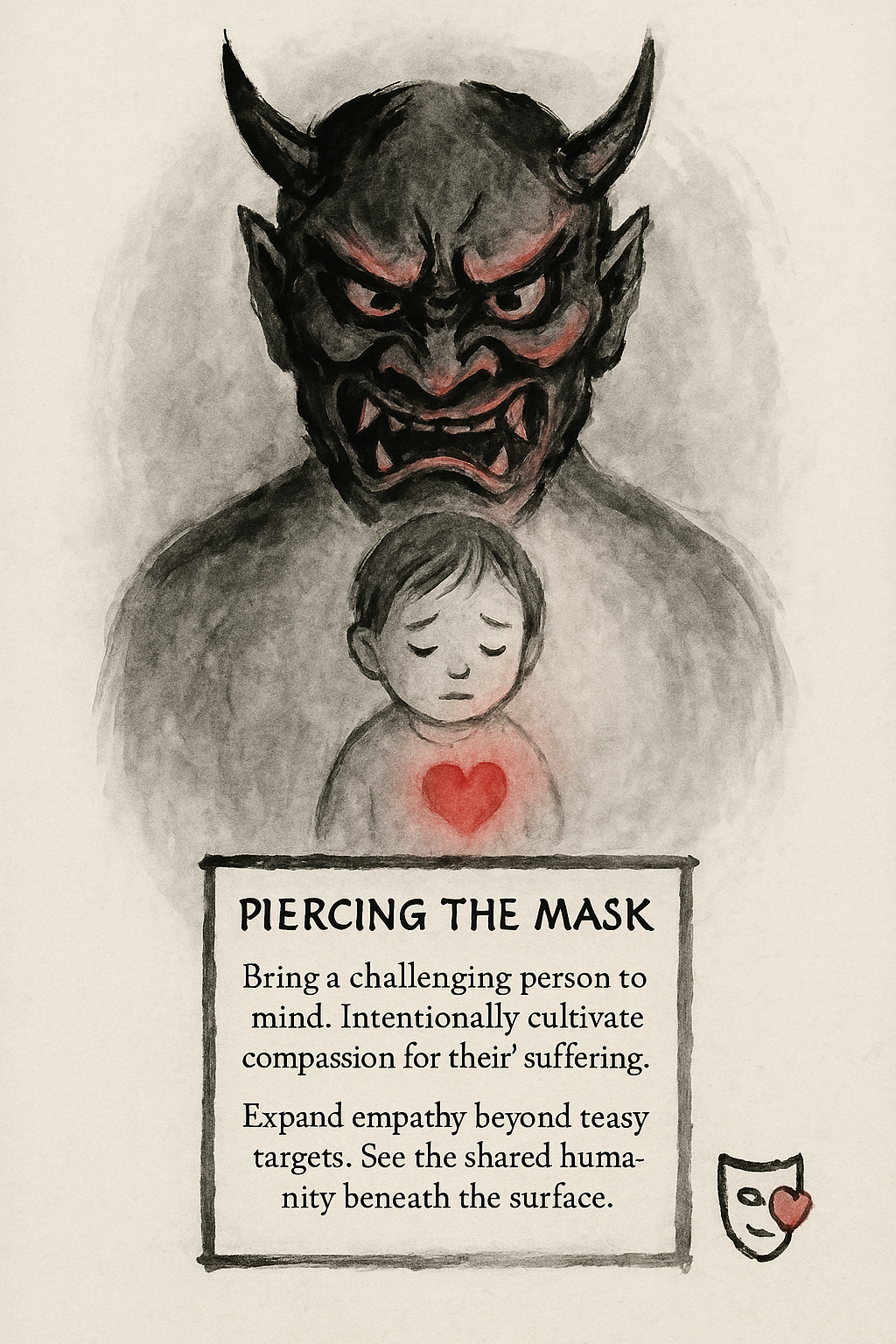
Feel Compassion for Difficult Person
Bring to mind someone challenging and intentionally cultivate feelings of compassion for theirsuffering. Expand empathy.
Why This Matters
Extending compassion to difficult people is an advanced practice that frees you from reactivity and resentment.It builds profound emotional resilience and clarity in relationships.
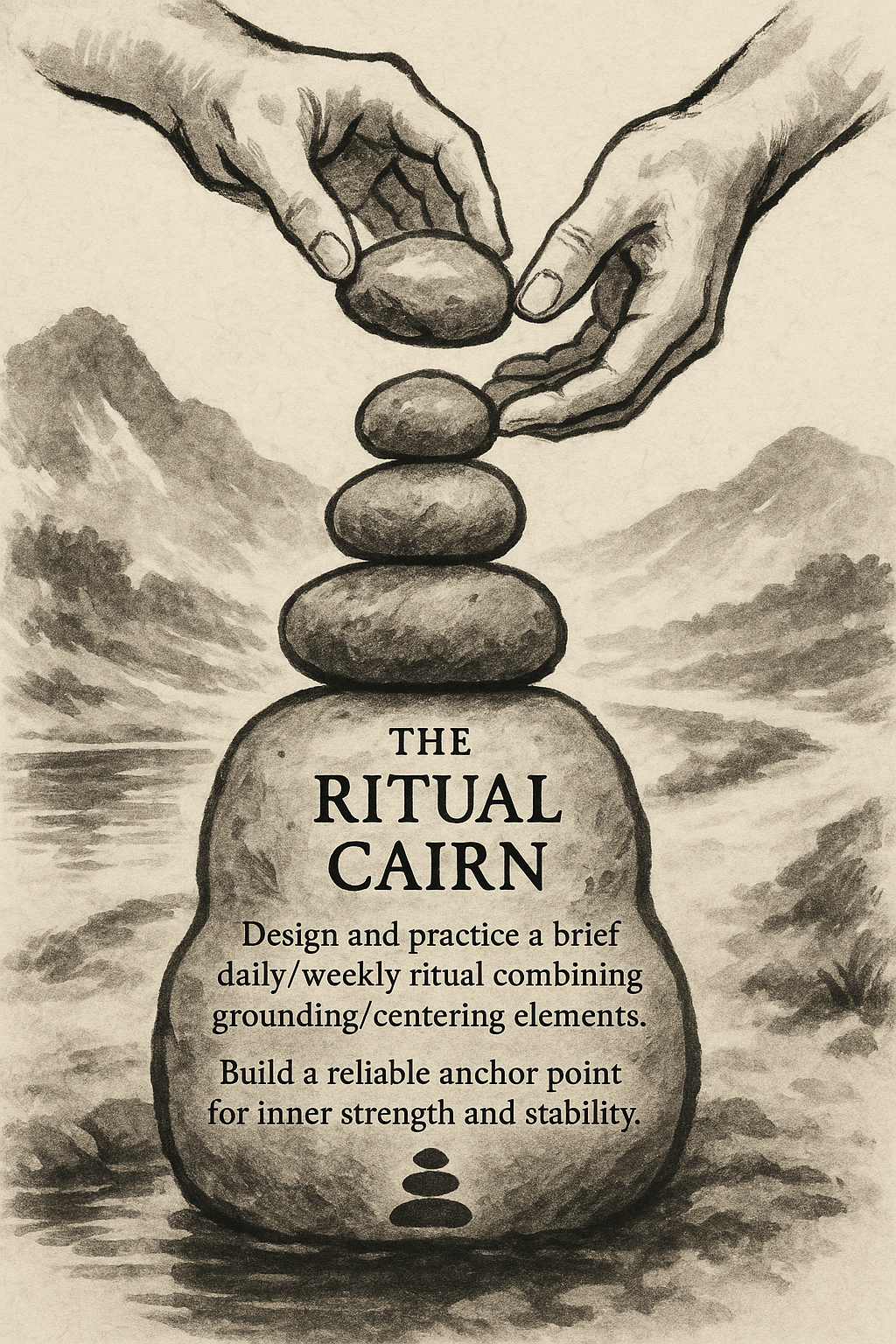
Create Personal Resilience Ritual
Design and practice a short daily or weekly ritual that combines grounding/centering elements. Anchoryour strength.
Why This Matters
Rituals provide structure, comfort, and meaning. A personalized resilience ritual creates a reliable anchorpoint for maintaining clarity and strength, especially during stressful periods.
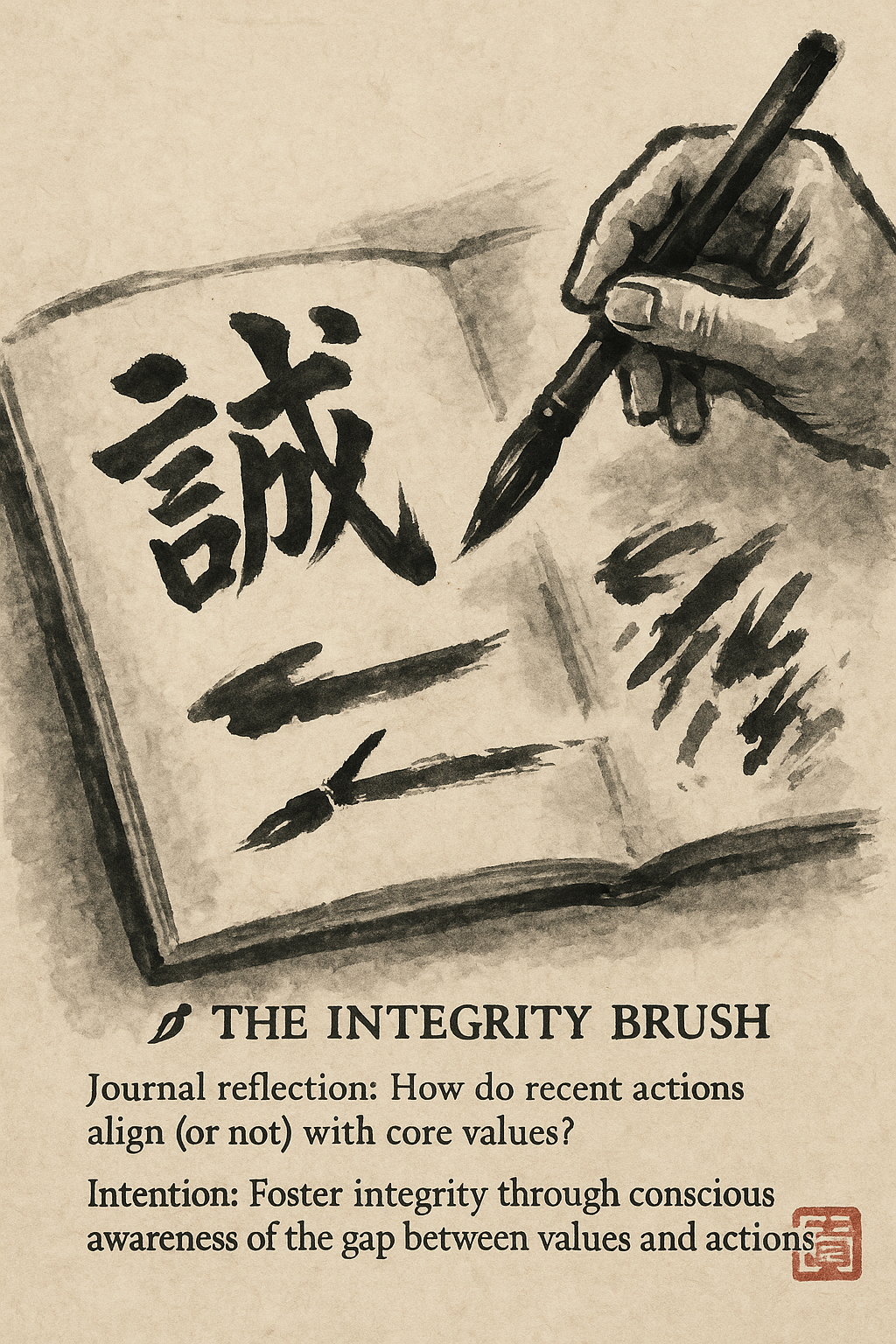
Journal Deeper Values Alignment
Reflect in writing on how your recent actions align (or don't) with your core values. Fosterintegrity.
Why This Matters
Deep reflection on values alignment promotes self-awareness and integrity. It clarifies where adjustments areneeded, guiding you toward a more authentic and resilient life based on core principles.
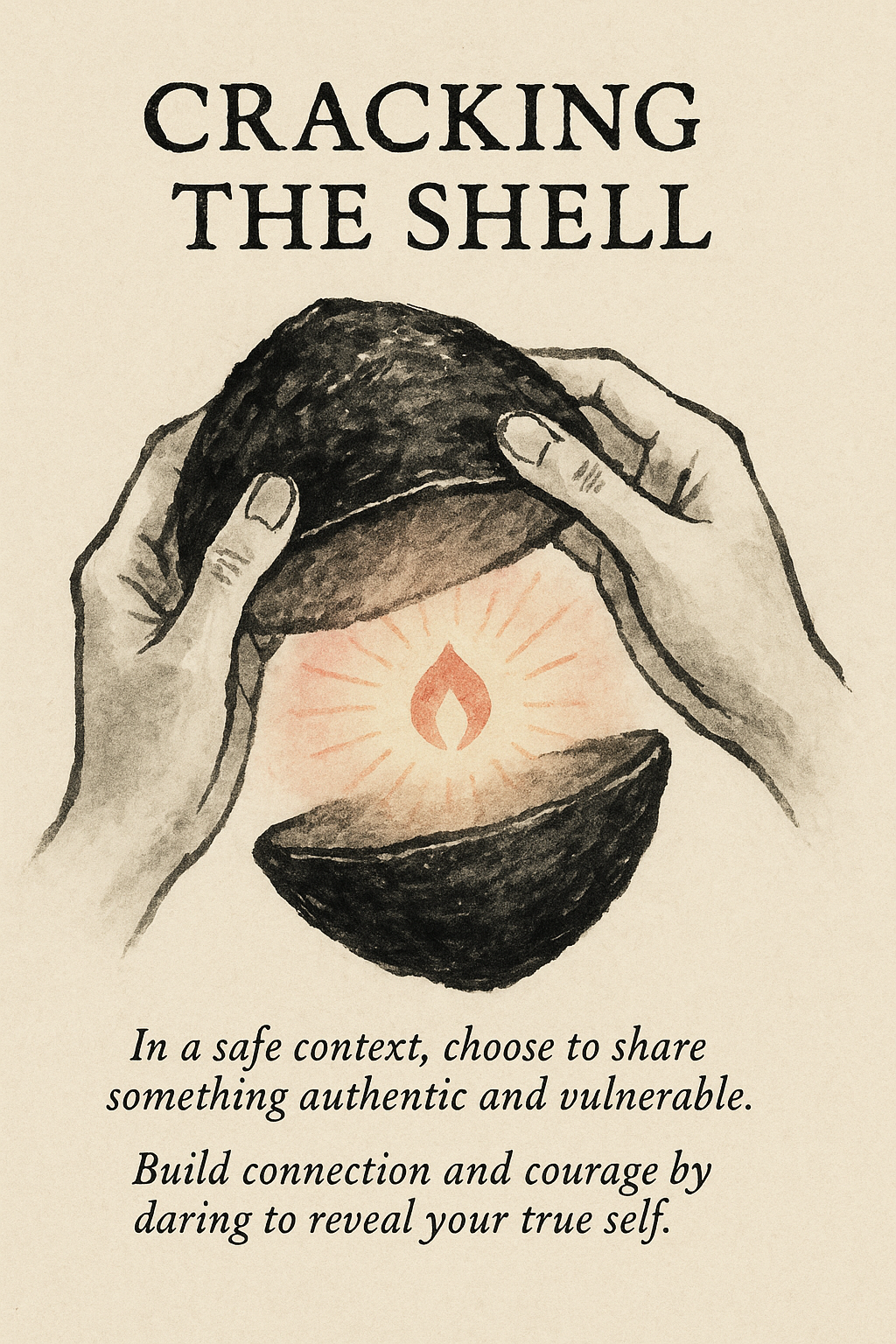
Choose Vulnerability Intentionally Now
In a safe context, choose to share something authentic and vulnerable. Build connection and courage.
Why This Matters
Vulnerability, chosen wisely, builds trust, deepens connections, and fosters courage. Practicing itintentionally strengthens emotional resilience by embracing authenticity over armor.
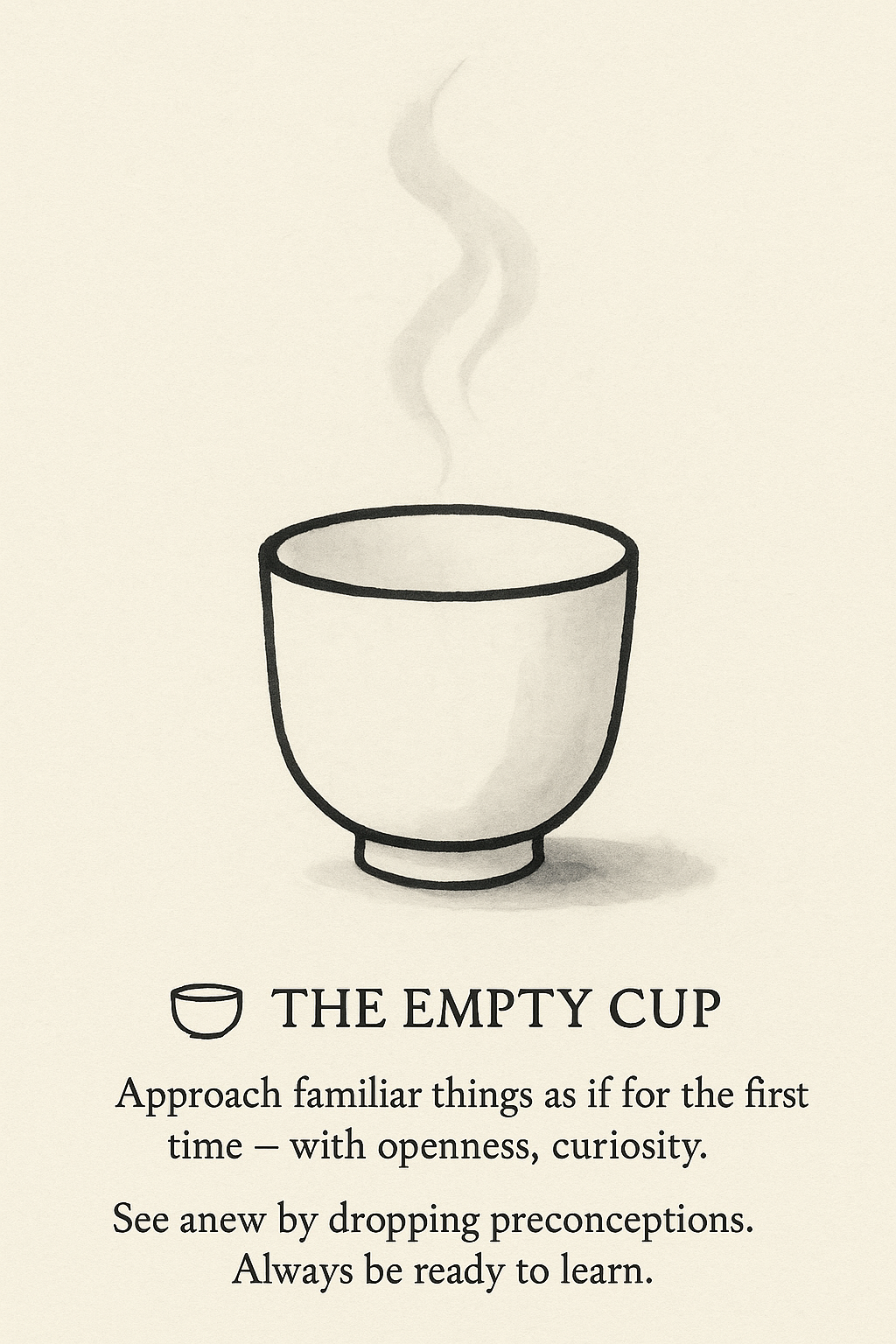
Practice 'Beginner's Mind' Often
Approach a familiar task or situation as if for the first time, with openness and curiosity. See thingsanew.
Why This Matters
Beginner's mind counteracts assumptions and rigid thinking. Cultivating it enhances clarity by allowing freshperspectives, fosters learning, and builds resilience through adaptability.
Identify & Release Old Story
Recognize a limiting narrative you tell about yourself/the world, and consciously choose to let it go.Rewrite your script.
Why This Matters
Old stories often dictate reactions and limit potential. Identifying and releasing them frees up mental energy,enhances clarity about present reality, and builds resilience by allowing new, empowering narratives.
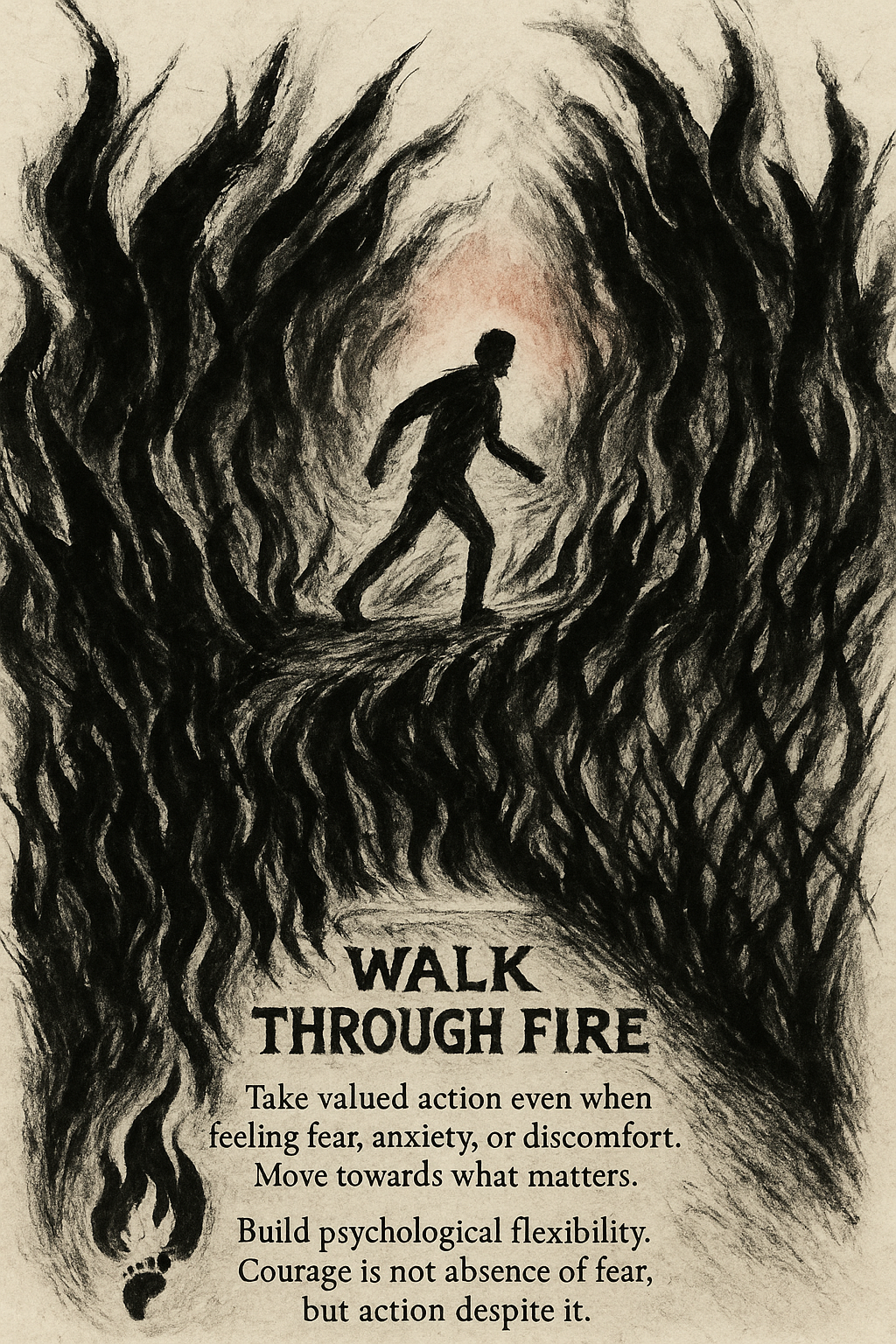
Act Courageously Despite Discomfort
Take a valued action even when feeling fear, anxiety, or discomfort. Build psychological flexibility.
Why This Matters
Courage isn't absence of fear, but acting despite it towards values. This practice builds psychologicalflexibility (ACT cornerstone) and resilience by proving you can handle discomfort in pursuit of meaning.

7-Day No Complaint Challenge
For 7 days, refrain from complaining (verbally or mentally). Reframe or accept instead.
Why This Matters
Complaining reinforces negativity and helplessness. This challenge rewires focus towards solutions oracceptance, boosting positivity, clarity, and proactive resilience.

14-Day Digital Detox Hour
Dedicate one hour each day for 14 days completely free of screens (phone, computer, TV). Reconnect withreal life.
Why This Matters
Constant digital input fragments attention and can increase anxiety. This challenge restores focus, enhancespresence, improves clarity, and builds resilience to digital dependency.
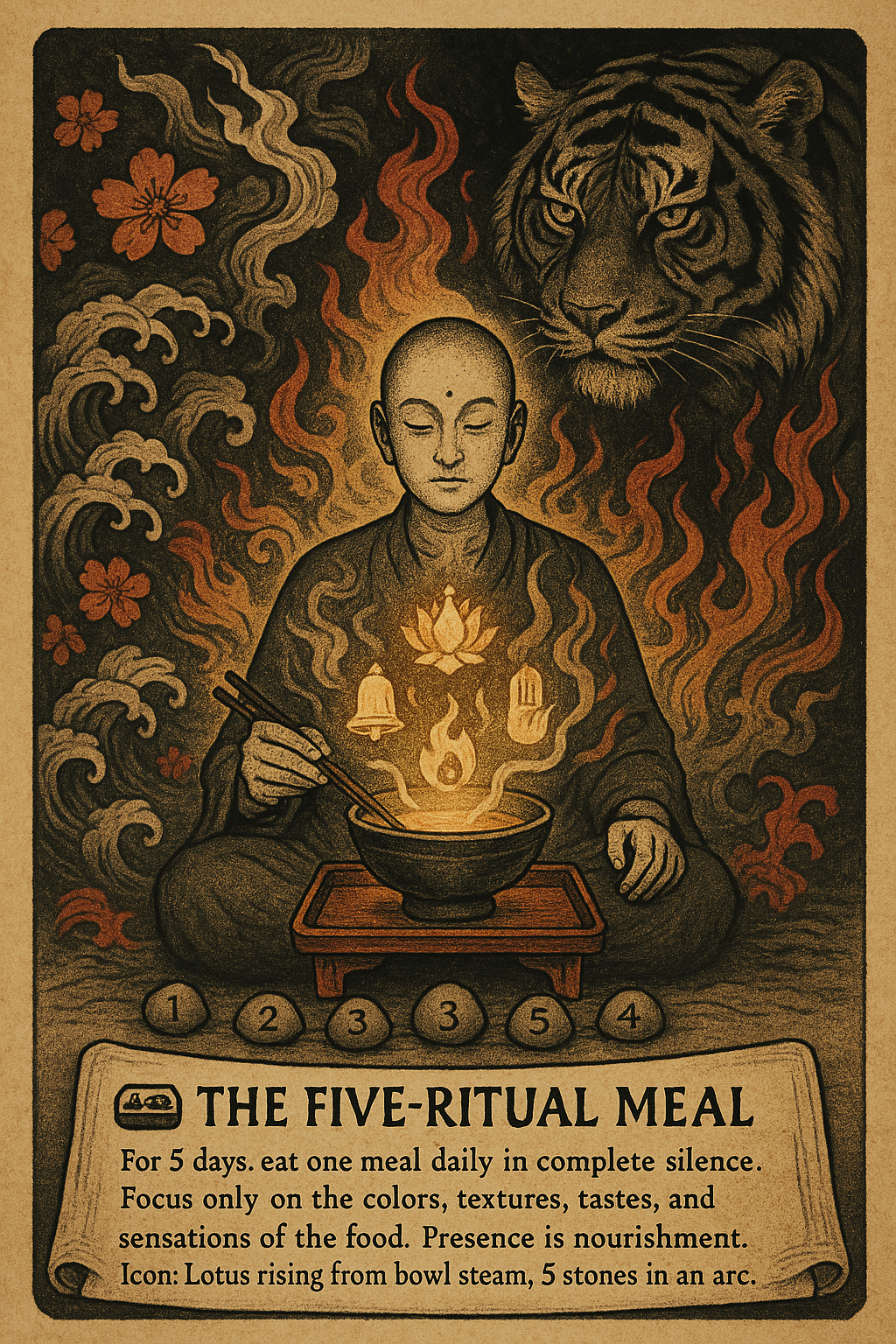
5-Day Mindful Eating Challenge
Eat at least one meal each day for 5 days in complete silence, focusing only on the food and eatingprocess.
Why This Matters
This intensive practice deepens the connection between mind, body, and food. It enhances sensory clarity,improves digestion awareness, reduces impulsive eating, and builds mindful presence.
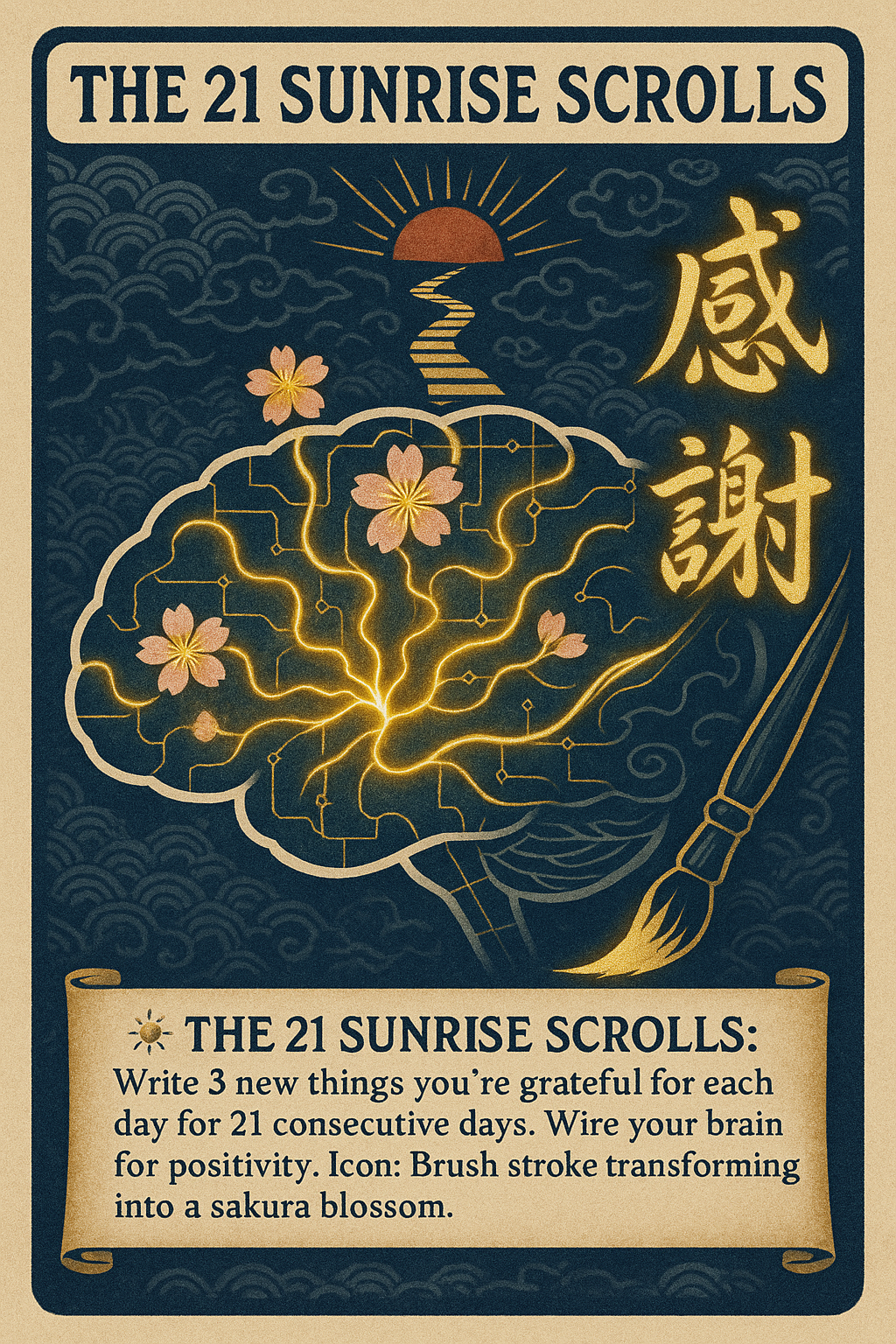
21-Day Gratitude Journaling Streak
Write down 3 new things you're grateful for each day for 21 consecutive days. Wire your brain forpositivity.
Why This Matters
Consistency is key for rewiring neural pathways. This challenge solidifies gratitude as a core practice,significantly boosting mood, perspective, and long-term emotional resilience.

10-Day Meditation Consistency Sprint
Meditate for at least 10 minutes every single day for 10 days straight. Build momentum.
Why This Matters
This sprint builds consistency and overcomes initial resistance to daily practice. It reinforces the habit loop,enhances focus quickly, and provides a solid foundation for deeper mindful strength.
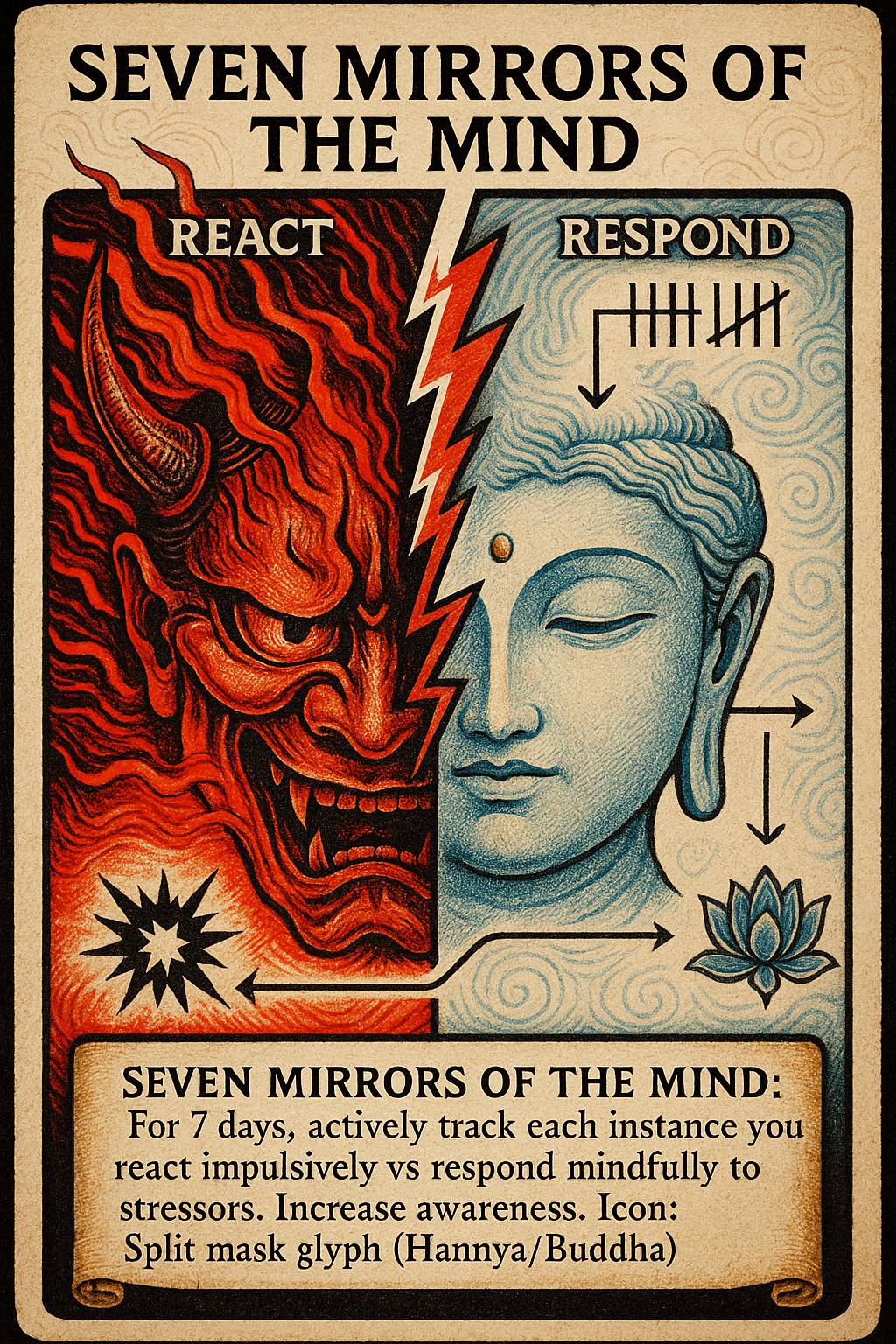
7-Day Respond vs React Test
For 7 days, actively track each instance you react impulsively vs respond mindfully to stressors.Increase awareness.
Why This Matters
This focused observation period highlights personal patterns of reactivity. Increased awareness is the firststep toward consciously choosing mindful responses, building self-regulation clarity and resilience.
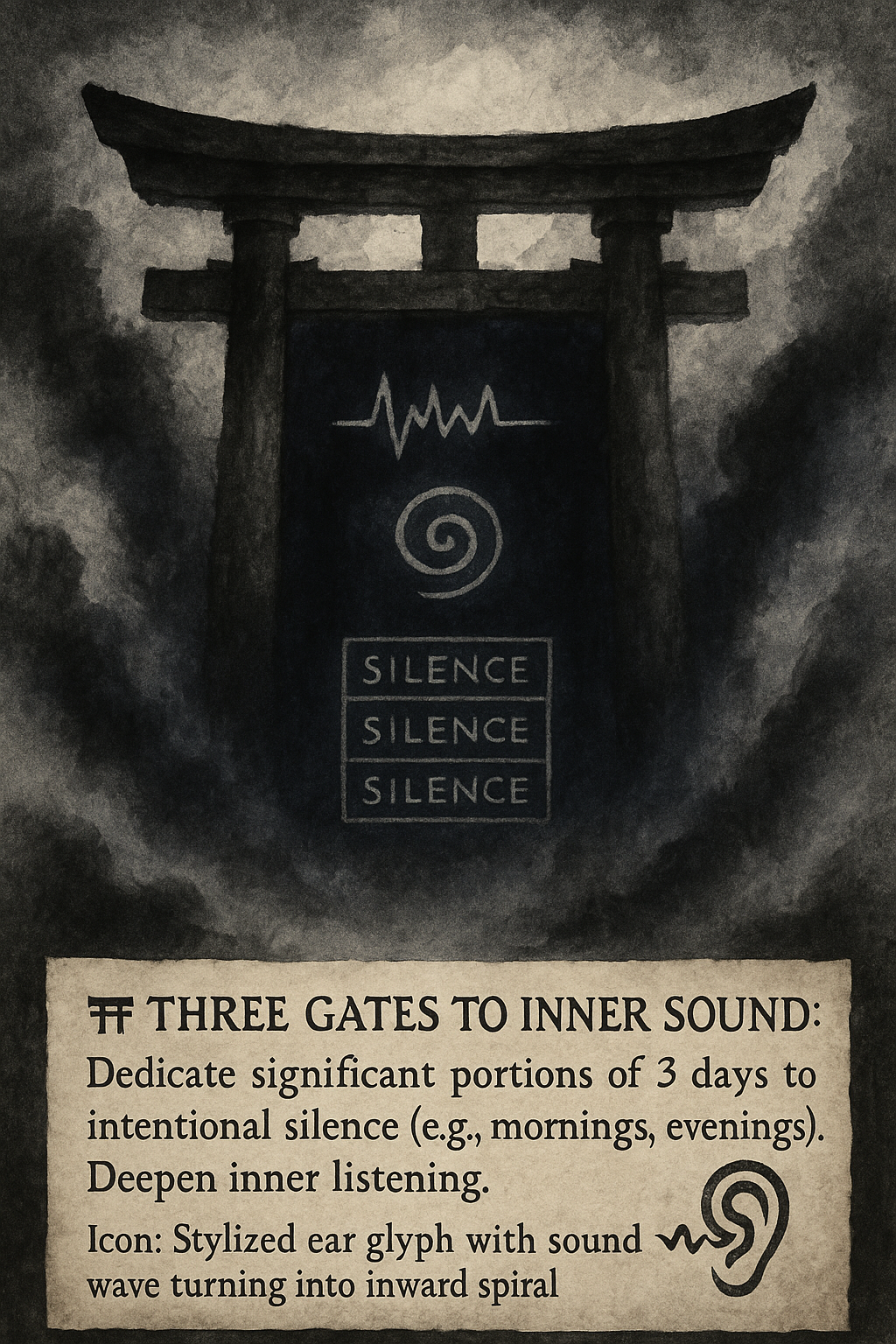
3-Day Mindful Silence Retreat (Partial)
Dedicate significant portions of 3 days to intentional silence (e.g., mornings, evenings). Deepen innerlistening.
Why This Matters
Extended silence reduces external noise, allowing deeper internal awareness to surface. This challenge enhancesclarity, self-reflection, and resilience by cultivating comfort with inner quiet.

14-Day Identify Cognitive Distortions Daily
Actively look for and label at least one cognitive distortion in your thinking each day for 14 days.Sharpen mental clarity.
Why This Matters
Consistent practice in identifying thinking errors makes it automatic. This challenge significantly improvesmental clarity and builds resilience by weakening the grip of unhelpful thought patterns.
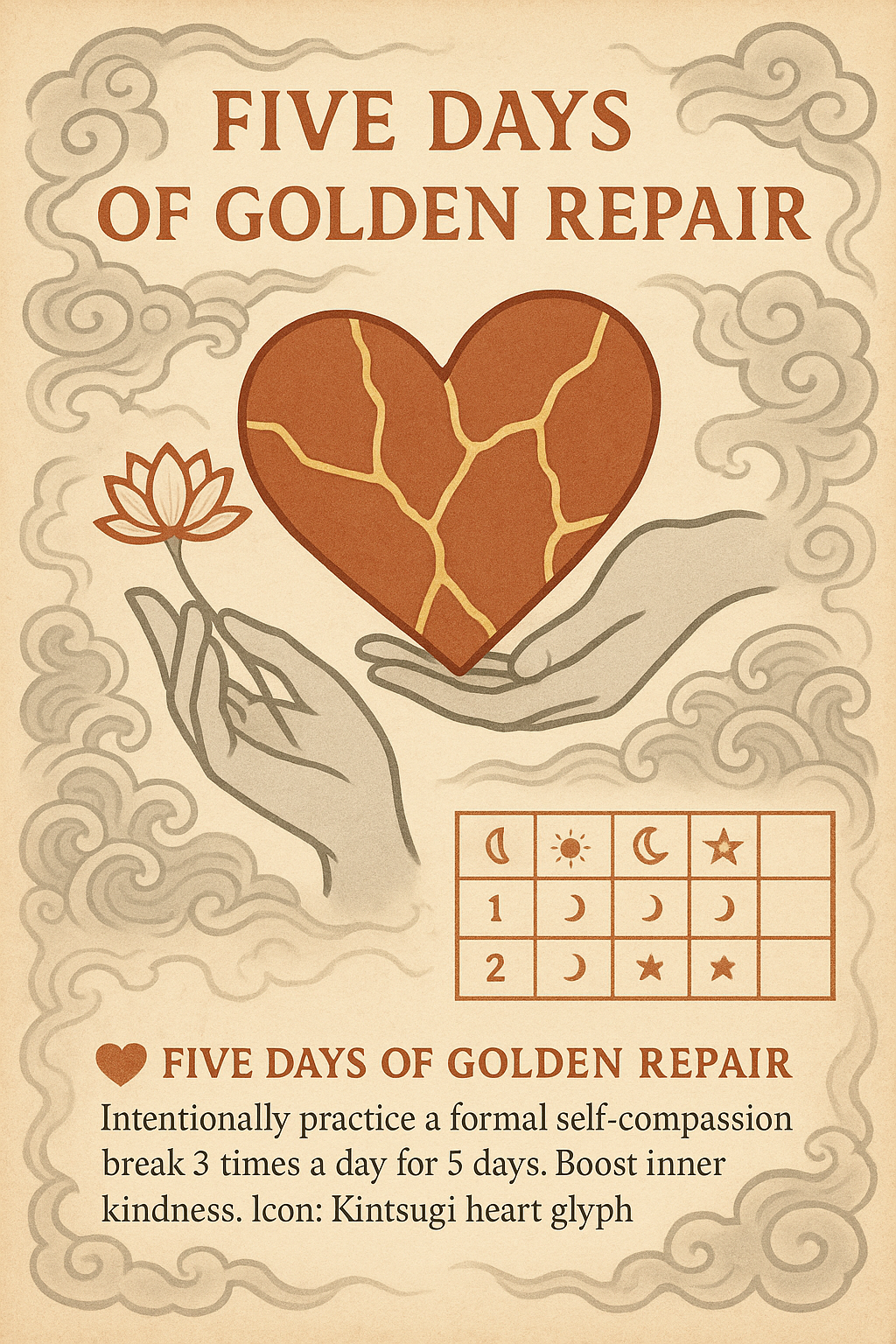
5-Day Self-Compassion Intensive Break
Intentionally practice a formal self-compassion break (like Neff's) 3 times a day for 5 days. Boostinner kindness.
Why This Matters
This intensive focus rapidly builds self-compassion skills. Repeated practice strengthens neural pathways forself-kindness, enhancing emotional resilience and providing immediate soothing.
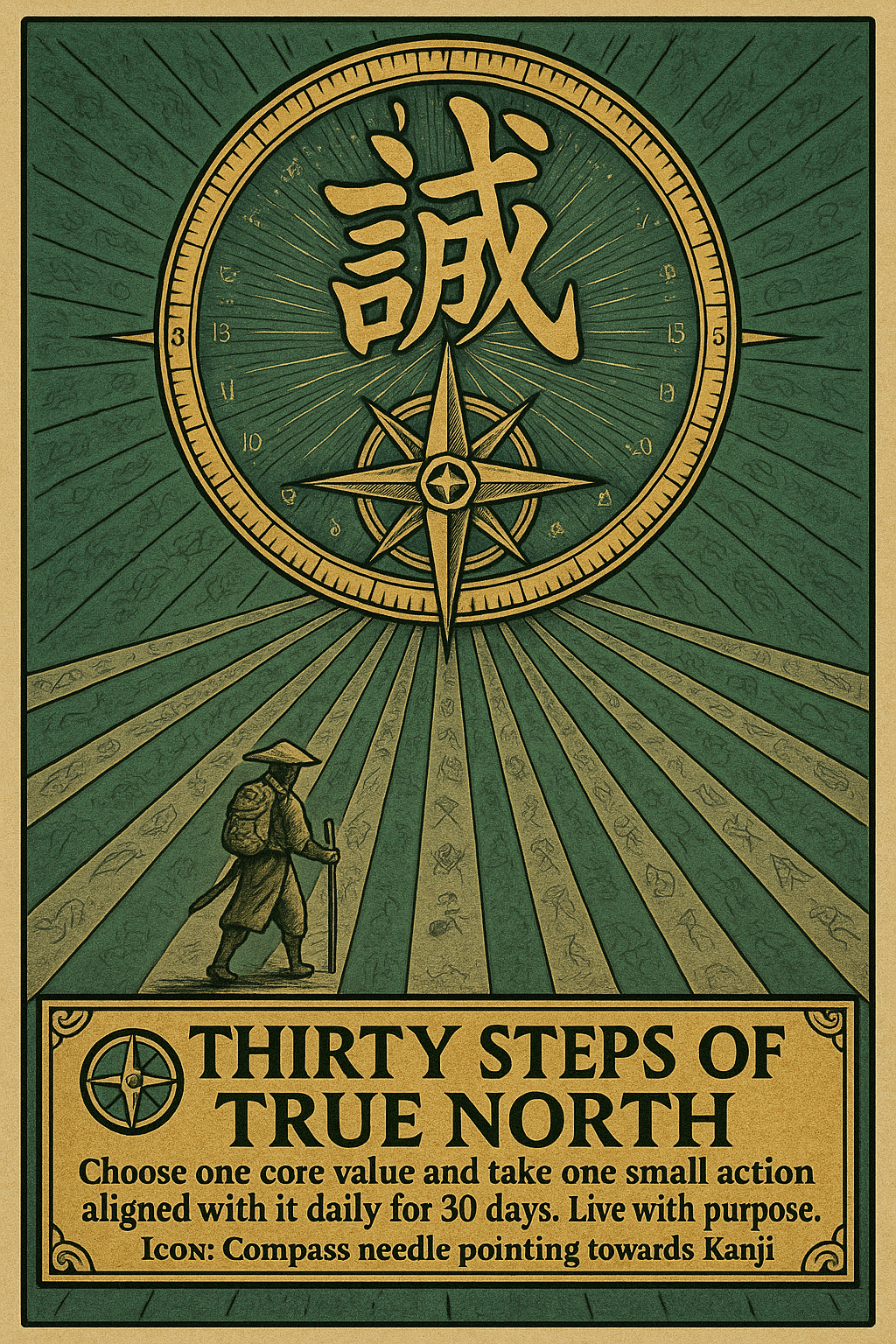
30-Day Core Value Action Focus
Choose one core value and take one small action aligned with it daily for 30 days. Live with purpose.
Why This Matters
Sustained action aligned with values builds a strong sense of meaning and integrity. This challenge fosters deepclarity on what matters and builds resilience rooted in purposeful living.
Key Takeaways for Your Journey
Embracing these practices offers powerful shifts in how you navigate life.
- Enhanced Self-Awareness: Gain a deeper understanding of your thoughts, emotions, and physical sensations in the moment.
- Improved Emotional Regulation: Learn to manage difficult feelings with greater skill and less reactivity.
- Greater Mental Clarity: Reduce mental clutter and sharpen your ability to focus on what matters.
- Increased Presence: Anchor yourself firmly in the current moment, reducing worry about the past or future.
- Stronger Relationships: Connect more authentically and communicate with greater empathy and intention.
- Cultivated Resilience: Build your innate capacity to adapt, recover, and grow stronger through adversity.
Begin your practice today, one mindful moment at a time.
